African american slavery Stock Photos and Images
(5,859)See african american slavery stock video clipsQuick filters:
African american slavery Stock Photos and Images
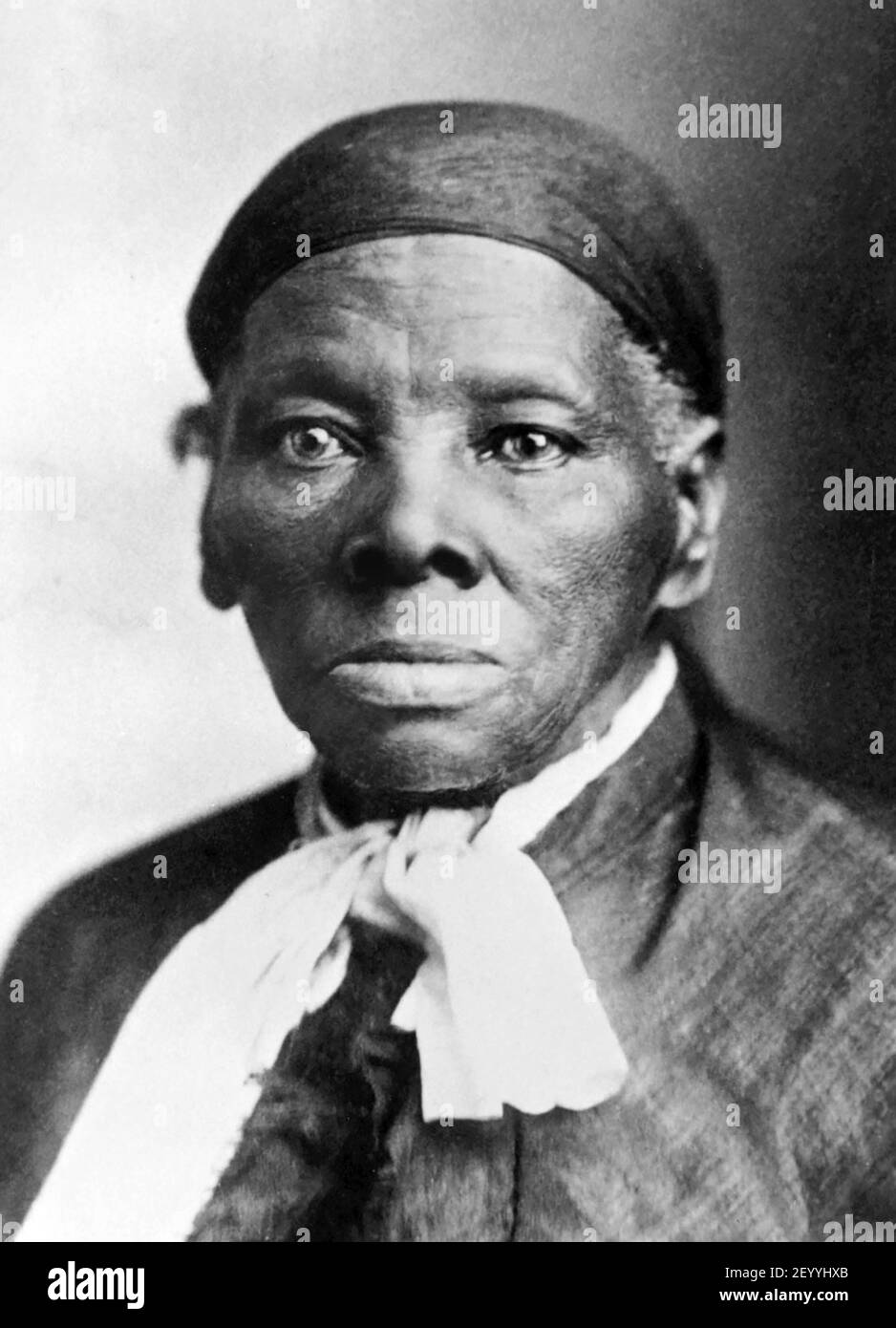 Harriet Tubman. Portrait of the American abolitionist and humanitarian, born into slavery as Araminta Ross ( c. 1820-1913), c. 1890-1900 Stock Photohttps://www.alamy.com/image-license-details/?v=1https://www.alamy.com/harriet-tubman-portrait-of-the-american-abolitionist-and-humanitarian-born-into-slavery-as-araminta-ross-c1820-1913-c-1890-1900-image413040947.html
Harriet Tubman. Portrait of the American abolitionist and humanitarian, born into slavery as Araminta Ross ( c. 1820-1913), c. 1890-1900 Stock Photohttps://www.alamy.com/image-license-details/?v=1https://www.alamy.com/harriet-tubman-portrait-of-the-american-abolitionist-and-humanitarian-born-into-slavery-as-araminta-ross-c1820-1913-c-1890-1900-image413040947.htmlRM2EYYHXB–Harriet Tubman. Portrait of the American abolitionist and humanitarian, born into slavery as Araminta Ross ( c. 1820-1913), c. 1890-1900
 Black African Male with Scar Tissue on his Back from Being Whipped 1863 Stock Photohttps://www.alamy.com/image-license-details/?v=1https://www.alamy.com/black-african-male-with-scar-tissue-on-his-back-from-being-whipped-image68544987.html
Black African Male with Scar Tissue on his Back from Being Whipped 1863 Stock Photohttps://www.alamy.com/image-license-details/?v=1https://www.alamy.com/black-african-male-with-scar-tissue-on-his-back-from-being-whipped-image68544987.htmlRMDYEDR7–Black African Male with Scar Tissue on his Back from Being Whipped 1863
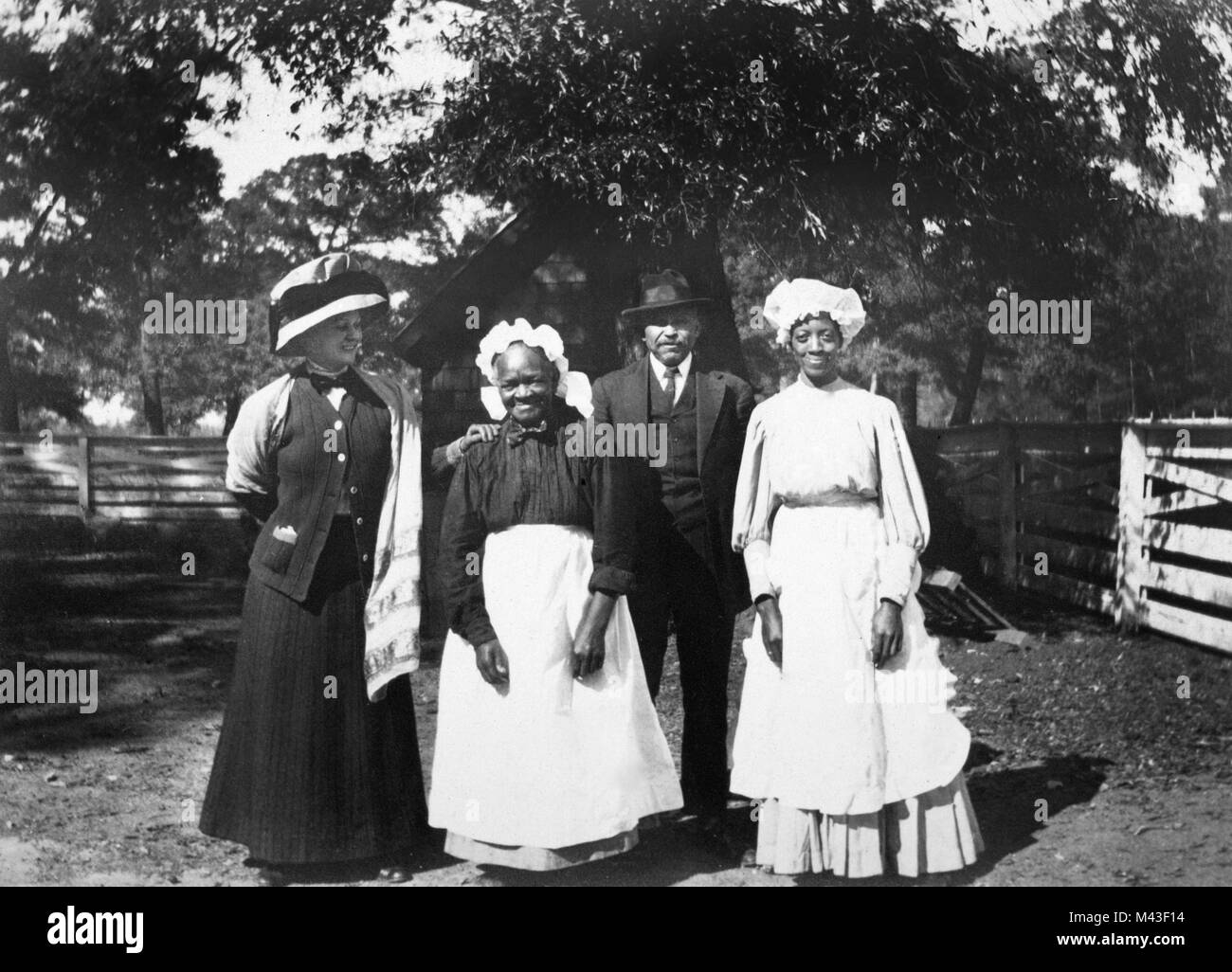 A plantation landowning woman stands with three African American workers on a sharing cropping cotton plantation in the American South, ca. 1910. Stock Photohttps://www.alamy.com/image-license-details/?v=1https://www.alamy.com/stock-photo-a-plantation-landowning-woman-stands-with-three-african-american-workers-174639952.html
A plantation landowning woman stands with three African American workers on a sharing cropping cotton plantation in the American South, ca. 1910. Stock Photohttps://www.alamy.com/image-license-details/?v=1https://www.alamy.com/stock-photo-a-plantation-landowning-woman-stands-with-three-african-american-workers-174639952.htmlRMM43F14–A plantation landowning woman stands with three African American workers on a sharing cropping cotton plantation in the American South, ca. 1910.
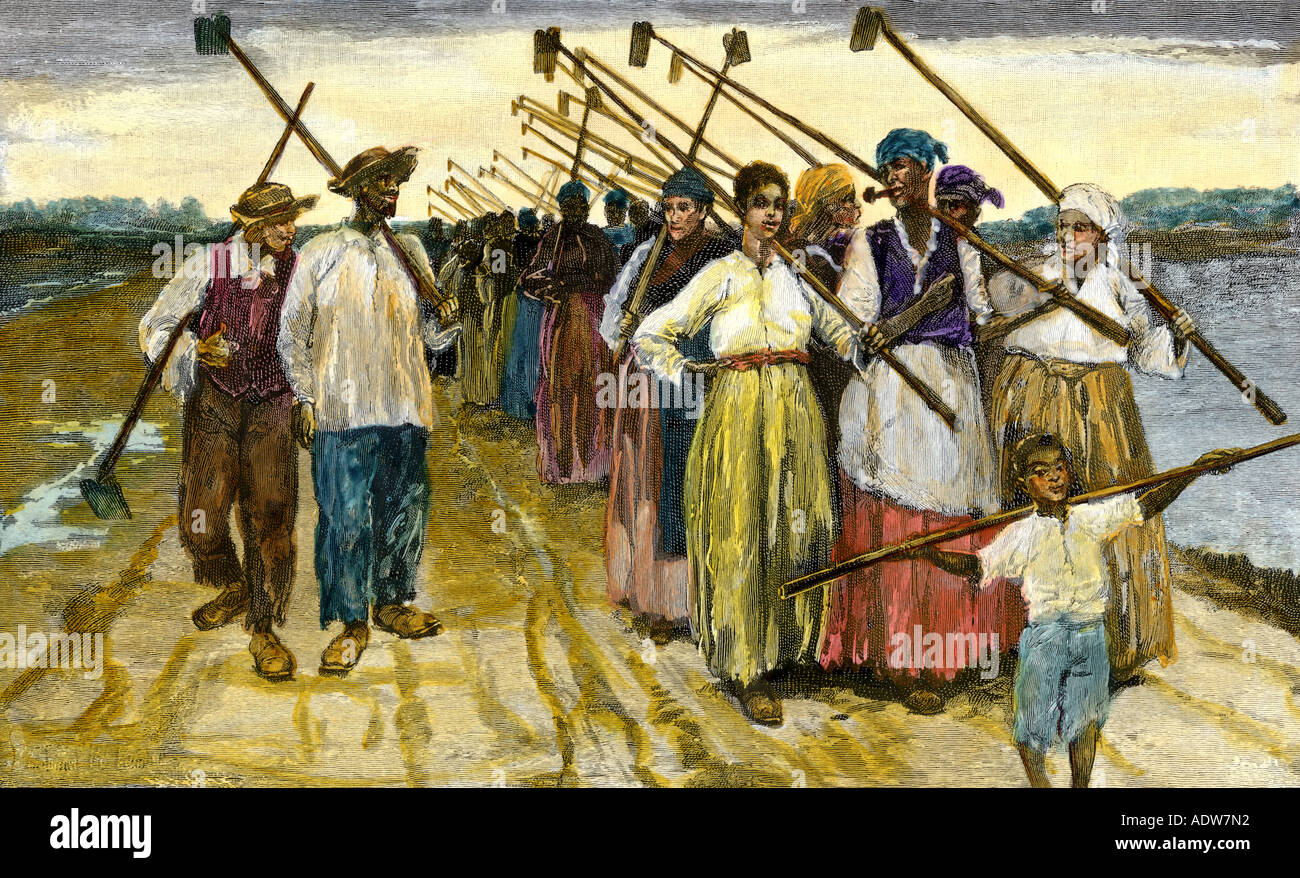 African American slaves returning from the fields at twilight on a sugar plantation 1800s. Hand-colored woodcut Stock Photohttps://www.alamy.com/image-license-details/?v=1https://www.alamy.com/african-american-slaves-returning-from-the-fields-at-twilight-on-a-image7712401.html
African American slaves returning from the fields at twilight on a sugar plantation 1800s. Hand-colored woodcut Stock Photohttps://www.alamy.com/image-license-details/?v=1https://www.alamy.com/african-american-slaves-returning-from-the-fields-at-twilight-on-a-image7712401.htmlRMADW7N2–African American slaves returning from the fields at twilight on a sugar plantation 1800s. Hand-colored woodcut
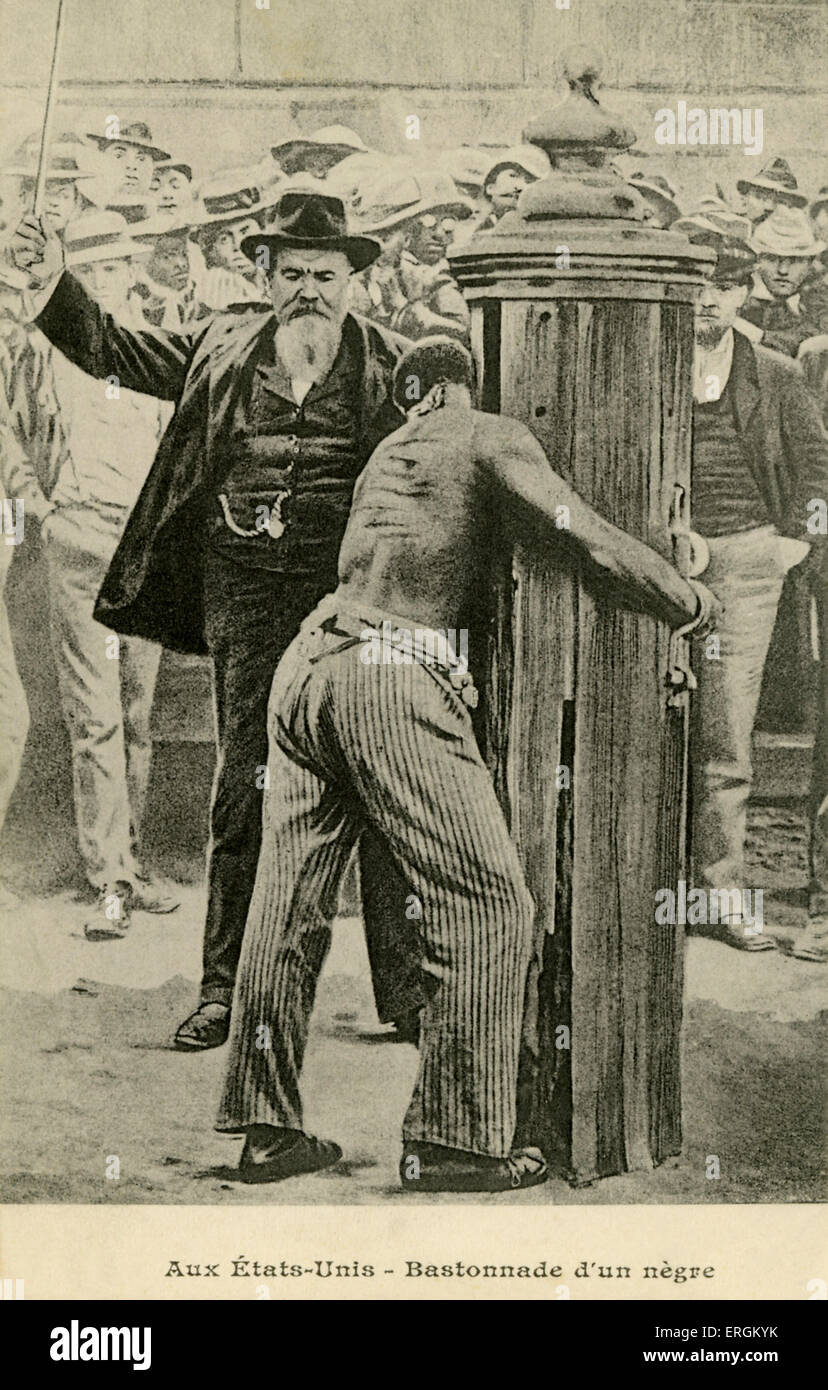 White American seen whipping an African-America c.late 19th century. Stock Photohttps://www.alamy.com/image-license-details/?v=1https://www.alamy.com/stock-photo-white-american-seen-whipping-an-african-america-clate-19th-century-83345463.html
White American seen whipping an African-America c.late 19th century. Stock Photohttps://www.alamy.com/image-license-details/?v=1https://www.alamy.com/stock-photo-white-american-seen-whipping-an-african-america-clate-19th-century-83345463.htmlRMERGKYK–White American seen whipping an African-America c.late 19th century.
 Black African Male with Scar Tissue on his Back from Being Whipped 1863 Stock Photohttps://www.alamy.com/image-license-details/?v=1https://www.alamy.com/black-african-male-with-scar-tissue-on-his-back-from-being-whipped-1863-image330679680.html
Black African Male with Scar Tissue on his Back from Being Whipped 1863 Stock Photohttps://www.alamy.com/image-license-details/?v=1https://www.alamy.com/black-african-male-with-scar-tissue-on-his-back-from-being-whipped-1863-image330679680.htmlRM2A5YN8G–Black African Male with Scar Tissue on his Back from Being Whipped 1863
 Vintage advertisement for Bradley's superphosphate of lime. The standard commercial fertilizer. Stock Photohttps://www.alamy.com/image-license-details/?v=1https://www.alamy.com/vintage-advertisement-for-bradleys-superphosphate-of-lime-the-standard-commercial-fertilizer-image552925847.html
Vintage advertisement for Bradley's superphosphate of lime. The standard commercial fertilizer. Stock Photohttps://www.alamy.com/image-license-details/?v=1https://www.alamy.com/vintage-advertisement-for-bradleys-superphosphate-of-lime-the-standard-commercial-fertilizer-image552925847.htmlRM2R3FXFK–Vintage advertisement for Bradley's superphosphate of lime. The standard commercial fertilizer.
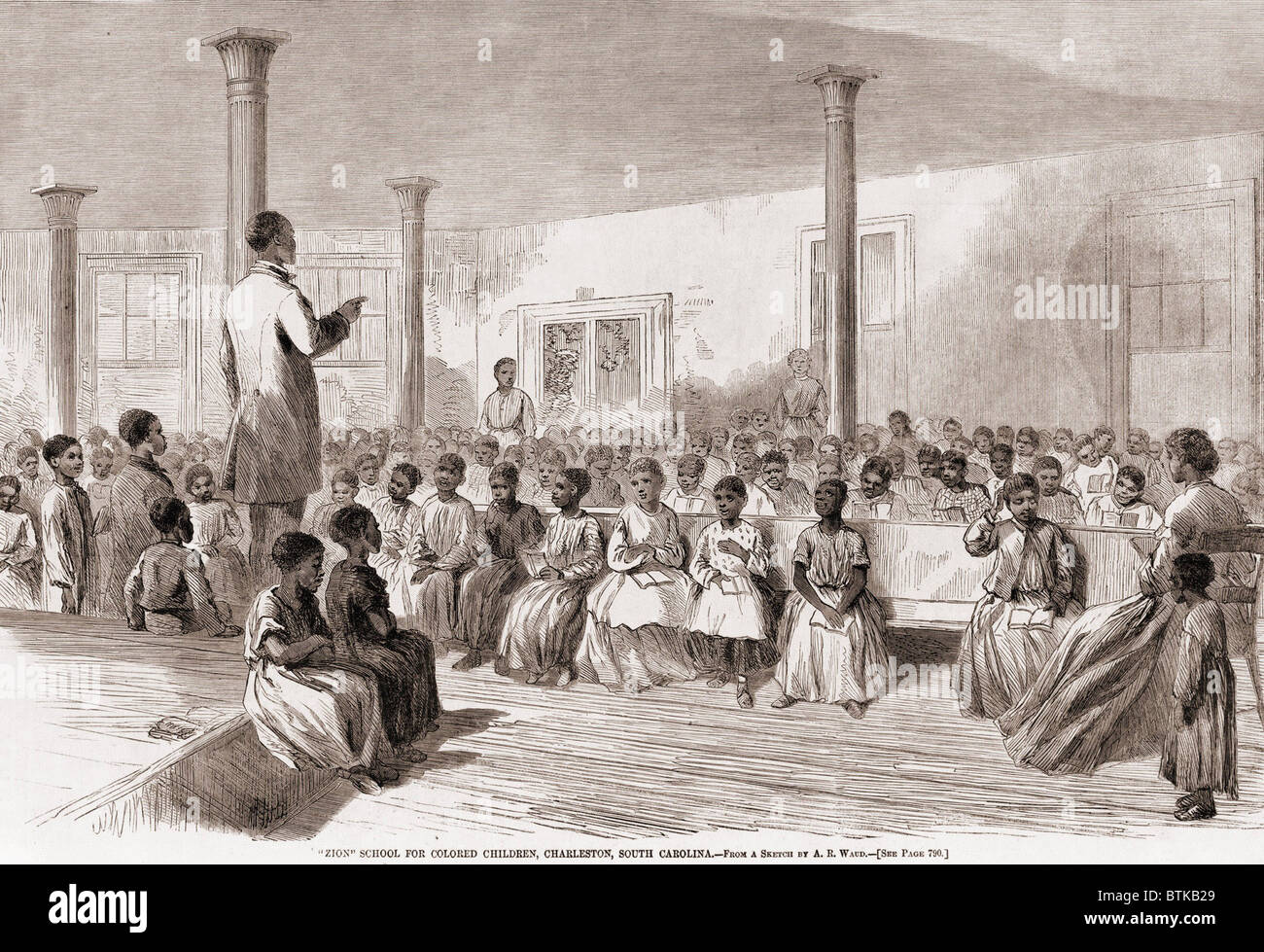 1866 classroom of 'Zion' school for African American children born into slavery children, Charleston, South Carolina in 1866. Prior to the Civil War, it was illegal to teach slaves to read. Stock Photohttps://www.alamy.com/image-license-details/?v=1https://www.alamy.com/stock-photo-1866-classroom-of-zion-school-for-african-american-children-born-into-32387889.html
1866 classroom of 'Zion' school for African American children born into slavery children, Charleston, South Carolina in 1866. Prior to the Civil War, it was illegal to teach slaves to read. Stock Photohttps://www.alamy.com/image-license-details/?v=1https://www.alamy.com/stock-photo-1866-classroom-of-zion-school-for-african-american-children-born-into-32387889.htmlRMBTKB29–1866 classroom of 'Zion' school for African American children born into slavery children, Charleston, South Carolina in 1866. Prior to the Civil War, it was illegal to teach slaves to read.
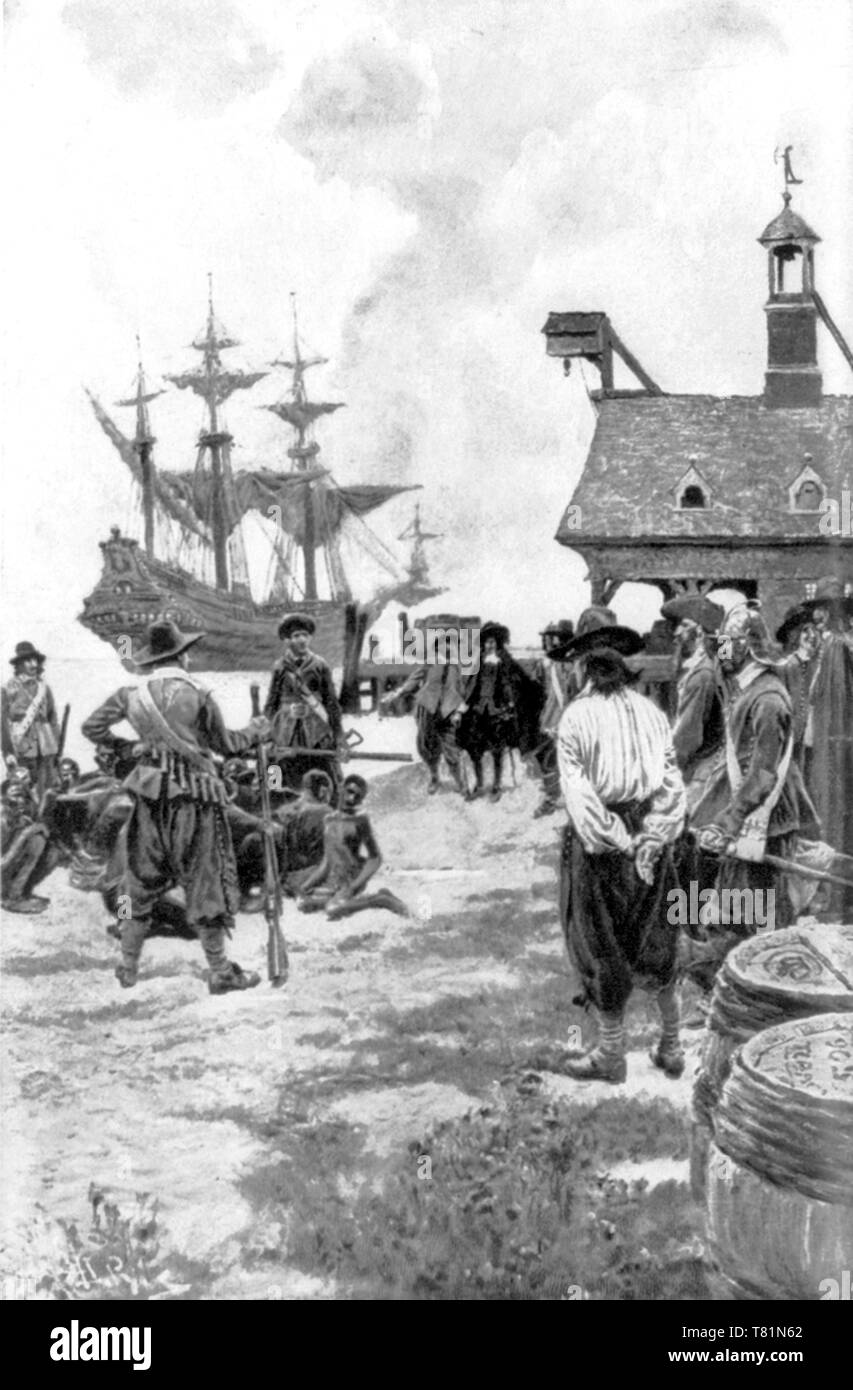 Slavery, Jamestown Colony, 1619 Stock Photohttps://www.alamy.com/image-license-details/?v=1https://www.alamy.com/slavery-jamestown-colony-1619-image245900986.html
Slavery, Jamestown Colony, 1619 Stock Photohttps://www.alamy.com/image-license-details/?v=1https://www.alamy.com/slavery-jamestown-colony-1619-image245900986.htmlRMT81N62–Slavery, Jamestown Colony, 1619
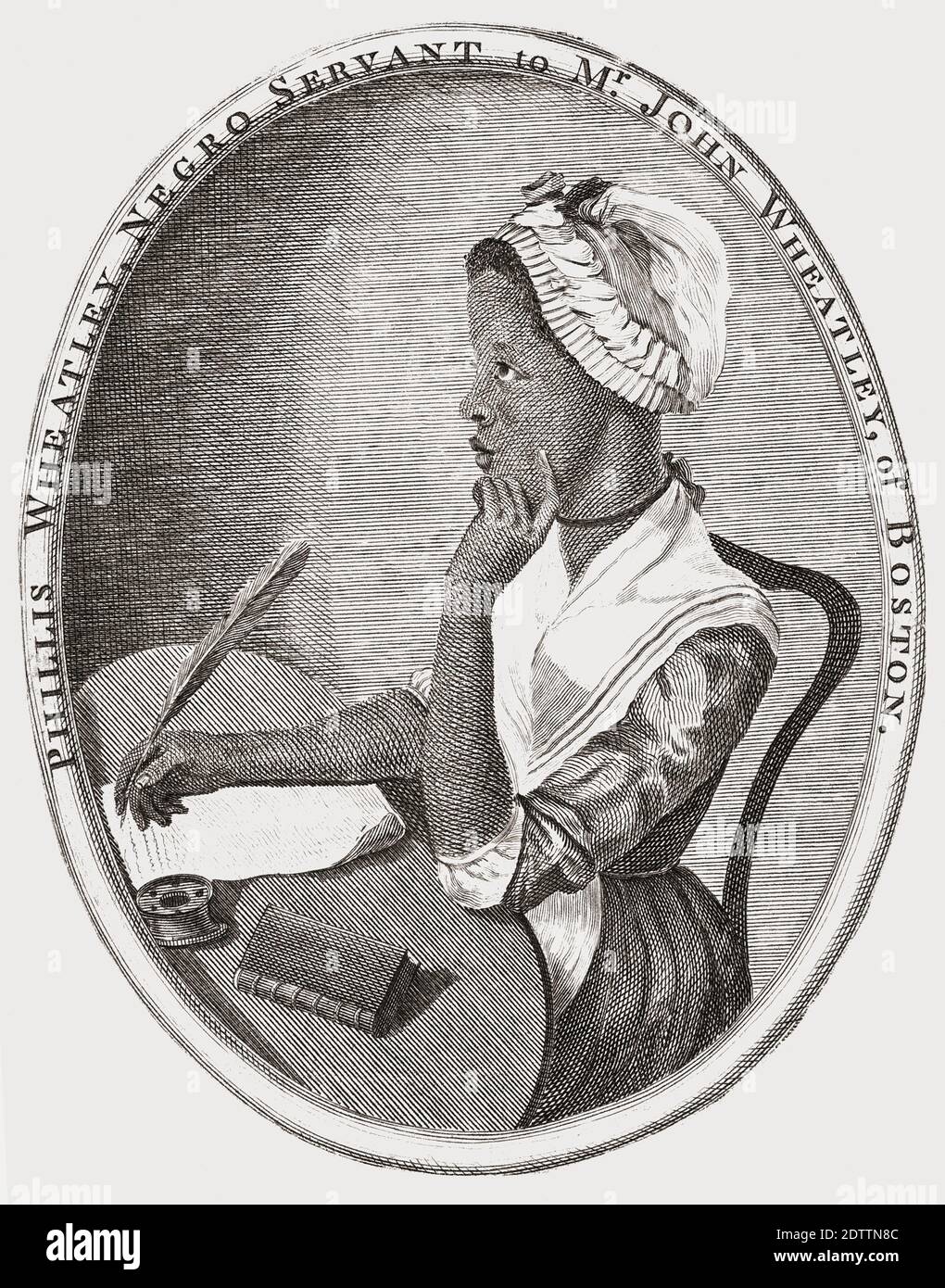 Phillis Wheatley, c. 1753 - 1784. She was West African born, sold into slavery before she was ten and transported to North America where she was bought by the Wheatley family in Boston who taught her to read and write. By 1773 she had written a book of poetry and became the first African-American author to have work published. Stock Photohttps://www.alamy.com/image-license-details/?v=1https://www.alamy.com/phillis-wheatley-c-1753-1784-she-was-west-african-born-sold-into-slavery-before-she-was-ten-and-transported-to-north-america-where-she-was-bought-by-the-wheatley-family-in-boston-who-taught-her-to-read-and-write-by-1773-she-had-written-a-book-of-poetry-and-became-the-first-african-american-author-to-have-work-published-image393923388.html
Phillis Wheatley, c. 1753 - 1784. She was West African born, sold into slavery before she was ten and transported to North America where she was bought by the Wheatley family in Boston who taught her to read and write. By 1773 she had written a book of poetry and became the first African-American author to have work published. Stock Photohttps://www.alamy.com/image-license-details/?v=1https://www.alamy.com/phillis-wheatley-c-1753-1784-she-was-west-african-born-sold-into-slavery-before-she-was-ten-and-transported-to-north-america-where-she-was-bought-by-the-wheatley-family-in-boston-who-taught-her-to-read-and-write-by-1773-she-had-written-a-book-of-poetry-and-became-the-first-african-american-author-to-have-work-published-image393923388.htmlRM2DTTN8C–Phillis Wheatley, c. 1753 - 1784. She was West African born, sold into slavery before she was ten and transported to North America where she was bought by the Wheatley family in Boston who taught her to read and write. By 1773 she had written a book of poetry and became the first African-American author to have work published.
 Historical marker describing the depots or warehouses used in the 1800's during the height of the slave trade in Montgomery, Alabama USA. Stock Photohttps://www.alamy.com/image-license-details/?v=1https://www.alamy.com/historical-marker-describing-the-depots-or-warehouses-used-in-the-1800s-during-the-height-of-the-slave-trade-in-montgomery-alabama-usa-image235374331.html
Historical marker describing the depots or warehouses used in the 1800's during the height of the slave trade in Montgomery, Alabama USA. Stock Photohttps://www.alamy.com/image-license-details/?v=1https://www.alamy.com/historical-marker-describing-the-depots-or-warehouses-used-in-the-1800s-during-the-height-of-the-slave-trade-in-montgomery-alabama-usa-image235374331.htmlRMRJX6A3–Historical marker describing the depots or warehouses used in the 1800's during the height of the slave trade in Montgomery, Alabama USA.
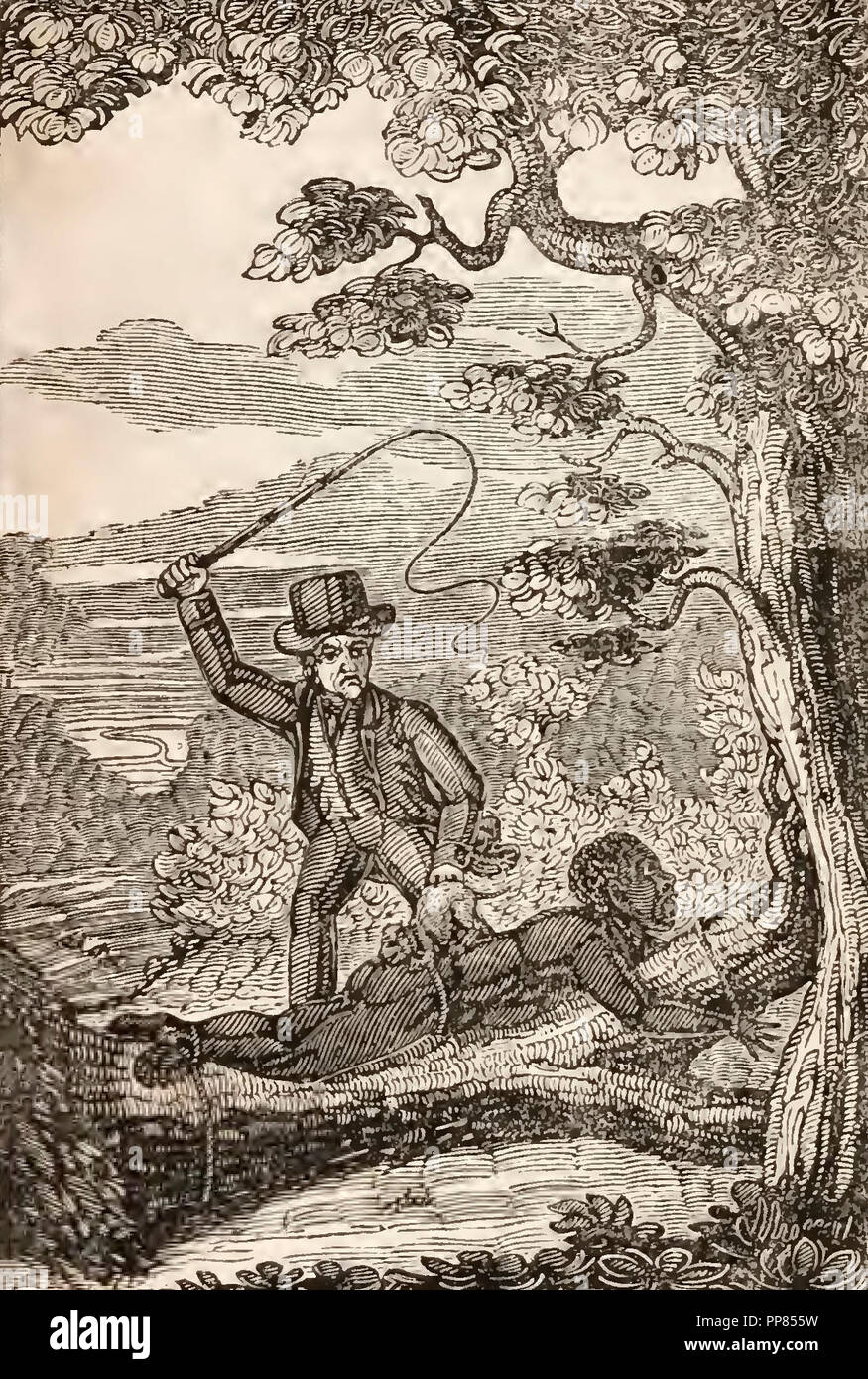 Torturing American Citizens - a man whipping an African American man tied to a fallen tree in the Antebellum American South Stock Photohttps://www.alamy.com/image-license-details/?v=1https://www.alamy.com/torturing-american-citizens-a-man-whipping-an-african-american-man-tied-to-a-fallen-tree-in-the-antebellum-american-south-image220226549.html
Torturing American Citizens - a man whipping an African American man tied to a fallen tree in the Antebellum American South Stock Photohttps://www.alamy.com/image-license-details/?v=1https://www.alamy.com/torturing-american-citizens-a-man-whipping-an-african-american-man-tied-to-a-fallen-tree-in-the-antebellum-american-south-image220226549.htmlRMPP855W–Torturing American Citizens - a man whipping an African American man tied to a fallen tree in the Antebellum American South
 The National Memorial for Peace and Justice or National Lynching Memorial, Montgomery, Alabama, USA Stock Photohttps://www.alamy.com/image-license-details/?v=1https://www.alamy.com/the-national-memorial-for-peace-and-justice-or-national-lynching-memorial-montgomery-alabama-usa-image185721433.html
The National Memorial for Peace and Justice or National Lynching Memorial, Montgomery, Alabama, USA Stock Photohttps://www.alamy.com/image-license-details/?v=1https://www.alamy.com/the-national-memorial-for-peace-and-justice-or-national-lynching-memorial-montgomery-alabama-usa-image185721433.htmlRMMP49G9–The National Memorial for Peace and Justice or National Lynching Memorial, Montgomery, Alabama, USA
 UK England Lancashire,Liverpool,International Slavery Museum,wood carving,African slave breaking free,late 18th century American,UK071009067 Stock Photohttps://www.alamy.com/image-license-details/?v=1https://www.alamy.com/stock-photo-uk-england-lancashireliverpoolinternational-slavery-museumwood-carvingafrican-14845284.html
UK England Lancashire,Liverpool,International Slavery Museum,wood carving,African slave breaking free,late 18th century American,UK071009067 Stock Photohttps://www.alamy.com/image-license-details/?v=1https://www.alamy.com/stock-photo-uk-england-lancashireliverpoolinternational-slavery-museumwood-carvingafrican-14845284.htmlRMAK0H1W–UK England Lancashire,Liverpool,International Slavery Museum,wood carving,African slave breaking free,late 18th century American,UK071009067
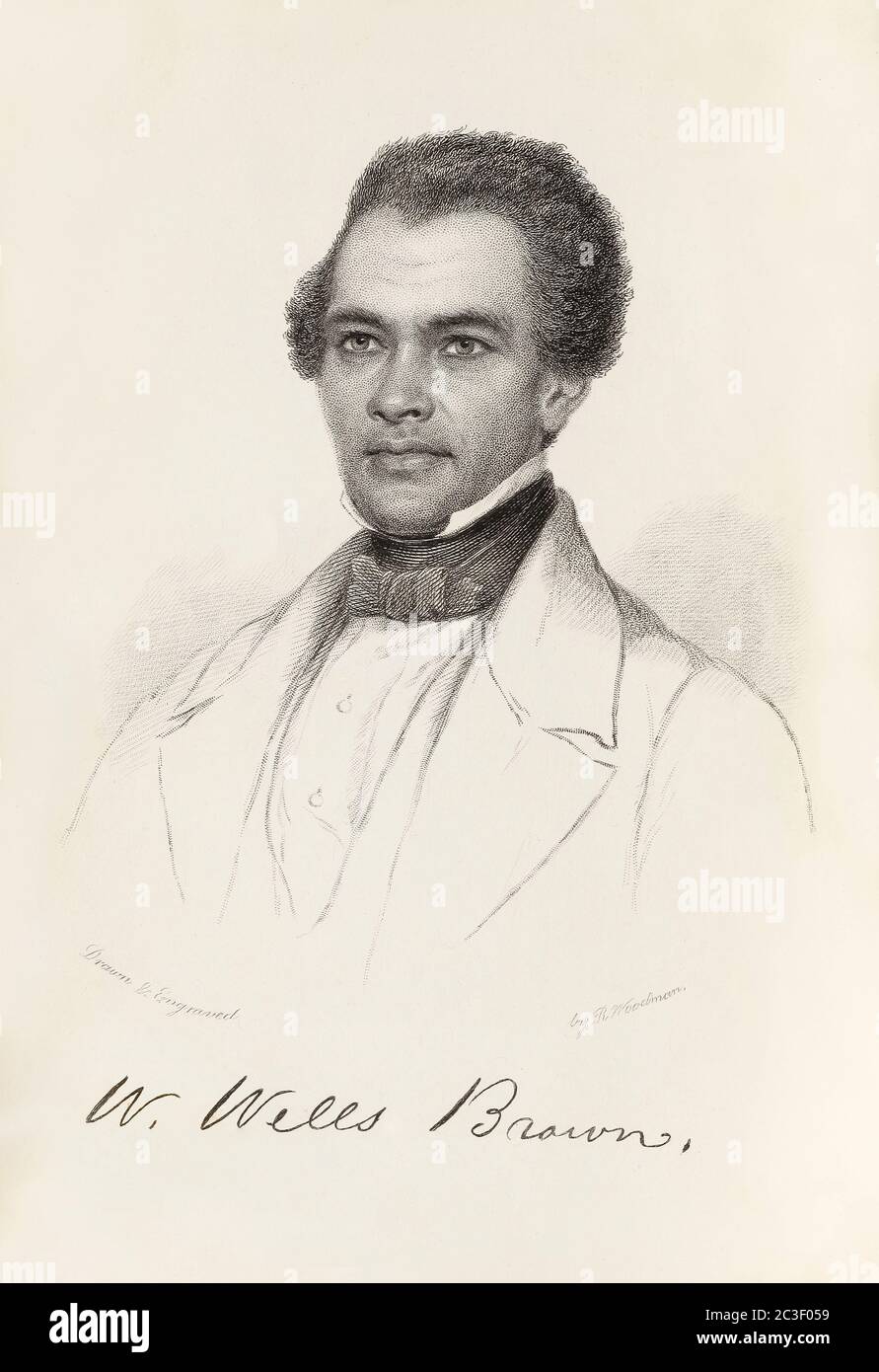 William Wells Brown (c.1814-1884) African-American abolitionist who was born into slavery before escaping, educating himself and writing a bestselling narrative of his life. He later became an accomplished playwright and novelist. Stock Photohttps://www.alamy.com/image-license-details/?v=1https://www.alamy.com/william-wells-brown-c1814-1884-african-american-abolitionist-who-was-born-into-slavery-before-escaping-educating-himself-and-writing-a-bestselling-narrative-of-his-life-he-later-became-an-accomplished-playwright-and-novelist-image363591125.html
William Wells Brown (c.1814-1884) African-American abolitionist who was born into slavery before escaping, educating himself and writing a bestselling narrative of his life. He later became an accomplished playwright and novelist. Stock Photohttps://www.alamy.com/image-license-details/?v=1https://www.alamy.com/william-wells-brown-c1814-1884-african-american-abolitionist-who-was-born-into-slavery-before-escaping-educating-himself-and-writing-a-bestselling-narrative-of-his-life-he-later-became-an-accomplished-playwright-and-novelist-image363591125.htmlRM2C3F059–William Wells Brown (c.1814-1884) African-American abolitionist who was born into slavery before escaping, educating himself and writing a bestselling narrative of his life. He later became an accomplished playwright and novelist.
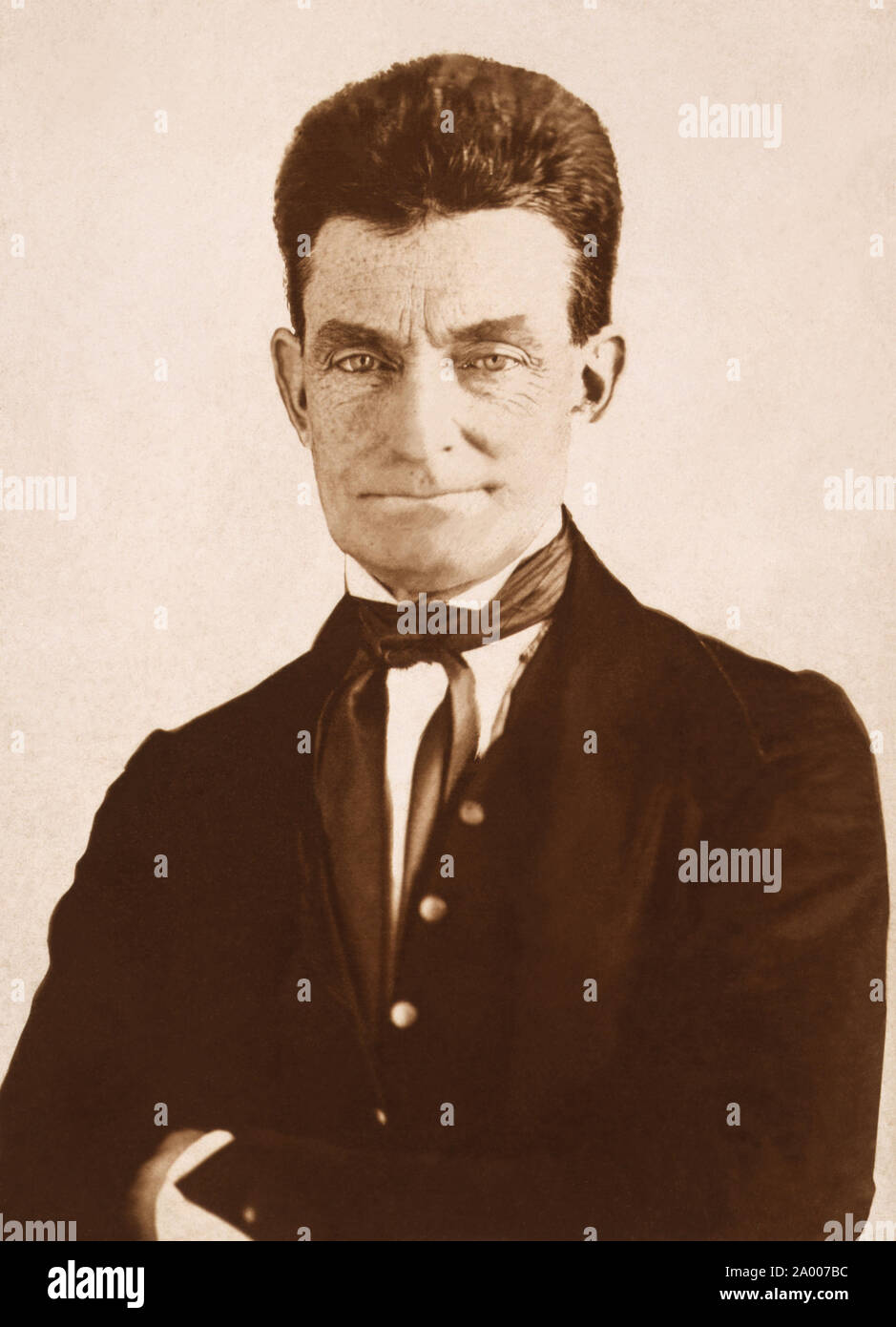 John Brown (1800-1859), American abolitionist who advocated the use of armed insurrection to overthrow the institution of slavery in the United States, from an 1846 or 1847 daguerreotype by African-American photographer Augustus Washington which was later reprinted as a cabinet card by Levin C. Handy. Stock Photohttps://www.alamy.com/image-license-details/?v=1https://www.alamy.com/john-brown-1800-1859-american-abolitionist-who-advocated-the-use-of-armed-insurrection-to-overthrow-the-institution-of-slavery-in-the-united-states-from-an-1846-or-1847-daguerreotype-by-african-american-photographer-augustus-washington-which-was-later-reprinted-as-a-cabinet-card-by-levin-c-handy-image327002800.html
John Brown (1800-1859), American abolitionist who advocated the use of armed insurrection to overthrow the institution of slavery in the United States, from an 1846 or 1847 daguerreotype by African-American photographer Augustus Washington which was later reprinted as a cabinet card by Levin C. Handy. Stock Photohttps://www.alamy.com/image-license-details/?v=1https://www.alamy.com/john-brown-1800-1859-american-abolitionist-who-advocated-the-use-of-armed-insurrection-to-overthrow-the-institution-of-slavery-in-the-united-states-from-an-1846-or-1847-daguerreotype-by-african-american-photographer-augustus-washington-which-was-later-reprinted-as-a-cabinet-card-by-levin-c-handy-image327002800.htmlRM2A007BC–John Brown (1800-1859), American abolitionist who advocated the use of armed insurrection to overthrow the institution of slavery in the United States, from an 1846 or 1847 daguerreotype by African-American photographer Augustus Washington which was later reprinted as a cabinet card by Levin C. Handy.
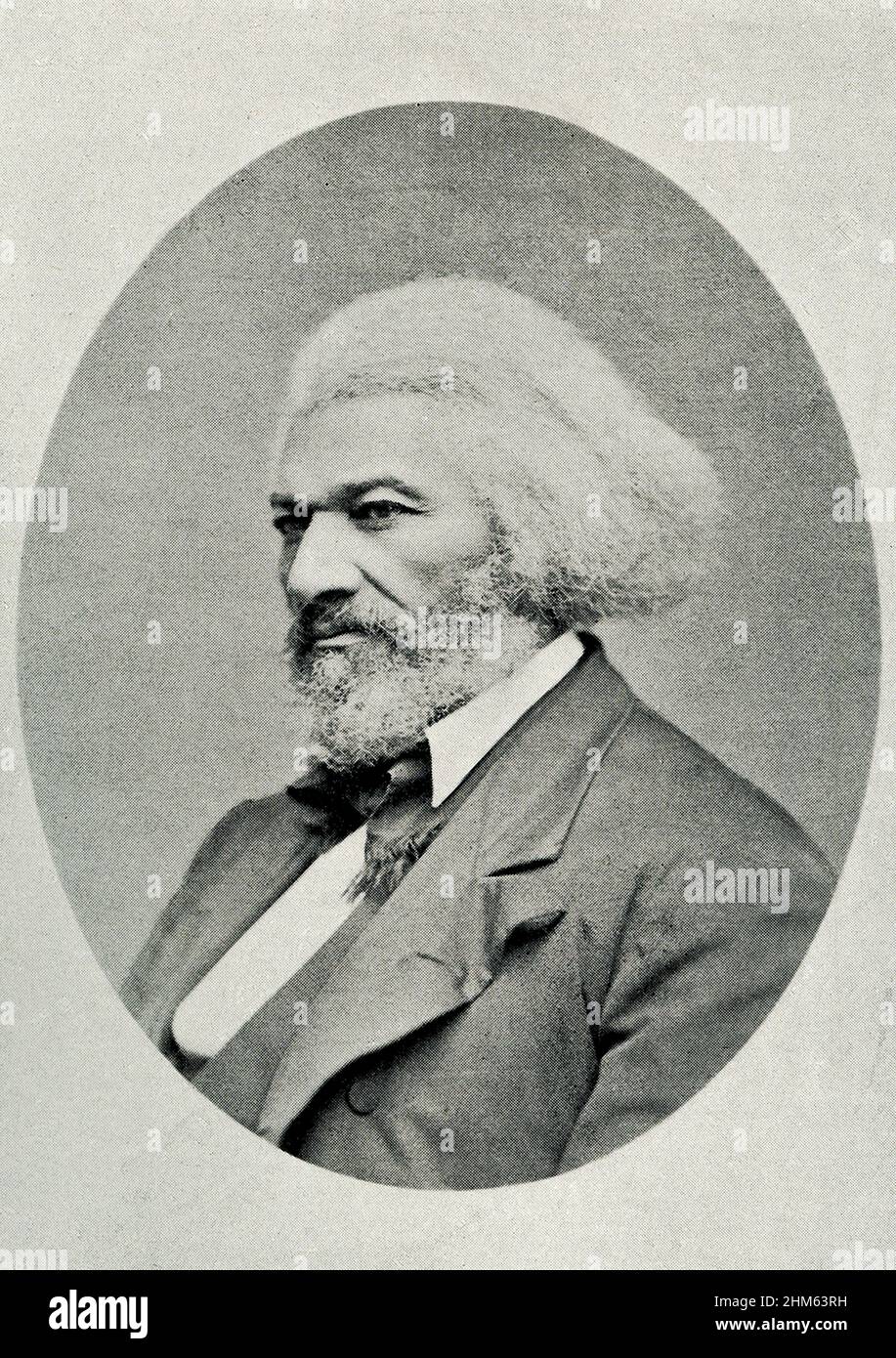 Frederick Douglass (died 1895) was an African-American social reformer, abolitionist, orator, writer, and statesman. After escaping from slavery in Maryland, he became a national leader of the abolitionist movement in Massachusetts and New York, becoming famous for his oratory and incisive antislavery writings. Stock Photohttps://www.alamy.com/image-license-details/?v=1https://www.alamy.com/frederick-douglass-died-1895-was-an-african-american-social-reformer-abolitionist-orator-writer-and-statesman-after-escaping-from-slavery-in-maryland-he-became-a-national-leader-of-the-abolitionist-movement-in-massachusetts-and-new-york-becoming-famous-for-his-oratory-and-incisive-antislavery-writings-image459897413.html
Frederick Douglass (died 1895) was an African-American social reformer, abolitionist, orator, writer, and statesman. After escaping from slavery in Maryland, he became a national leader of the abolitionist movement in Massachusetts and New York, becoming famous for his oratory and incisive antislavery writings. Stock Photohttps://www.alamy.com/image-license-details/?v=1https://www.alamy.com/frederick-douglass-died-1895-was-an-african-american-social-reformer-abolitionist-orator-writer-and-statesman-after-escaping-from-slavery-in-maryland-he-became-a-national-leader-of-the-abolitionist-movement-in-massachusetts-and-new-york-becoming-famous-for-his-oratory-and-incisive-antislavery-writings-image459897413.htmlRF2HM63RH–Frederick Douglass (died 1895) was an African-American social reformer, abolitionist, orator, writer, and statesman. After escaping from slavery in Maryland, he became a national leader of the abolitionist movement in Massachusetts and New York, becoming famous for his oratory and incisive antislavery writings.
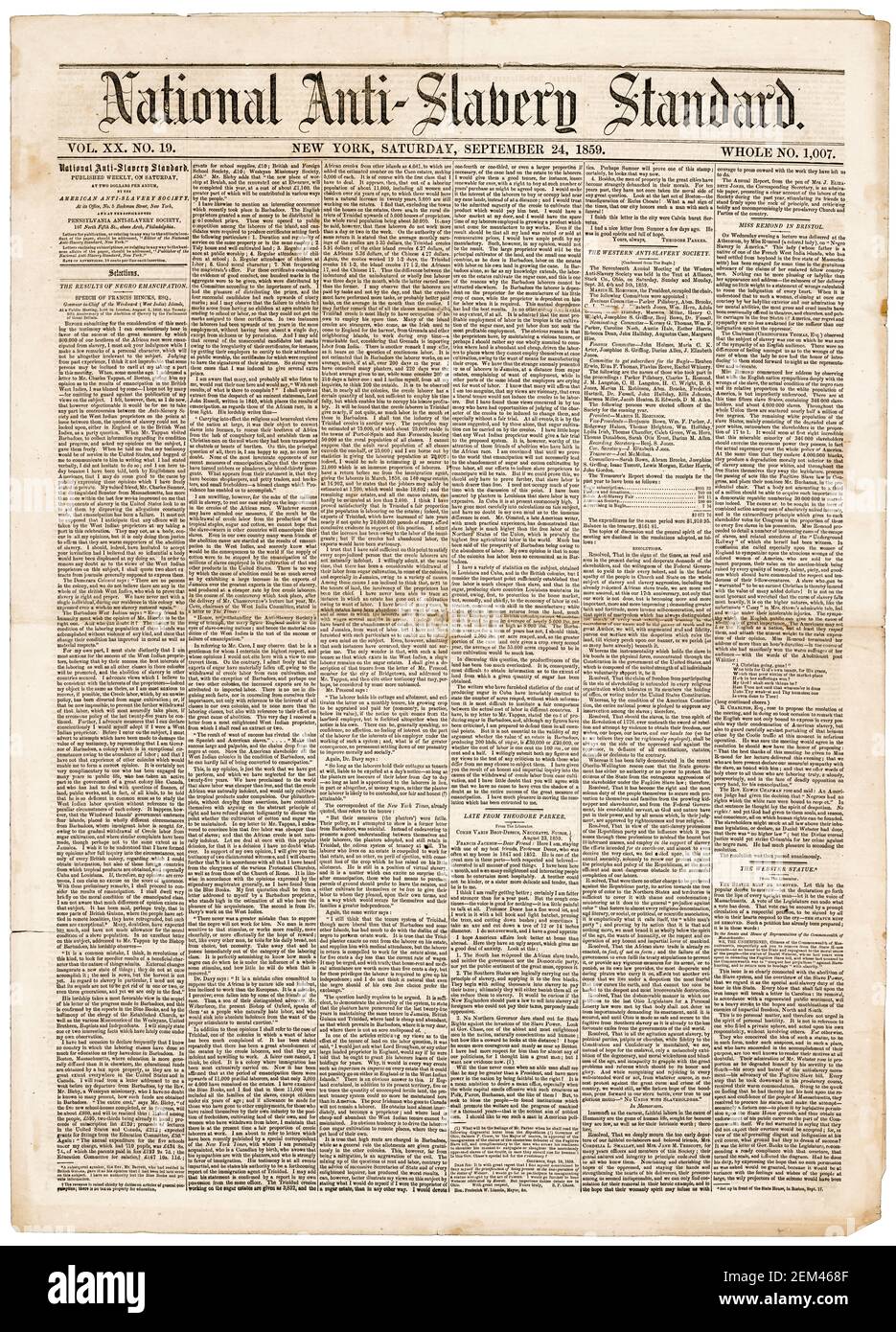 National Anti-Slavery Standard, newspaper, (Volume 20 - Number 19), printed by the American Anti-Slavery Society, 1859 Stock Photohttps://www.alamy.com/image-license-details/?v=1https://www.alamy.com/national-anti-slavery-standard-newspaper-volume-20-number-19-printed-by-the-american-anti-slavery-society-1859-image408224335.html
National Anti-Slavery Standard, newspaper, (Volume 20 - Number 19), printed by the American Anti-Slavery Society, 1859 Stock Photohttps://www.alamy.com/image-license-details/?v=1https://www.alamy.com/national-anti-slavery-standard-newspaper-volume-20-number-19-printed-by-the-american-anti-slavery-society-1859-image408224335.htmlRM2EM468F–National Anti-Slavery Standard, newspaper, (Volume 20 - Number 19), printed by the American Anti-Slavery Society, 1859
 Hundreds gathered at Town Field Park in the Dorchester neighborhood of Boston Massachusetts on June 19th (Juneteenth). 2020 Stock Photohttps://www.alamy.com/image-license-details/?v=1https://www.alamy.com/hundreds-gathered-at-town-field-park-in-the-dorchester-neighborhood-of-boston-massachusetts-on-june-19th-juneteenth-2020-image364244949.html
Hundreds gathered at Town Field Park in the Dorchester neighborhood of Boston Massachusetts on June 19th (Juneteenth). 2020 Stock Photohttps://www.alamy.com/image-license-details/?v=1https://www.alamy.com/hundreds-gathered-at-town-field-park-in-the-dorchester-neighborhood-of-boston-massachusetts-on-june-19th-juneteenth-2020-image364244949.htmlRM2C4GP45–Hundreds gathered at Town Field Park in the Dorchester neighborhood of Boston Massachusetts on June 19th (Juneteenth). 2020
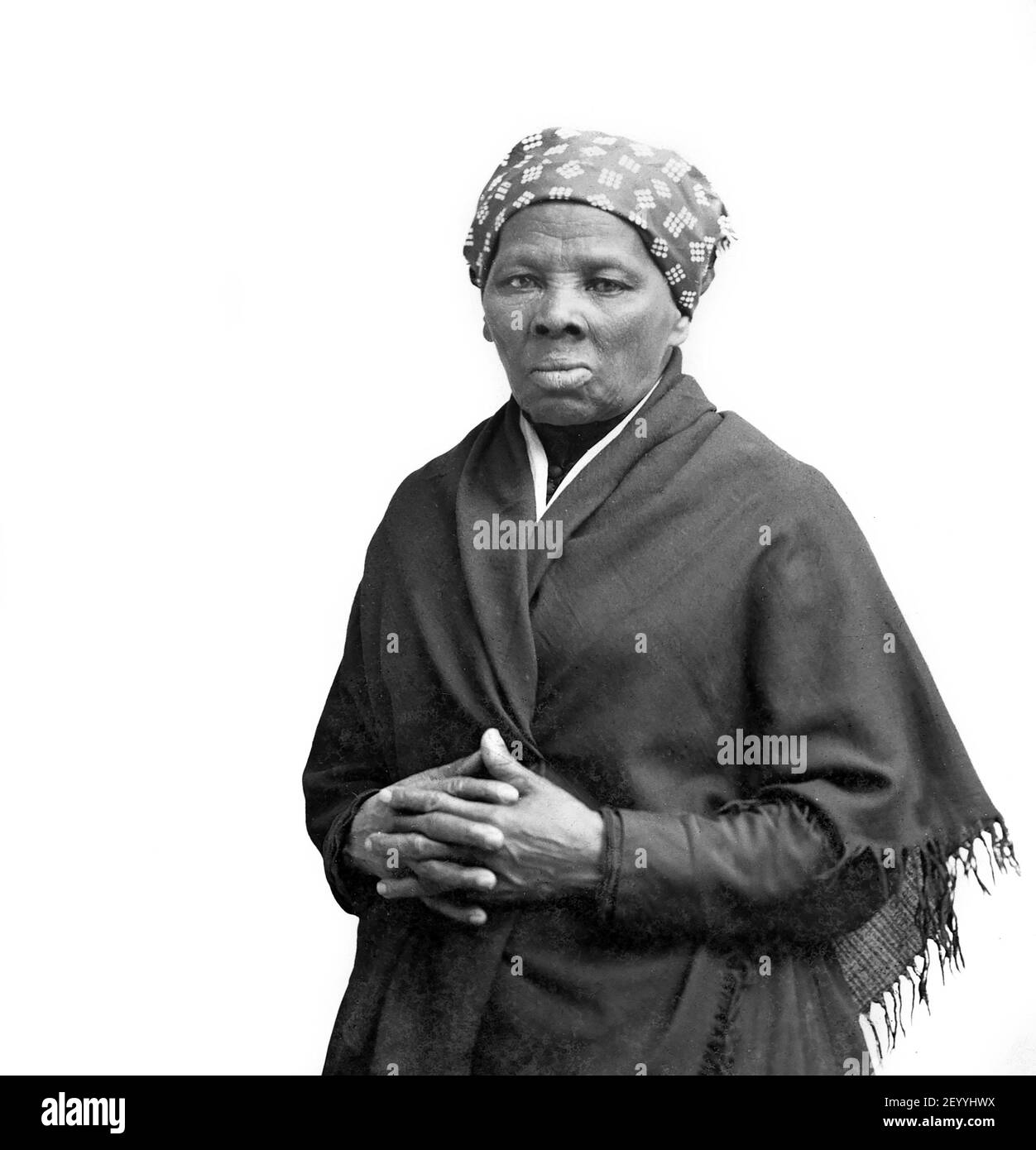 Harriet Tubman. Portrait of the American abolitionist and humanitarian, born into slavery as Araminta Ross ( c. 1820-1913), by H. Seymour Squyer, c.1885 Stock Photohttps://www.alamy.com/image-license-details/?v=1https://www.alamy.com/harriet-tubman-portrait-of-the-american-abolitionist-and-humanitarian-born-into-slavery-as-araminta-ross-c1820-1913-by-h-seymour-squyer-c1885-image413040934.html
Harriet Tubman. Portrait of the American abolitionist and humanitarian, born into slavery as Araminta Ross ( c. 1820-1913), by H. Seymour Squyer, c.1885 Stock Photohttps://www.alamy.com/image-license-details/?v=1https://www.alamy.com/harriet-tubman-portrait-of-the-american-abolitionist-and-humanitarian-born-into-slavery-as-araminta-ross-c1820-1913-by-h-seymour-squyer-c1885-image413040934.htmlRM2EYYHWX–Harriet Tubman. Portrait of the American abolitionist and humanitarian, born into slavery as Araminta Ross ( c. 1820-1913), by H. Seymour Squyer, c.1885
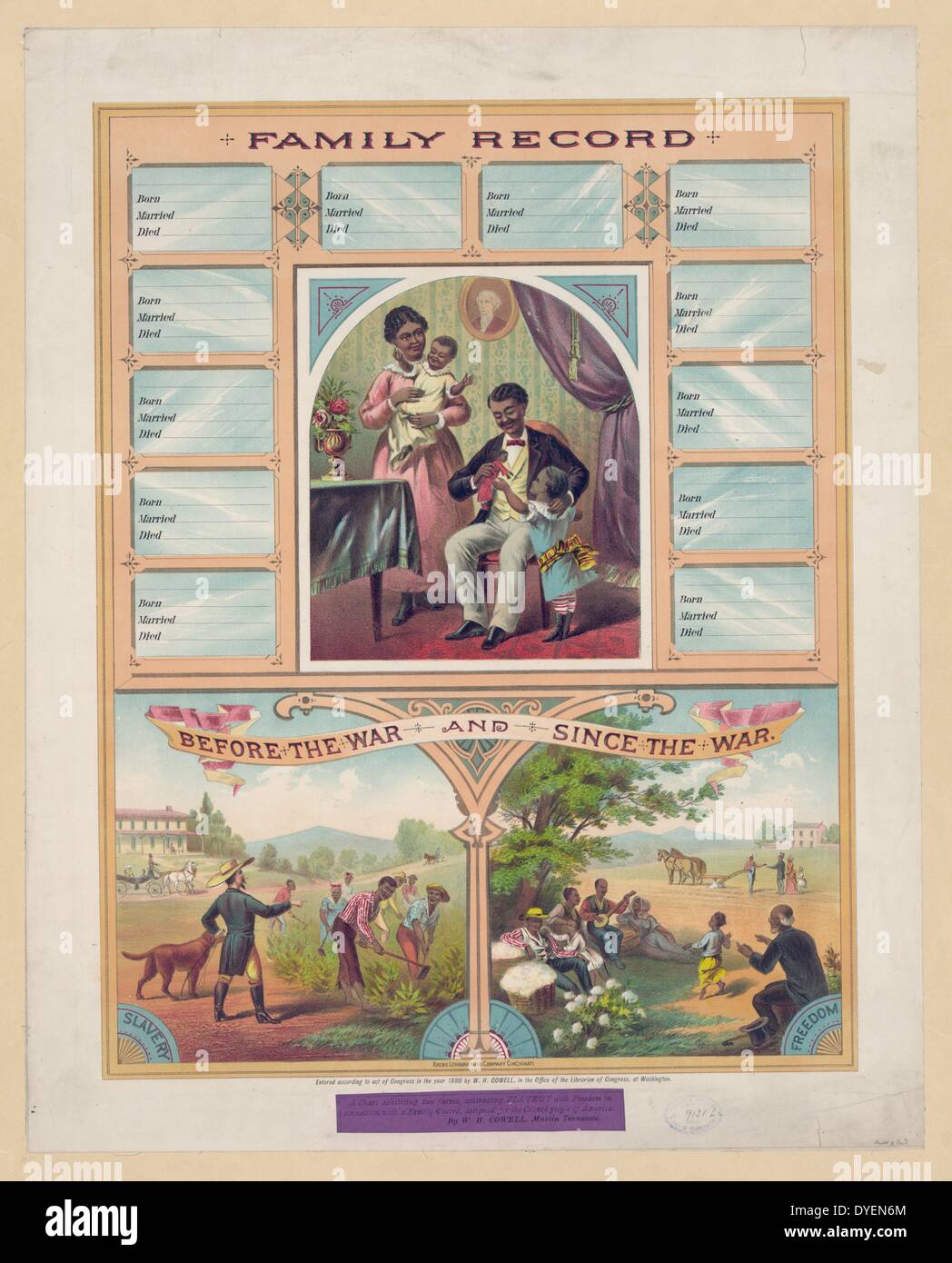 Family record. Before the war and since the American Civil war. Published 1880. chromolithograph chart exhibiting two farms, contrasting slavery with freedom in connection with a family record. Stock Photohttps://www.alamy.com/image-license-details/?v=1https://www.alamy.com/family-record-before-the-war-and-since-the-american-civil-war-published-image68550796.html
Family record. Before the war and since the American Civil war. Published 1880. chromolithograph chart exhibiting two farms, contrasting slavery with freedom in connection with a family record. Stock Photohttps://www.alamy.com/image-license-details/?v=1https://www.alamy.com/family-record-before-the-war-and-since-the-american-civil-war-published-image68550796.htmlRMDYEN6M–Family record. Before the war and since the American Civil war. Published 1880. chromolithograph chart exhibiting two farms, contrasting slavery with freedom in connection with a family record.
 Historic marker Portsmouth New Hampshire Stock Photohttps://www.alamy.com/image-license-details/?v=1https://www.alamy.com/historic-marker-portsmouth-new-hampshire-image328208156.html
Historic marker Portsmouth New Hampshire Stock Photohttps://www.alamy.com/image-license-details/?v=1https://www.alamy.com/historic-marker-portsmouth-new-hampshire-image328208156.htmlRM2A1Y4RT–Historic marker Portsmouth New Hampshire
 African American slaves carrying cotton picked from the fields 1800s. Hand-colored woodcut Stock Photohttps://www.alamy.com/image-license-details/?v=1https://www.alamy.com/african-american-slaves-carrying-cotton-picked-from-the-fields-1800s-image6907290.html
African American slaves carrying cotton picked from the fields 1800s. Hand-colored woodcut Stock Photohttps://www.alamy.com/image-license-details/?v=1https://www.alamy.com/african-american-slaves-carrying-cotton-picked-from-the-fields-1800s-image6907290.htmlRMA8FEHB–African American slaves carrying cotton picked from the fields 1800s. Hand-colored woodcut
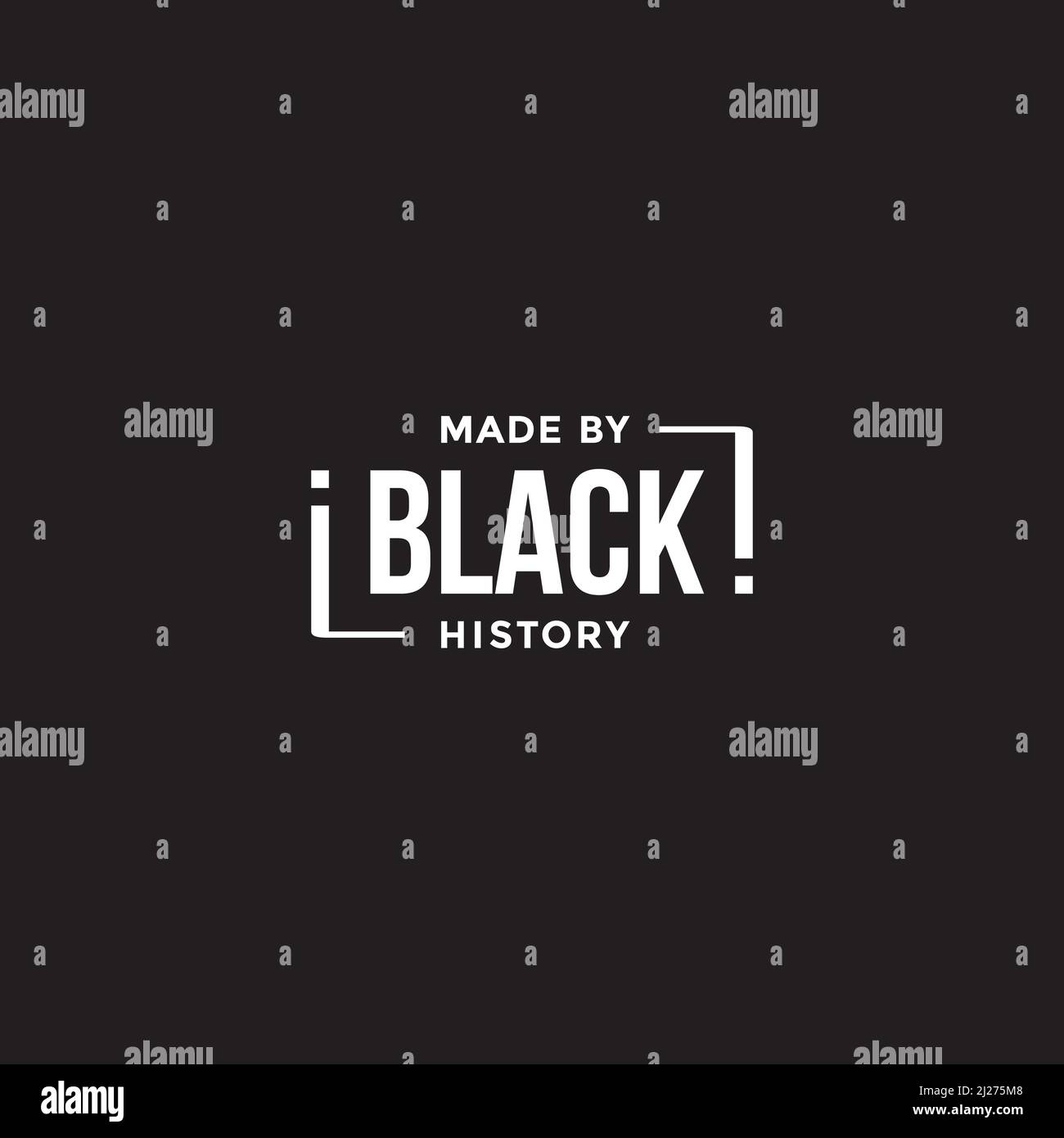 Made by Black History wordmark design Stock Vectorhttps://www.alamy.com/image-license-details/?v=1https://www.alamy.com/made-by-black-history-wordmark-design-image466067400.html
Made by Black History wordmark design Stock Vectorhttps://www.alamy.com/image-license-details/?v=1https://www.alamy.com/made-by-black-history-wordmark-design-image466067400.htmlRF2J275M8–Made by Black History wordmark design
 Afro-American Monument Published 1897. Composite of thirteen scenes pertaining to Afro-American history. Stock Photohttps://www.alamy.com/image-license-details/?v=1https://www.alamy.com/afro-american-monument-published-1897-composite-of-thirteen-scenes-pertaining-to-afro-american-history-image330688883.html
Afro-American Monument Published 1897. Composite of thirteen scenes pertaining to Afro-American history. Stock Photohttps://www.alamy.com/image-license-details/?v=1https://www.alamy.com/afro-american-monument-published-1897-composite-of-thirteen-scenes-pertaining-to-afro-american-history-image330688883.htmlRM2A60517–Afro-American Monument Published 1897. Composite of thirteen scenes pertaining to Afro-American history.
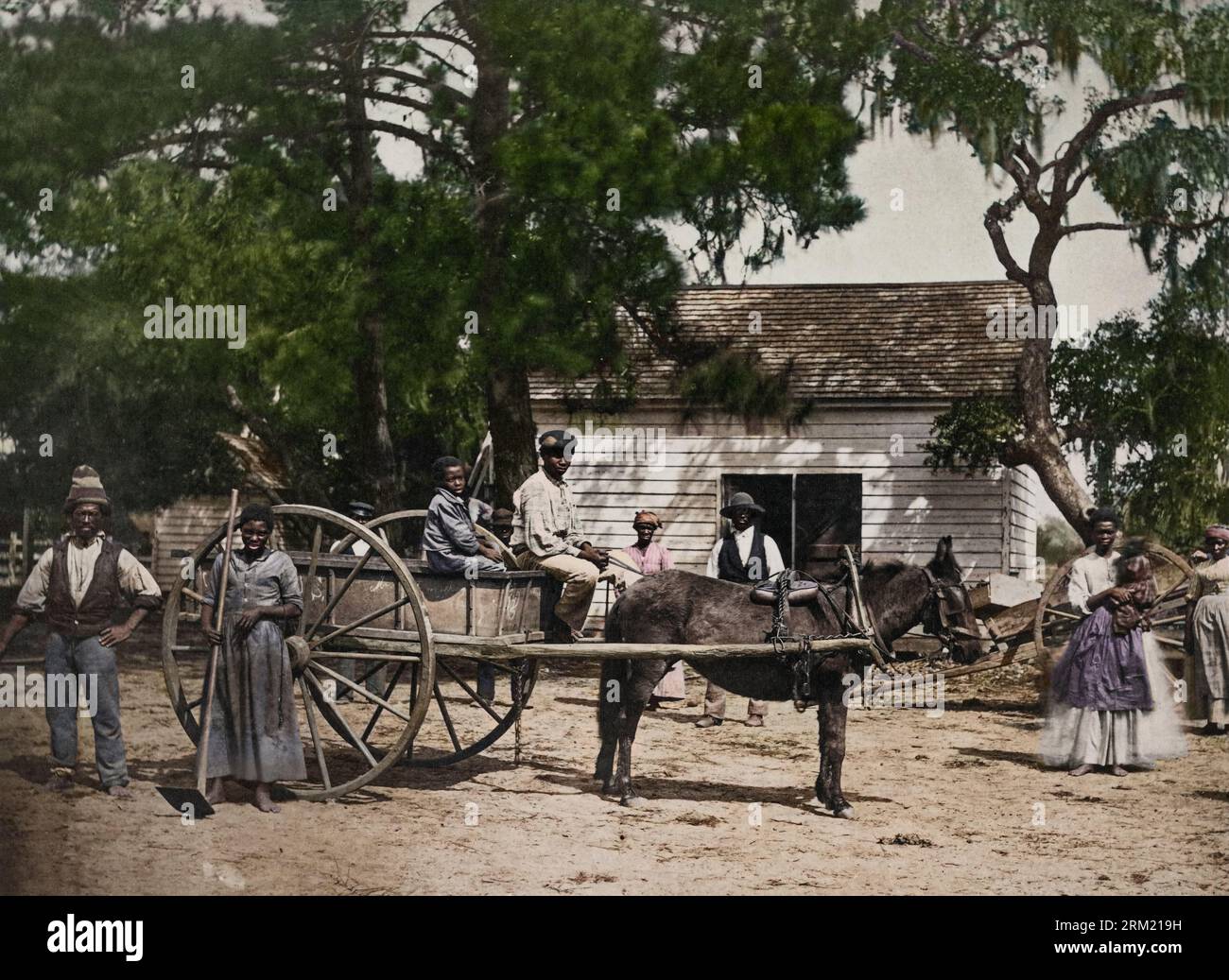 Photo shows a group of African American slaves posed around a horse-drawn cart, with a building in the background, at the Cassina Point plantation of Stock Photohttps://www.alamy.com/image-license-details/?v=1https://www.alamy.com/photo-shows-a-group-of-african-american-slaves-posed-around-a-horse-drawn-cart-with-a-building-in-the-background-at-the-cassina-point-plantation-of-image563069853.html
Photo shows a group of African American slaves posed around a horse-drawn cart, with a building in the background, at the Cassina Point plantation of Stock Photohttps://www.alamy.com/image-license-details/?v=1https://www.alamy.com/photo-shows-a-group-of-african-american-slaves-posed-around-a-horse-drawn-cart-with-a-building-in-the-background-at-the-cassina-point-plantation-of-image563069853.htmlRM2RM219H–Photo shows a group of African American slaves posed around a horse-drawn cart, with a building in the background, at the Cassina Point plantation of
 A display featuring the Enslaved African Journey at the International African American Museum at Gadsden’s Wharf in Charleston, South Carolina. The museum tells the story of slavery in the United States. Stock Photohttps://www.alamy.com/image-license-details/?v=1https://www.alamy.com/a-display-featuring-the-enslaved-african-journey-at-the-international-african-american-museum-at-gadsdens-wharf-in-charleston-south-carolina-the-museum-tells-the-story-of-slavery-in-the-united-states-image612310646.html
A display featuring the Enslaved African Journey at the International African American Museum at Gadsden’s Wharf in Charleston, South Carolina. The museum tells the story of slavery in the United States. Stock Photohttps://www.alamy.com/image-license-details/?v=1https://www.alamy.com/a-display-featuring-the-enslaved-african-journey-at-the-international-african-american-museum-at-gadsdens-wharf-in-charleston-south-carolina-the-museum-tells-the-story-of-slavery-in-the-united-states-image612310646.htmlRM2XG54DA–A display featuring the Enslaved African Journey at the International African American Museum at Gadsden’s Wharf in Charleston, South Carolina. The museum tells the story of slavery in the United States.
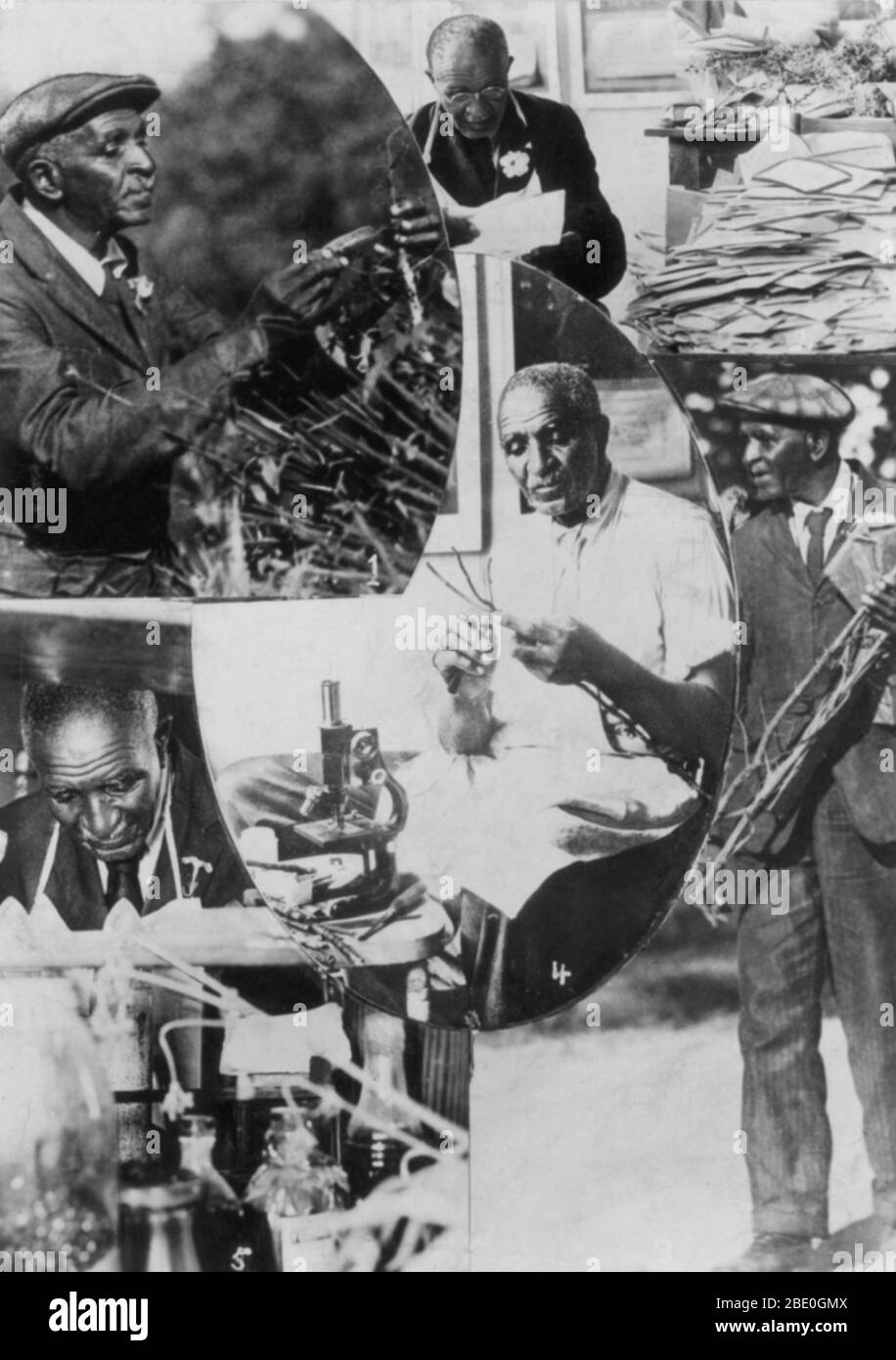 George Washington Carver (1864 - January 5, 1943) was an African-American scientist, botanist, educator, and inventor born into slavery. In 1891 he attended and studied botany at Iowa State Agricultural College where he was the first black student, and later taught as the first black faculty member. His reputation is based on his research into and promotion of alternative crops to cotton, such as peanuts, soybeans and sweet potatoes, which also aided nutrition for farm families. He wanted poor farmers to grow alternative crops both as a source of their own food and as a source of other product Stock Photohttps://www.alamy.com/image-license-details/?v=1https://www.alamy.com/george-washington-carver-1864-january-5-1943-was-an-african-american-scientist-botanist-educator-and-inventor-born-into-slavery-in-1891-he-attended-and-studied-botany-at-iowa-state-agricultural-college-where-he-was-the-first-black-student-and-later-taught-as-the-first-black-faculty-member-his-reputation-is-based-on-his-research-into-and-promotion-of-alternative-crops-to-cotton-such-as-peanuts-soybeans-and-sweet-potatoes-which-also-aided-nutrition-for-farm-families-he-wanted-poor-farmers-to-grow-alternative-crops-both-as-a-source-of-their-own-food-and-as-a-source-of-other-product-image352825674.html
George Washington Carver (1864 - January 5, 1943) was an African-American scientist, botanist, educator, and inventor born into slavery. In 1891 he attended and studied botany at Iowa State Agricultural College where he was the first black student, and later taught as the first black faculty member. His reputation is based on his research into and promotion of alternative crops to cotton, such as peanuts, soybeans and sweet potatoes, which also aided nutrition for farm families. He wanted poor farmers to grow alternative crops both as a source of their own food and as a source of other product Stock Photohttps://www.alamy.com/image-license-details/?v=1https://www.alamy.com/george-washington-carver-1864-january-5-1943-was-an-african-american-scientist-botanist-educator-and-inventor-born-into-slavery-in-1891-he-attended-and-studied-botany-at-iowa-state-agricultural-college-where-he-was-the-first-black-student-and-later-taught-as-the-first-black-faculty-member-his-reputation-is-based-on-his-research-into-and-promotion-of-alternative-crops-to-cotton-such-as-peanuts-soybeans-and-sweet-potatoes-which-also-aided-nutrition-for-farm-families-he-wanted-poor-farmers-to-grow-alternative-crops-both-as-a-source-of-their-own-food-and-as-a-source-of-other-product-image352825674.htmlRM2BE0GMX–George Washington Carver (1864 - January 5, 1943) was an African-American scientist, botanist, educator, and inventor born into slavery. In 1891 he attended and studied botany at Iowa State Agricultural College where he was the first black student, and later taught as the first black faculty member. His reputation is based on his research into and promotion of alternative crops to cotton, such as peanuts, soybeans and sweet potatoes, which also aided nutrition for farm families. He wanted poor farmers to grow alternative crops both as a source of their own food and as a source of other product
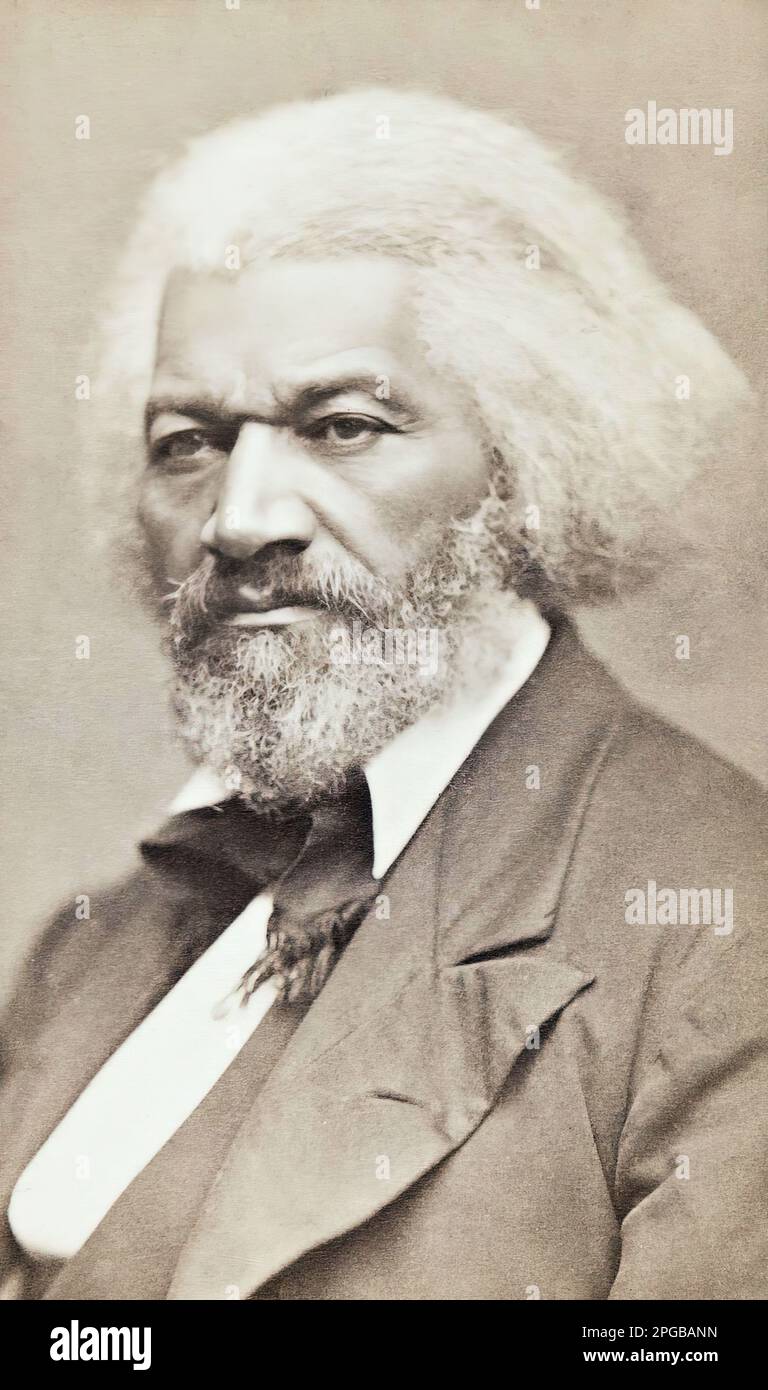 Frederick Douglass portrait Stock Photohttps://www.alamy.com/image-license-details/?v=1https://www.alamy.com/frederick-douglass-portrait-image543605825.html
Frederick Douglass portrait Stock Photohttps://www.alamy.com/image-license-details/?v=1https://www.alamy.com/frederick-douglass-portrait-image543605825.htmlRM2PGBANN–Frederick Douglass portrait
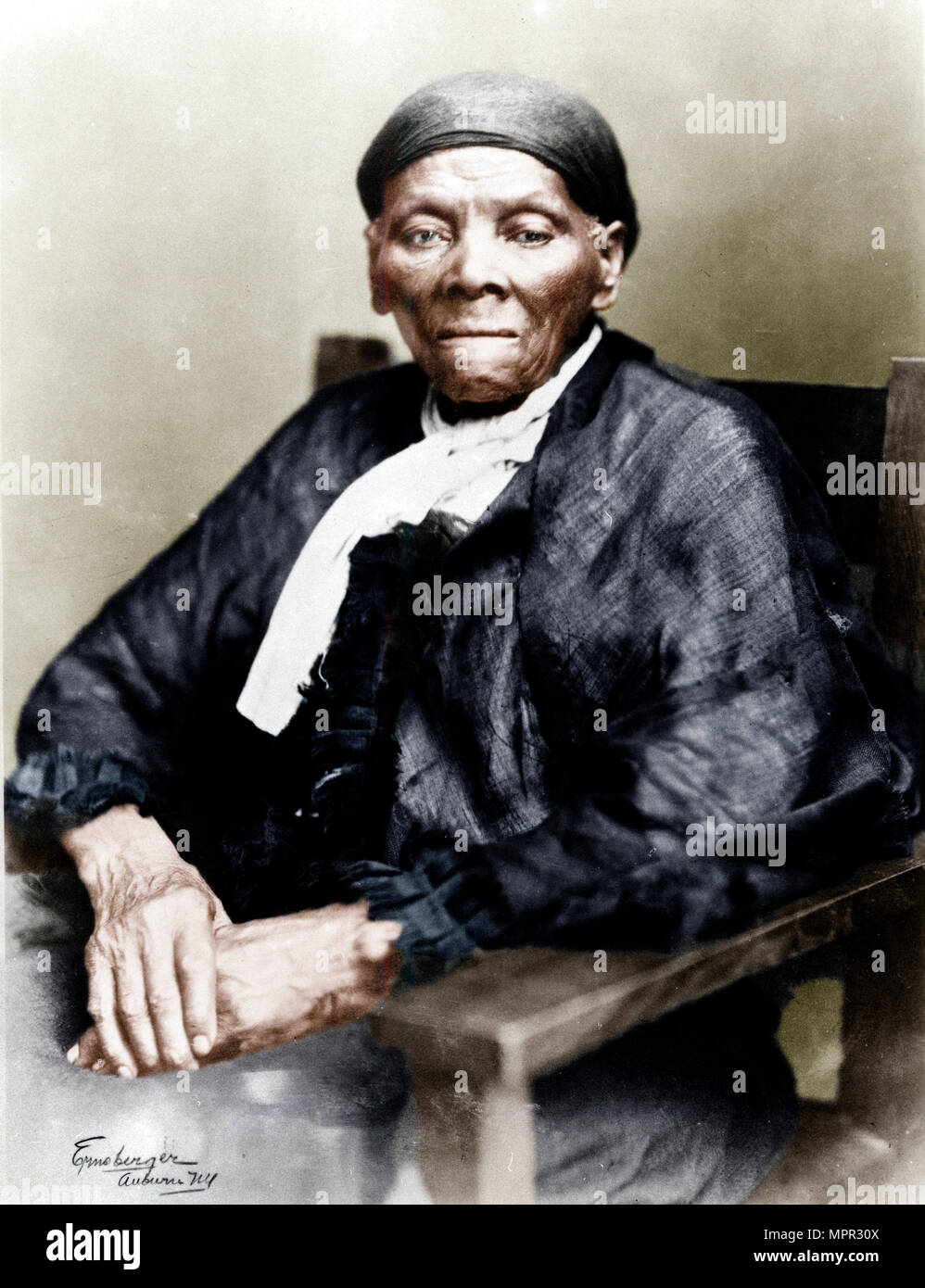 Harriet Tubman, American anti-slavery activist, c1900. Artist: Unknown. Stock Photohttps://www.alamy.com/image-license-details/?v=1https://www.alamy.com/harriet-tubman-american-anti-slavery-activist-c1900-artist-unknown-image186133386.html
Harriet Tubman, American anti-slavery activist, c1900. Artist: Unknown. Stock Photohttps://www.alamy.com/image-license-details/?v=1https://www.alamy.com/harriet-tubman-american-anti-slavery-activist-c1900-artist-unknown-image186133386.htmlRMMPR30X–Harriet Tubman, American anti-slavery activist, c1900. Artist: Unknown.
 slavery, auction of African slaves, Richmond, Virginia, USA, wood engraving, 1856, Stock Photohttps://www.alamy.com/image-license-details/?v=1https://www.alamy.com/stock-photo-slavery-auction-of-african-slaves-richmond-virginia-usa-wood-engraving-27957734.html
slavery, auction of African slaves, Richmond, Virginia, USA, wood engraving, 1856, Stock Photohttps://www.alamy.com/image-license-details/?v=1https://www.alamy.com/stock-photo-slavery-auction-of-african-slaves-richmond-virginia-usa-wood-engraving-27957734.htmlRMBHDGAE–slavery, auction of African slaves, Richmond, Virginia, USA, wood engraving, 1856,
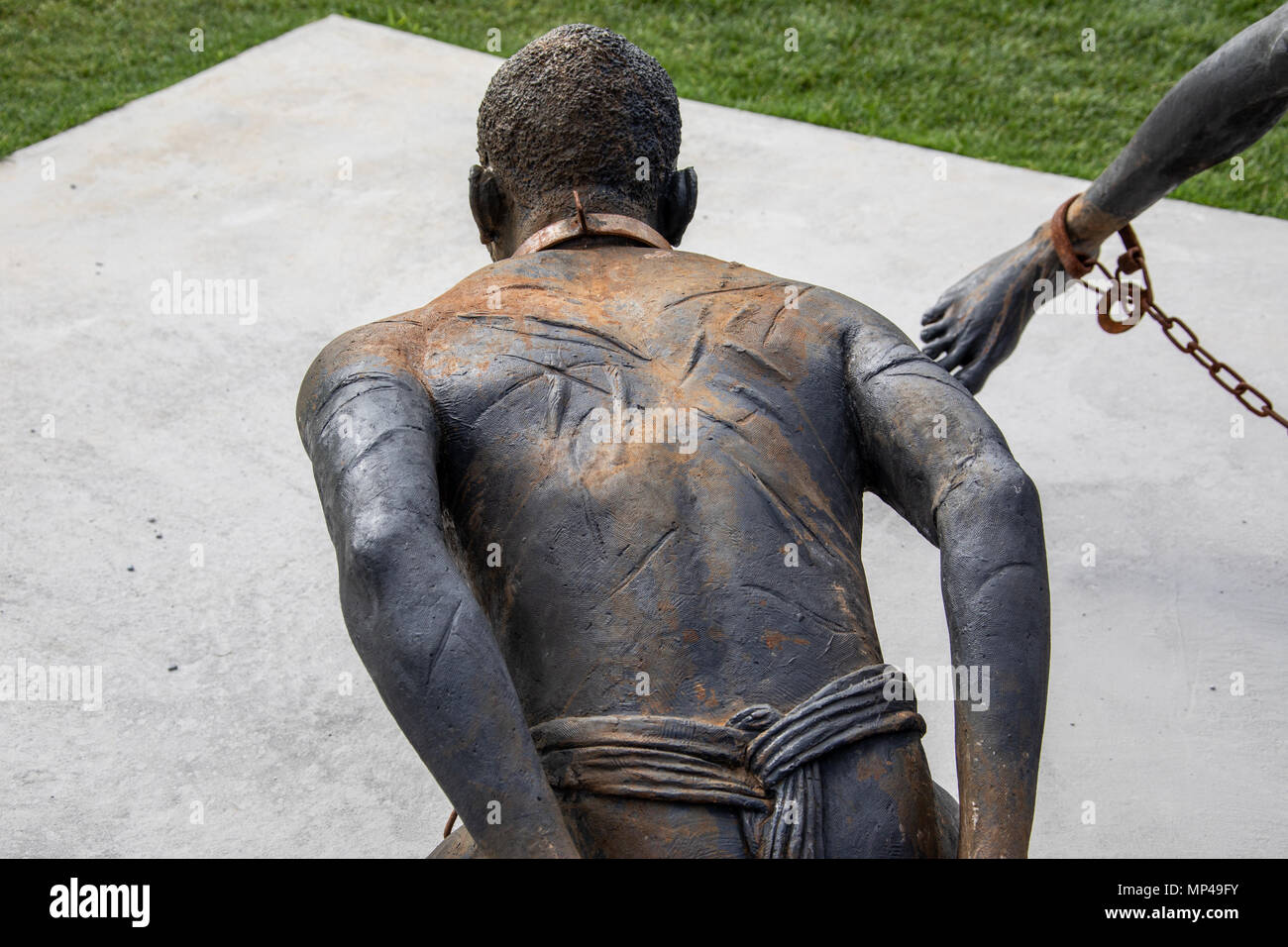 The National Memorial for Peace and Justice or National Lynching Memorial, Montgomery, Alabama, USA Stock Photohttps://www.alamy.com/image-license-details/?v=1https://www.alamy.com/the-national-memorial-for-peace-and-justice-or-national-lynching-memorial-montgomery-alabama-usa-image185721423.html
The National Memorial for Peace and Justice or National Lynching Memorial, Montgomery, Alabama, USA Stock Photohttps://www.alamy.com/image-license-details/?v=1https://www.alamy.com/the-national-memorial-for-peace-and-justice-or-national-lynching-memorial-montgomery-alabama-usa-image185721423.htmlRMMP49FY–The National Memorial for Peace and Justice or National Lynching Memorial, Montgomery, Alabama, USA
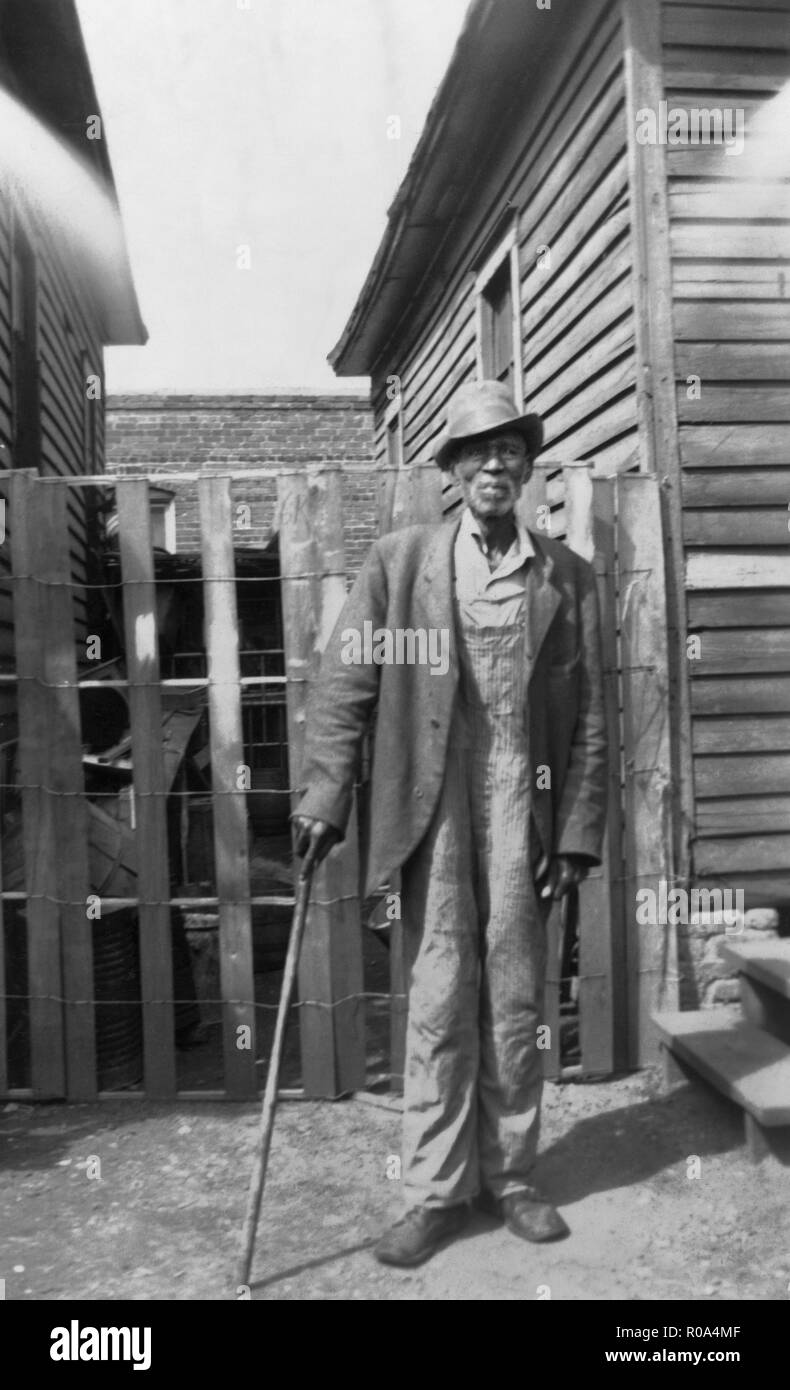 Former Slave William Colbert, Age 93, Alabama, USA, from Federal Writer's Project, Born in Slavery: Slave Narratives, United States Work Projects Administration, 1936 Stock Photohttps://www.alamy.com/image-license-details/?v=1https://www.alamy.com/former-slave-william-colbert-age-93-alabama-usa-from-federal-writers-project-born-in-slavery-slave-narratives-united-states-work-projects-administration-1936-image223958015.html
Former Slave William Colbert, Age 93, Alabama, USA, from Federal Writer's Project, Born in Slavery: Slave Narratives, United States Work Projects Administration, 1936 Stock Photohttps://www.alamy.com/image-license-details/?v=1https://www.alamy.com/former-slave-william-colbert-age-93-alabama-usa-from-federal-writers-project-born-in-slavery-slave-narratives-united-states-work-projects-administration-1936-image223958015.htmlRMR0A4MF–Former Slave William Colbert, Age 93, Alabama, USA, from Federal Writer's Project, Born in Slavery: Slave Narratives, United States Work Projects Administration, 1936
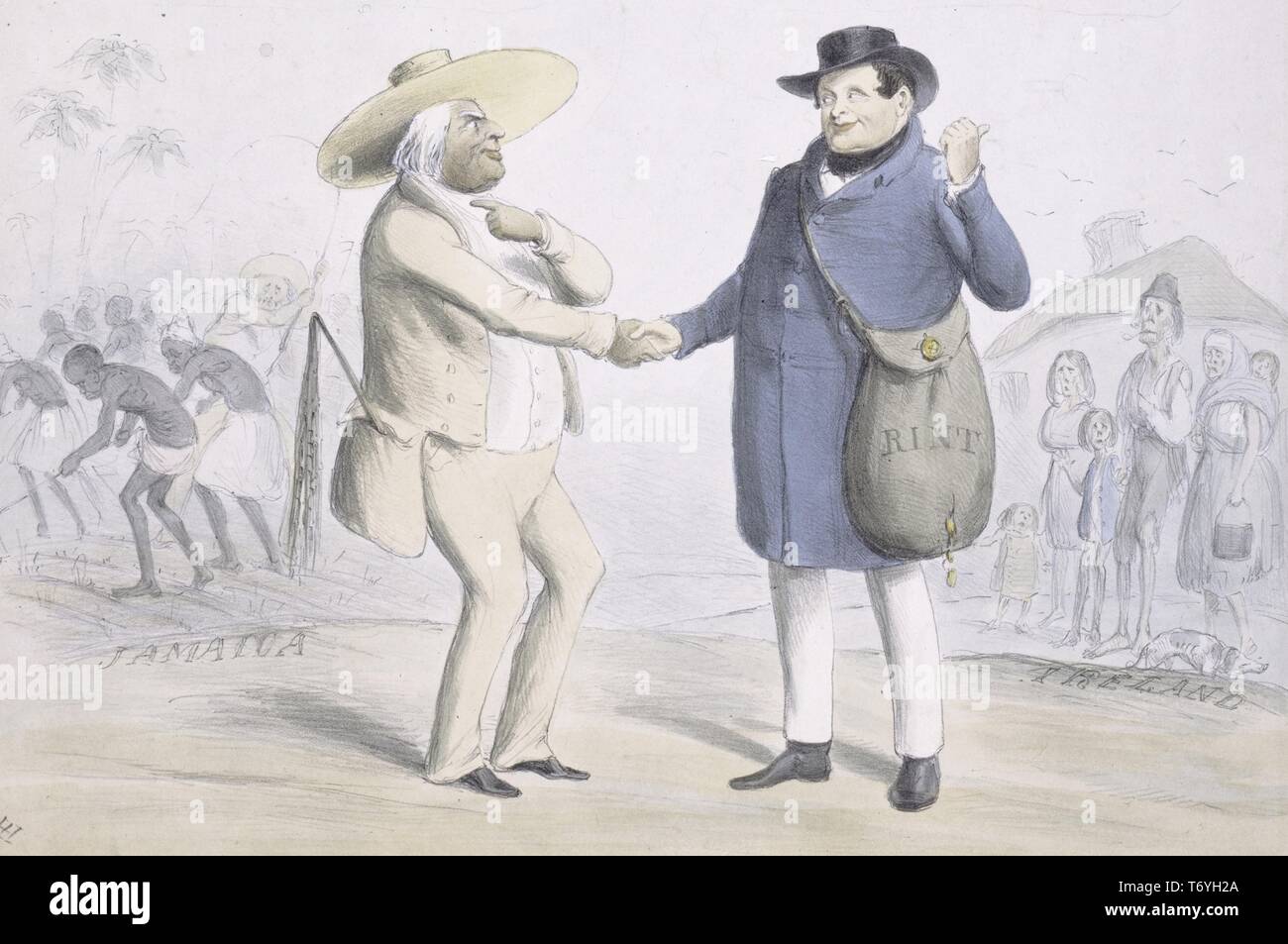 Illustrated political sketch 'Slavery and Freedom', an African-American shaking hands with an Irish man, 1838. From the New York Public Library. () Stock Photohttps://www.alamy.com/image-license-details/?v=1https://www.alamy.com/illustrated-political-sketch-slavery-and-freedom-an-african-american-shaking-hands-with-an-irish-man-1838-from-the-new-york-public-library-image245239186.html
Illustrated political sketch 'Slavery and Freedom', an African-American shaking hands with an Irish man, 1838. From the New York Public Library. () Stock Photohttps://www.alamy.com/image-license-details/?v=1https://www.alamy.com/illustrated-political-sketch-slavery-and-freedom-an-african-american-shaking-hands-with-an-irish-man-1838-from-the-new-york-public-library-image245239186.htmlRMT6YH2A–Illustrated political sketch 'Slavery and Freedom', an African-American shaking hands with an Irish man, 1838. From the New York Public Library. ()
 Harriet Beecher Stowe (1811-1896) was an American abolitionist and author, best known for her novel Uncle Tom's Cabin which depicted harsh conditions for African American slaves. (Photo c1865) Stock Photohttps://www.alamy.com/image-license-details/?v=1https://www.alamy.com/harriet-beecher-stowe-1811-1896-was-an-american-abolitionist-and-author-image150309941.html
Harriet Beecher Stowe (1811-1896) was an American abolitionist and author, best known for her novel Uncle Tom's Cabin which depicted harsh conditions for African American slaves. (Photo c1865) Stock Photohttps://www.alamy.com/image-license-details/?v=1https://www.alamy.com/harriet-beecher-stowe-1811-1896-was-an-american-abolitionist-and-author-image150309941.htmlRMJMF5T5–Harriet Beecher Stowe (1811-1896) was an American abolitionist and author, best known for her novel Uncle Tom's Cabin which depicted harsh conditions for African American slaves. (Photo c1865)
![The 1903 caption reads: 'Henry Ward Beecher [died 1887]. Harriet Beecher Stowe's favorite brother.' Henry Ward Beecher was an American Congregationalist clergyman, social reformer, and speaker, known for his support of the abolition of slavery, his emphasis on God's love, and his 1875 adultery trial. His rhetorical focus on Christ's love has influenced mainstream Christianity to this day. American writer and abolitionist Harriet Beecher Stowe wrote the novel 'Uncle Tom's Cabin' (with the subtitle of 'Life among the Lowly'). The novel was first published in 1852 and is credited as laying the gr Stock Photo The 1903 caption reads: 'Henry Ward Beecher [died 1887]. Harriet Beecher Stowe's favorite brother.' Henry Ward Beecher was an American Congregationalist clergyman, social reformer, and speaker, known for his support of the abolition of slavery, his emphasis on God's love, and his 1875 adultery trial. His rhetorical focus on Christ's love has influenced mainstream Christianity to this day. American writer and abolitionist Harriet Beecher Stowe wrote the novel 'Uncle Tom's Cabin' (with the subtitle of 'Life among the Lowly'). The novel was first published in 1852 and is credited as laying the gr Stock Photo](https://c8.alamy.com/comp/2N9RYTB/the-1903-caption-reads-henry-ward-beecher-died-1887-harriet-beecher-stowes-favorite-brother-henry-ward-beecher-was-an-american-congregationalist-clergyman-social-reformer-and-speaker-known-for-his-support-of-the-abolition-of-slavery-his-emphasis-on-gods-love-and-his-1875-adultery-trial-his-rhetorical-focus-on-christs-love-has-influenced-mainstream-christianity-to-this-day-american-writer-and-abolitionist-harriet-beecher-stowe-wrote-the-novel-uncle-toms-cabin-with-the-subtitle-of-life-among-the-lowly-the-novel-was-first-published-in-1852-and-is-credited-as-laying-the-gr-2N9RYTB.jpg) The 1903 caption reads: 'Henry Ward Beecher [died 1887]. Harriet Beecher Stowe's favorite brother.' Henry Ward Beecher was an American Congregationalist clergyman, social reformer, and speaker, known for his support of the abolition of slavery, his emphasis on God's love, and his 1875 adultery trial. His rhetorical focus on Christ's love has influenced mainstream Christianity to this day. American writer and abolitionist Harriet Beecher Stowe wrote the novel 'Uncle Tom's Cabin' (with the subtitle of 'Life among the Lowly'). The novel was first published in 1852 and is credited as laying the gr Stock Photohttps://www.alamy.com/image-license-details/?v=1https://www.alamy.com/the-1903-caption-reads-henry-ward-beecher-died-1887-harriet-beecher-stowes-favorite-brother-henry-ward-beecher-was-an-american-congregationalist-clergyman-social-reformer-and-speaker-known-for-his-support-of-the-abolition-of-slavery-his-emphasis-on-gods-love-and-his-1875-adultery-trial-his-rhetorical-focus-on-christs-love-has-influenced-mainstream-christianity-to-this-day-american-writer-and-abolitionist-harriet-beecher-stowe-wrote-the-novel-uncle-toms-cabin-with-the-subtitle-of-life-among-the-lowly-the-novel-was-first-published-in-1852-and-is-credited-as-laying-the-gr-image522369691.html
The 1903 caption reads: 'Henry Ward Beecher [died 1887]. Harriet Beecher Stowe's favorite brother.' Henry Ward Beecher was an American Congregationalist clergyman, social reformer, and speaker, known for his support of the abolition of slavery, his emphasis on God's love, and his 1875 adultery trial. His rhetorical focus on Christ's love has influenced mainstream Christianity to this day. American writer and abolitionist Harriet Beecher Stowe wrote the novel 'Uncle Tom's Cabin' (with the subtitle of 'Life among the Lowly'). The novel was first published in 1852 and is credited as laying the gr Stock Photohttps://www.alamy.com/image-license-details/?v=1https://www.alamy.com/the-1903-caption-reads-henry-ward-beecher-died-1887-harriet-beecher-stowes-favorite-brother-henry-ward-beecher-was-an-american-congregationalist-clergyman-social-reformer-and-speaker-known-for-his-support-of-the-abolition-of-slavery-his-emphasis-on-gods-love-and-his-1875-adultery-trial-his-rhetorical-focus-on-christs-love-has-influenced-mainstream-christianity-to-this-day-american-writer-and-abolitionist-harriet-beecher-stowe-wrote-the-novel-uncle-toms-cabin-with-the-subtitle-of-life-among-the-lowly-the-novel-was-first-published-in-1852-and-is-credited-as-laying-the-gr-image522369691.htmlRF2N9RYTB–The 1903 caption reads: 'Henry Ward Beecher [died 1887]. Harriet Beecher Stowe's favorite brother.' Henry Ward Beecher was an American Congregationalist clergyman, social reformer, and speaker, known for his support of the abolition of slavery, his emphasis on God's love, and his 1875 adultery trial. His rhetorical focus on Christ's love has influenced mainstream Christianity to this day. American writer and abolitionist Harriet Beecher Stowe wrote the novel 'Uncle Tom's Cabin' (with the subtitle of 'Life among the Lowly'). The novel was first published in 1852 and is credited as laying the gr
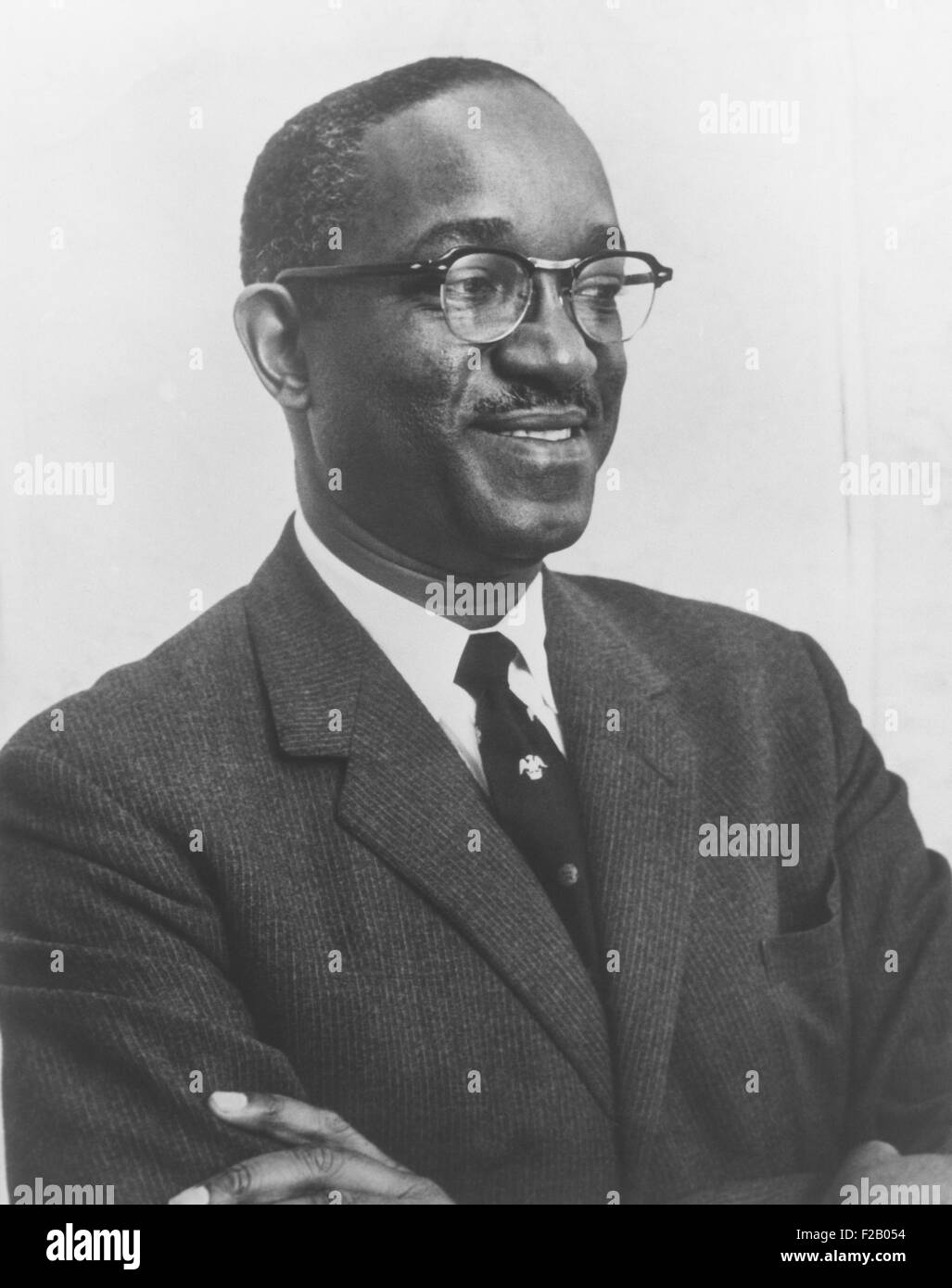 John Hope Franklin, African American historian. Ca. 1967. He published his ground breaking history, 'From Slavery to Freedom,' in 1947. (CSU 2015 9 705) Stock Photohttps://www.alamy.com/image-license-details/?v=1https://www.alamy.com/stock-photo-john-hope-franklin-african-american-historian-ca-1967-he-published-87522768.html
John Hope Franklin, African American historian. Ca. 1967. He published his ground breaking history, 'From Slavery to Freedom,' in 1947. (CSU 2015 9 705) Stock Photohttps://www.alamy.com/image-license-details/?v=1https://www.alamy.com/stock-photo-john-hope-franklin-african-american-historian-ca-1967-he-published-87522768.htmlRMF2B054–John Hope Franklin, African American historian. Ca. 1967. He published his ground breaking history, 'From Slavery to Freedom,' in 1947. (CSU 2015 9 705)
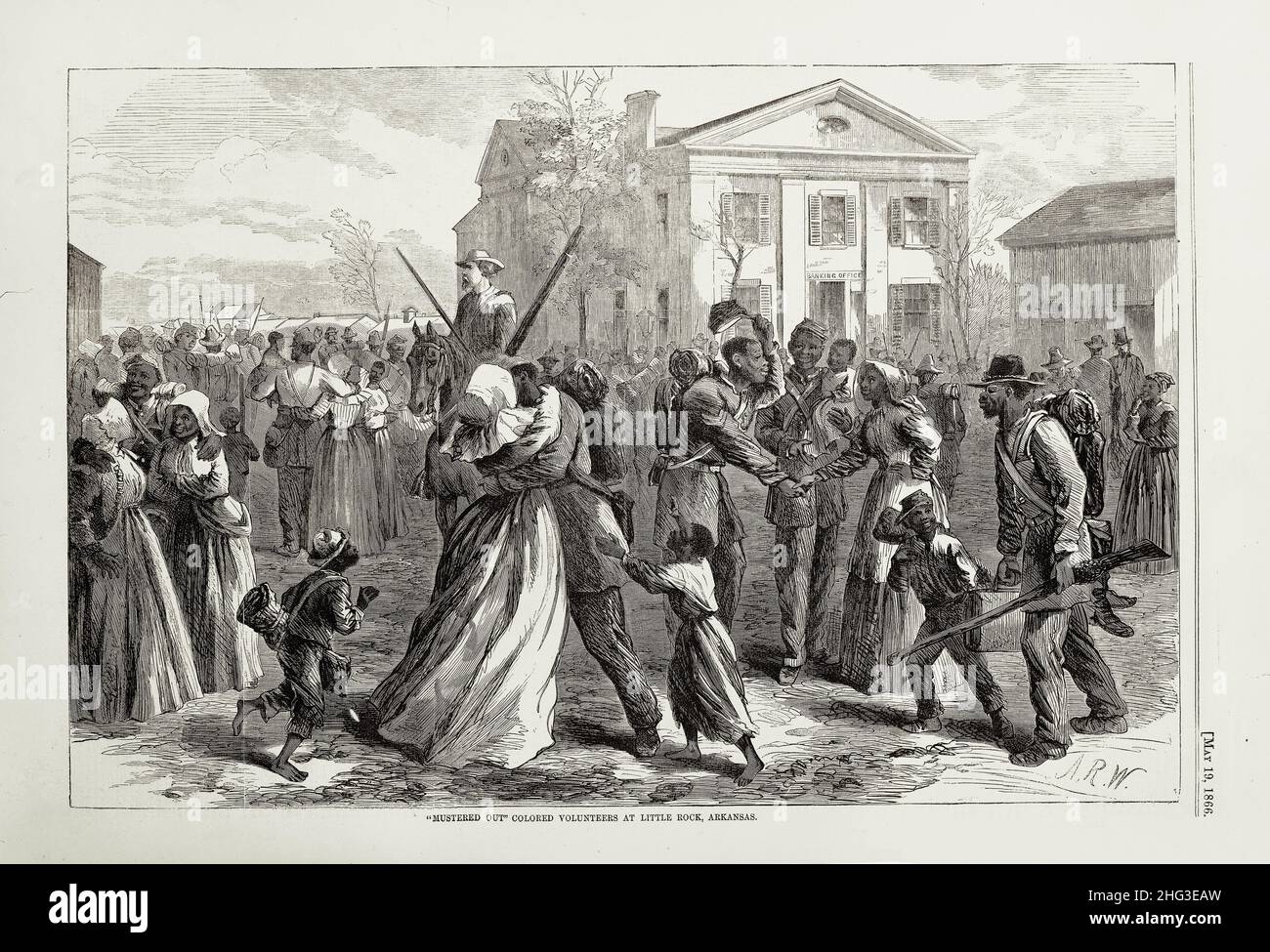 American civil war illustration. African American soldiers mustering out in Little Rock, Arkansas. 1866 Stock Photohttps://www.alamy.com/image-license-details/?v=1https://www.alamy.com/american-civil-war-illustration-african-american-soldiers-mustering-out-in-little-rock-arkansas-1866-image457381201.html
American civil war illustration. African American soldiers mustering out in Little Rock, Arkansas. 1866 Stock Photohttps://www.alamy.com/image-license-details/?v=1https://www.alamy.com/american-civil-war-illustration-african-american-soldiers-mustering-out-in-little-rock-arkansas-1866-image457381201.htmlRM2HG3EAW–American civil war illustration. African American soldiers mustering out in Little Rock, Arkansas. 1866
 Harriet Tubman. Portrait of the American abolitionist and humanitarian, born into slavery as Araminta Ross ( c. 1820-1913), by H. Seymour Squyer, c.1885 Stock Photohttps://www.alamy.com/image-license-details/?v=1https://www.alamy.com/harriet-tubman-portrait-of-the-american-abolitionist-and-humanitarian-born-into-slavery-as-araminta-ross-c1820-1913-by-h-seymour-squyer-c1885-image413040926.html
Harriet Tubman. Portrait of the American abolitionist and humanitarian, born into slavery as Araminta Ross ( c. 1820-1913), by H. Seymour Squyer, c.1885 Stock Photohttps://www.alamy.com/image-license-details/?v=1https://www.alamy.com/harriet-tubman-portrait-of-the-american-abolitionist-and-humanitarian-born-into-slavery-as-araminta-ross-c1820-1913-by-h-seymour-squyer-c1885-image413040926.htmlRM2EYYHWJ–Harriet Tubman. Portrait of the American abolitionist and humanitarian, born into slavery as Araminta Ross ( c. 1820-1913), by H. Seymour Squyer, c.1885
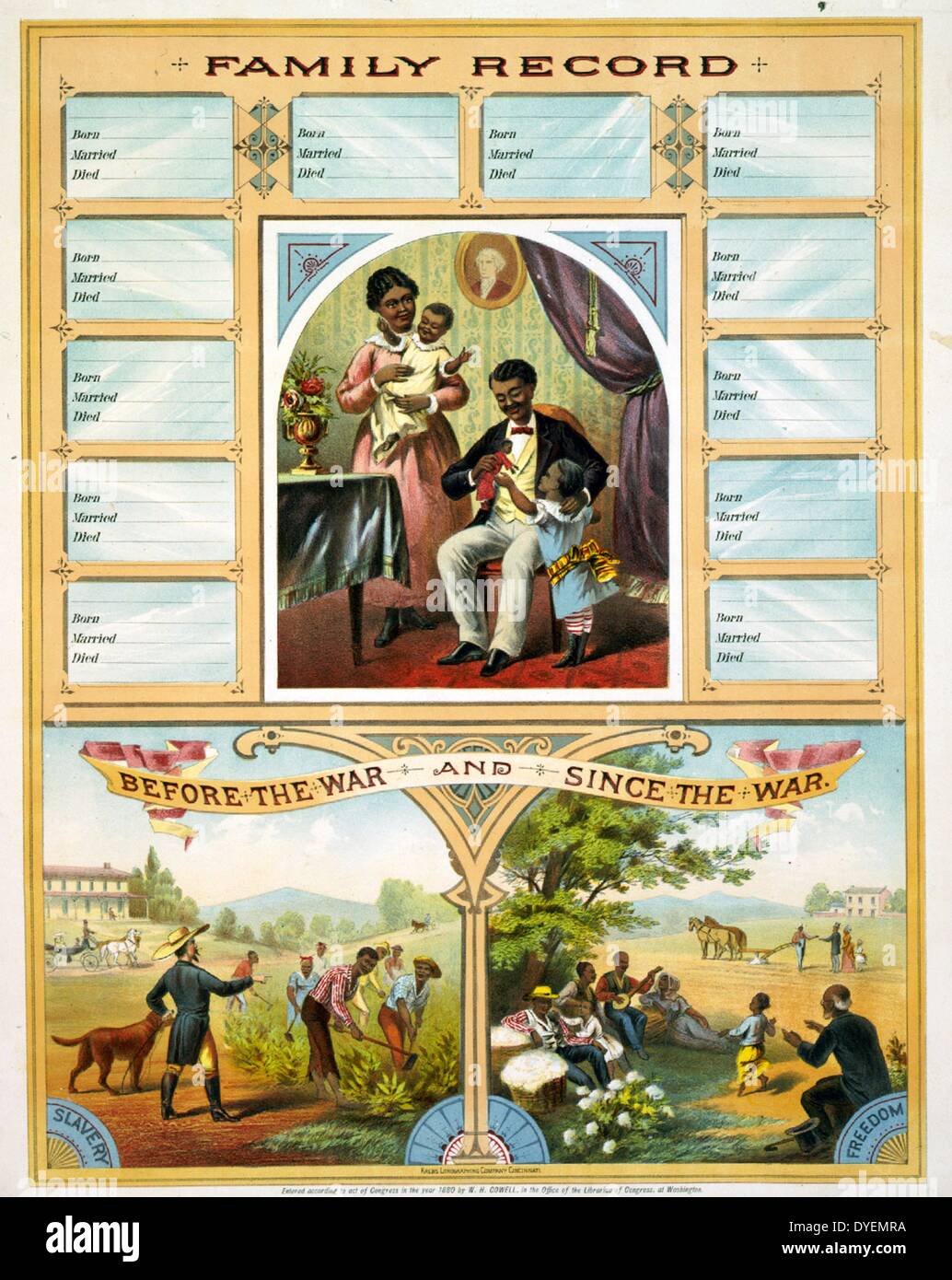 Family record. Before the American Civil war and since the war. Published c1880. chromolithograph. A chart exhibiting two farms, contrasting slavery with freedom in connection with a family record. 1880 Stock Photohttps://www.alamy.com/image-license-details/?v=1https://www.alamy.com/family-record-before-the-american-civil-war-and-since-the-war-published-image68550478.html
Family record. Before the American Civil war and since the war. Published c1880. chromolithograph. A chart exhibiting two farms, contrasting slavery with freedom in connection with a family record. 1880 Stock Photohttps://www.alamy.com/image-license-details/?v=1https://www.alamy.com/family-record-before-the-american-civil-war-and-since-the-war-published-image68550478.htmlRMDYEMRA–Family record. Before the American Civil war and since the war. Published c1880. chromolithograph. A chart exhibiting two farms, contrasting slavery with freedom in connection with a family record. 1880
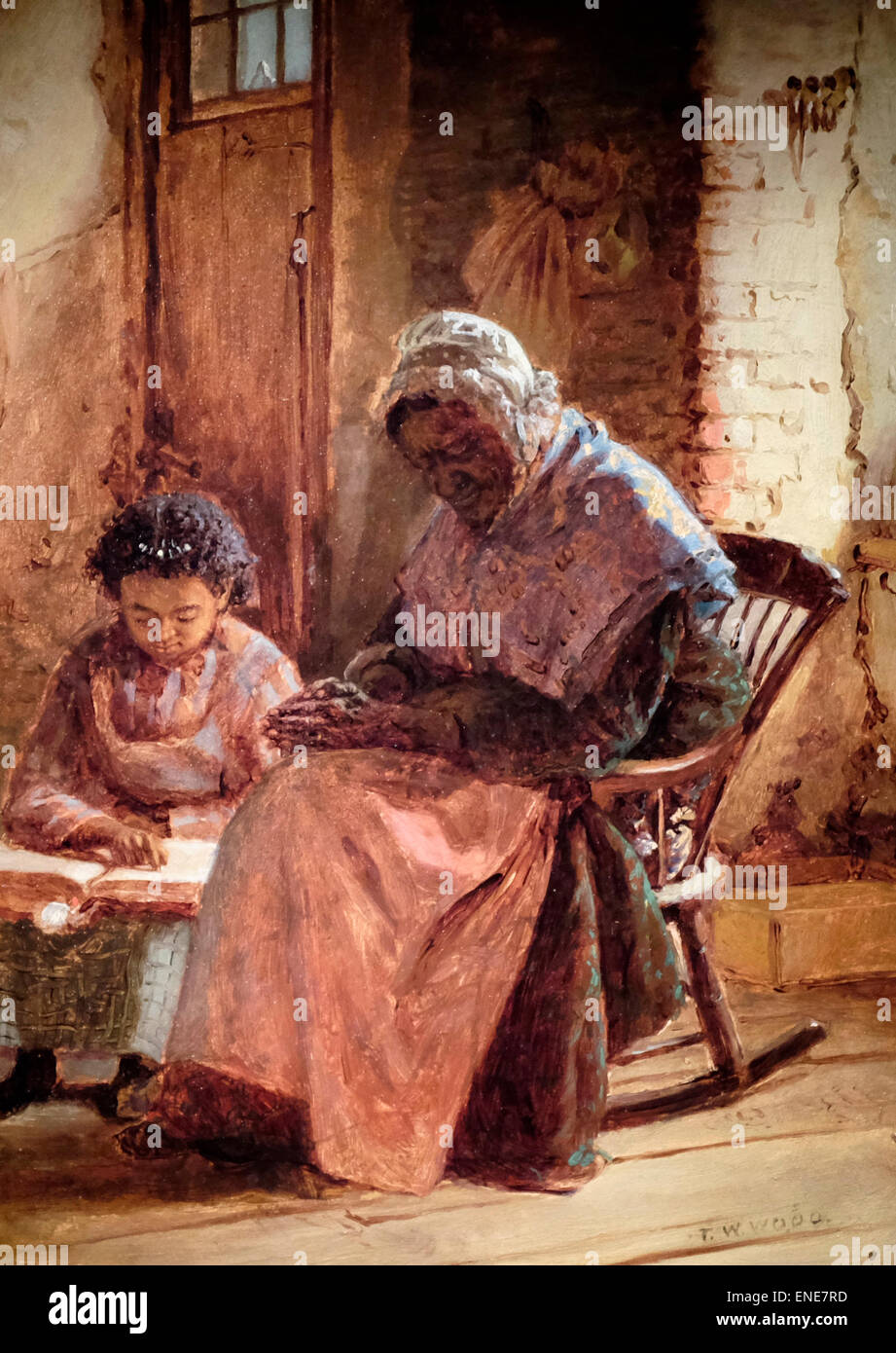 Sunday Morning 1877 Thomas Waterman Wood - African American girl reading Bible to her grandmother Stock Photohttps://www.alamy.com/image-license-details/?v=1https://www.alamy.com/stock-photo-sunday-morning-1877-thomas-waterman-wood-african-american-girl-reading-82062721.html
Sunday Morning 1877 Thomas Waterman Wood - African American girl reading Bible to her grandmother Stock Photohttps://www.alamy.com/image-license-details/?v=1https://www.alamy.com/stock-photo-sunday-morning-1877-thomas-waterman-wood-african-american-girl-reading-82062721.htmlRMENE7RD–Sunday Morning 1877 Thomas Waterman Wood - African American girl reading Bible to her grandmother
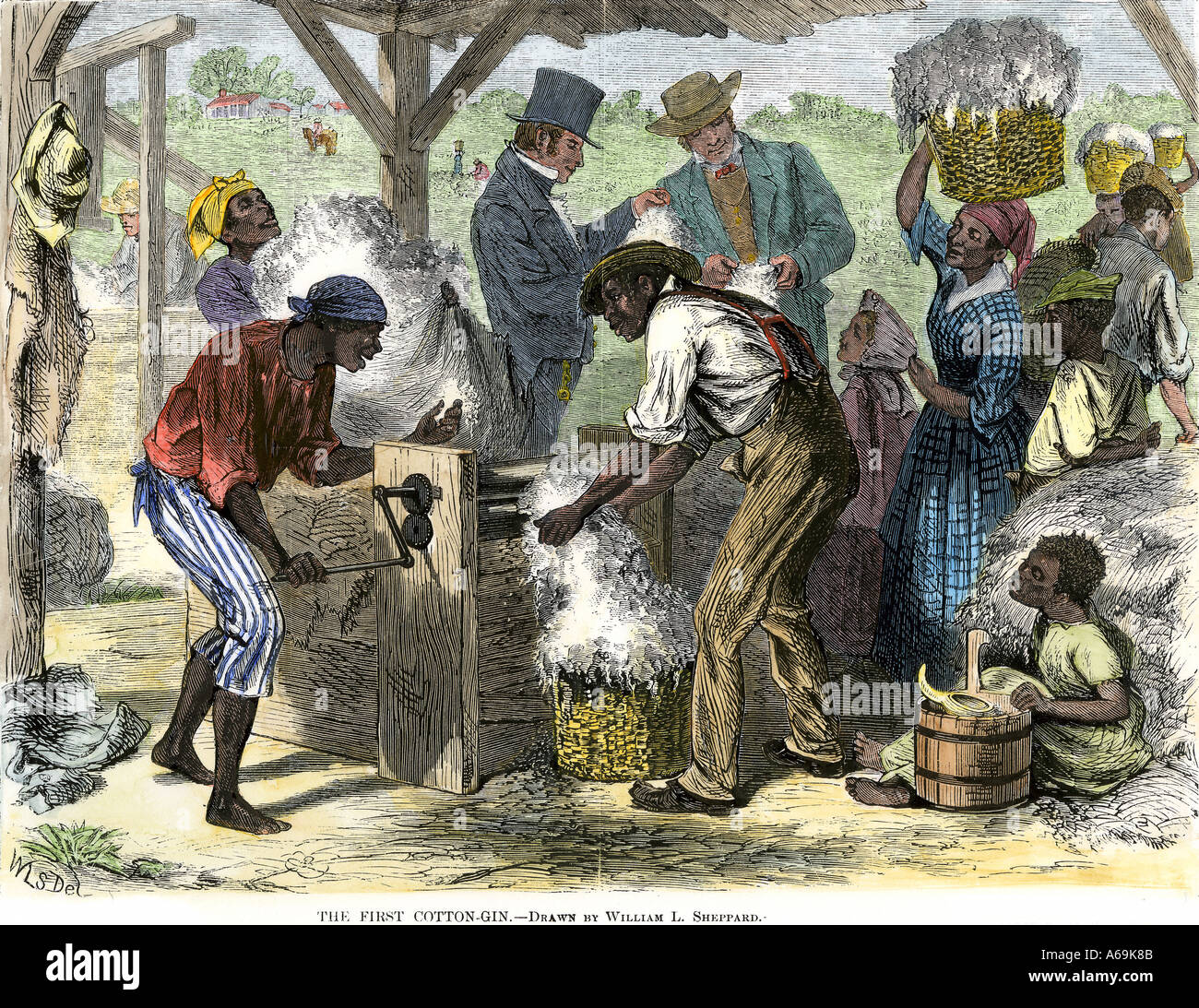 Slaves using Eli Whitney's cotton gin. Hand-colored woodcut Stock Photohttps://www.alamy.com/image-license-details/?v=1https://www.alamy.com/slaves-using-eli-whitneys-cotton-gin-hand-colored-woodcut-image3755914.html
Slaves using Eli Whitney's cotton gin. Hand-colored woodcut Stock Photohttps://www.alamy.com/image-license-details/?v=1https://www.alamy.com/slaves-using-eli-whitneys-cotton-gin-hand-colored-woodcut-image3755914.htmlRMA69K8B–Slaves using Eli Whitney's cotton gin. Hand-colored woodcut
 Personal photo of landowners standing with African American sharecroppers in the American South, ca. 1910. Stock Photohttps://www.alamy.com/image-license-details/?v=1https://www.alamy.com/stock-photo-personal-photo-of-landowners-standing-with-african-american-sharecroppers-174639955.html
Personal photo of landowners standing with African American sharecroppers in the American South, ca. 1910. Stock Photohttps://www.alamy.com/image-license-details/?v=1https://www.alamy.com/stock-photo-personal-photo-of-landowners-standing-with-african-american-sharecroppers-174639955.htmlRMM43F17–Personal photo of landowners standing with African American sharecroppers in the American South, ca. 1910.
 Afro-American Monument Published 1897. slave and angel. from a series pertaining to Afro-American history. Stock Photohttps://www.alamy.com/image-license-details/?v=1https://www.alamy.com/afro-american-monument-published-1897-slave-and-angel-from-a-series-pertaining-to-afro-american-history-image330688899.html
Afro-American Monument Published 1897. slave and angel. from a series pertaining to Afro-American history. Stock Photohttps://www.alamy.com/image-license-details/?v=1https://www.alamy.com/afro-american-monument-published-1897-slave-and-angel-from-a-series-pertaining-to-afro-american-history-image330688899.htmlRM2A6051R–Afro-American Monument Published 1897. slave and angel. from a series pertaining to Afro-American history.
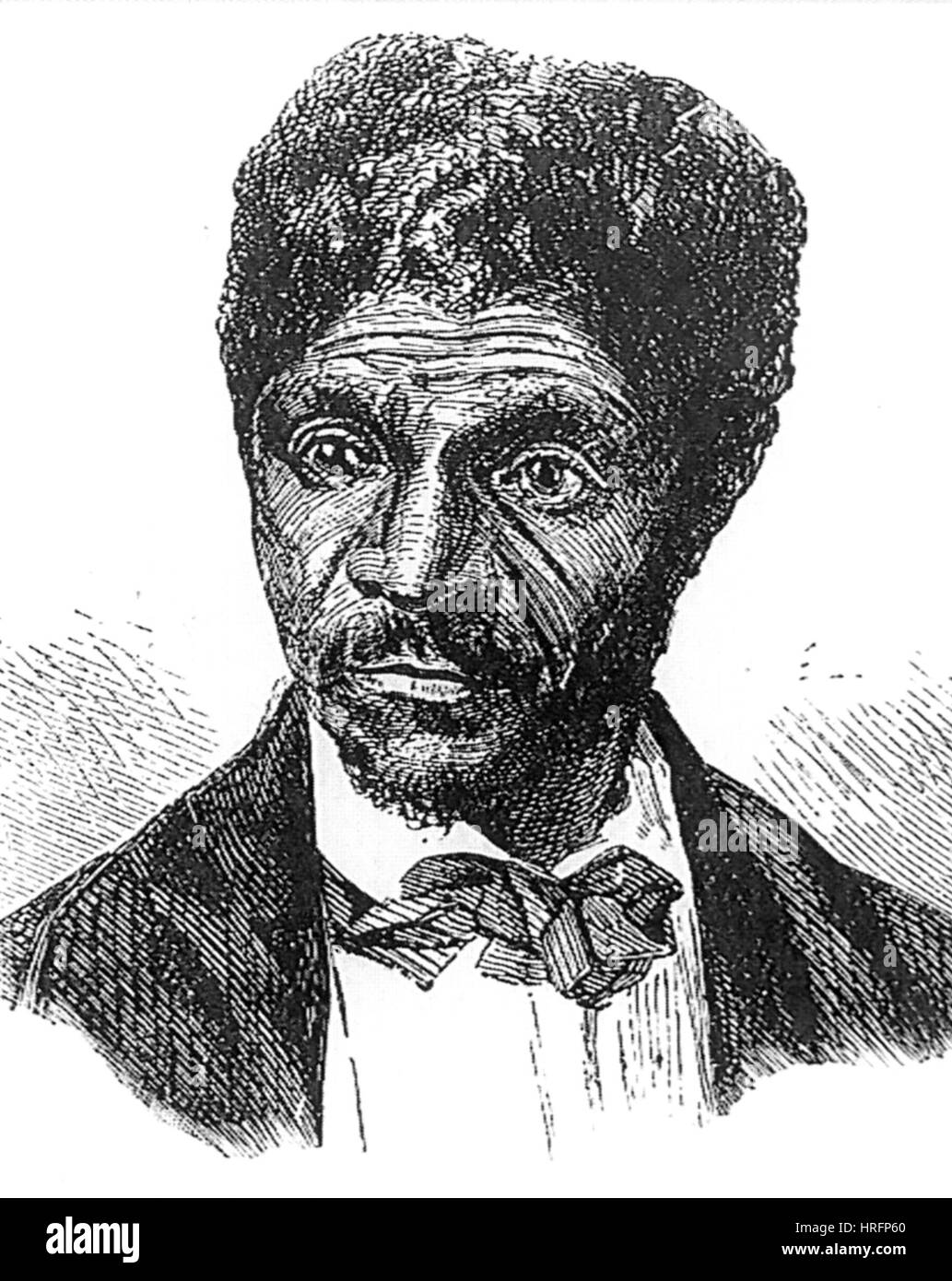 DRED SCOTT (c 1799-1858) African-American who unsuccessfully sued for his family's freedom in 1857 Stock Photohttps://www.alamy.com/image-license-details/?v=1https://www.alamy.com/stock-photo-dred-scott-c-1799-1858-african-american-who-unsuccessfully-sued-for-134956360.html
DRED SCOTT (c 1799-1858) African-American who unsuccessfully sued for his family's freedom in 1857 Stock Photohttps://www.alamy.com/image-license-details/?v=1https://www.alamy.com/stock-photo-dred-scott-c-1799-1858-african-american-who-unsuccessfully-sued-for-134956360.htmlRMHRFP60–DRED SCOTT (c 1799-1858) African-American who unsuccessfully sued for his family's freedom in 1857
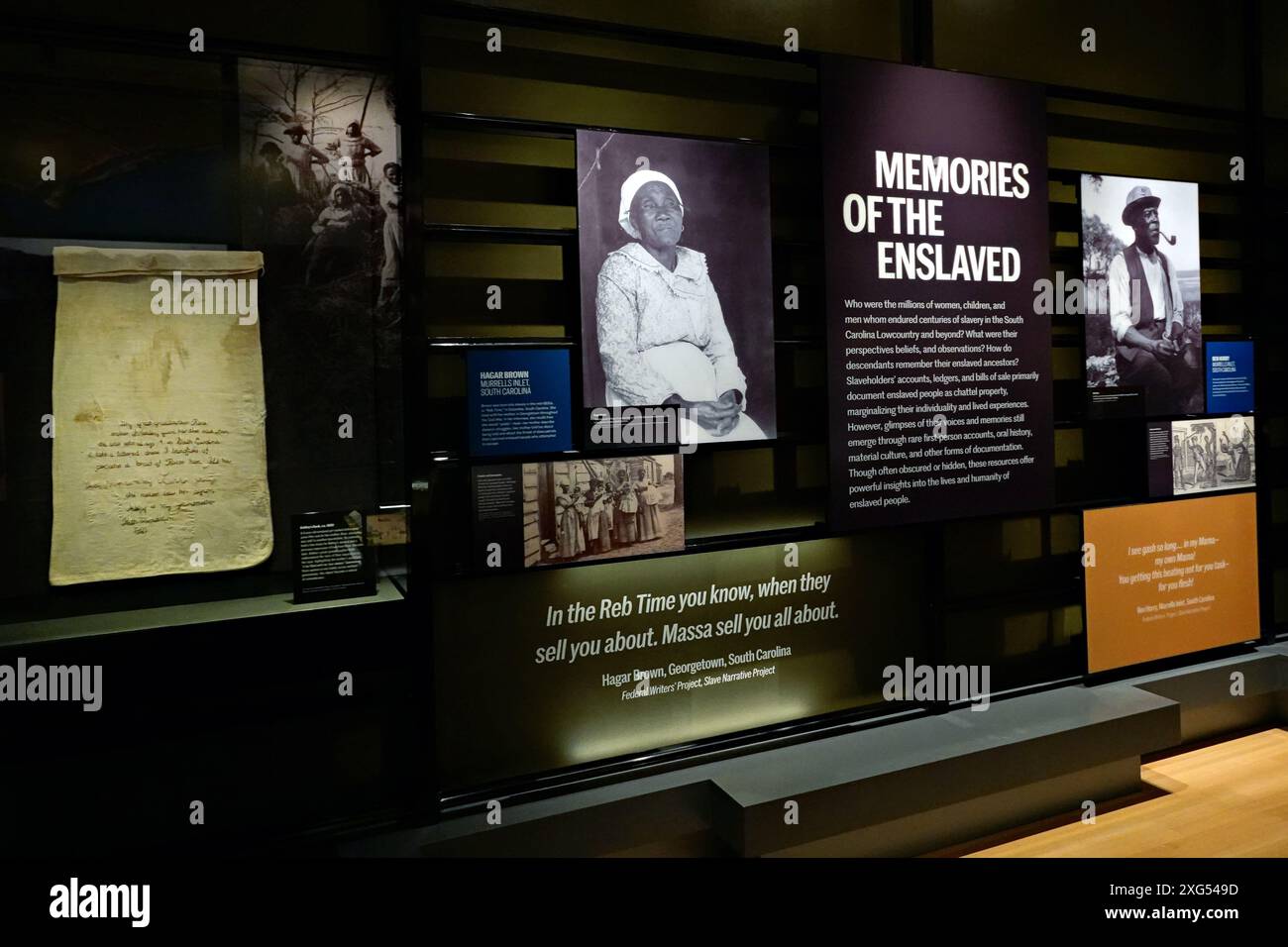 A display featuring the Memories of the Enslaved at the International African American Museum at Gadsden’s Wharf in Charleston, South Carolina. The museum tells the story of slavery in the United States. Stock Photohttps://www.alamy.com/image-license-details/?v=1https://www.alamy.com/a-display-featuring-the-memories-of-the-enslaved-at-the-international-african-american-museum-at-gadsdens-wharf-in-charleston-south-carolina-the-museum-tells-the-story-of-slavery-in-the-united-states-image612310537.html
A display featuring the Memories of the Enslaved at the International African American Museum at Gadsden’s Wharf in Charleston, South Carolina. The museum tells the story of slavery in the United States. Stock Photohttps://www.alamy.com/image-license-details/?v=1https://www.alamy.com/a-display-featuring-the-memories-of-the-enslaved-at-the-international-african-american-museum-at-gadsdens-wharf-in-charleston-south-carolina-the-museum-tells-the-story-of-slavery-in-the-united-states-image612310537.htmlRM2XG549D–A display featuring the Memories of the Enslaved at the International African American Museum at Gadsden’s Wharf in Charleston, South Carolina. The museum tells the story of slavery in the United States.
 George Washington Carver (1864 - January 5, 1943) was an African-American scientist, botanist, educator, and inventor born into slavery. In 1891 he attended and studied botany at Iowa State Agricultural College where he was the first black student, and later taught as the first black faculty member. His reputation is based on his research into and promotion of alternative crops to cotton, such as peanuts, soybeans and sweet potatoes, which also aided nutrition for farm families. He wanted poor farmers to grow alternative crops both as a source of their own food and as a source of other product Stock Photohttps://www.alamy.com/image-license-details/?v=1https://www.alamy.com/george-washington-carver-1864-january-5-1943-was-an-african-american-scientist-botanist-educator-and-inventor-born-into-slavery-in-1891-he-attended-and-studied-botany-at-iowa-state-agricultural-college-where-he-was-the-first-black-student-and-later-taught-as-the-first-black-faculty-member-his-reputation-is-based-on-his-research-into-and-promotion-of-alternative-crops-to-cotton-such-as-peanuts-soybeans-and-sweet-potatoes-which-also-aided-nutrition-for-farm-families-he-wanted-poor-farmers-to-grow-alternative-crops-both-as-a-source-of-their-own-food-and-as-a-source-of-other-product-image352834494.html
George Washington Carver (1864 - January 5, 1943) was an African-American scientist, botanist, educator, and inventor born into slavery. In 1891 he attended and studied botany at Iowa State Agricultural College where he was the first black student, and later taught as the first black faculty member. His reputation is based on his research into and promotion of alternative crops to cotton, such as peanuts, soybeans and sweet potatoes, which also aided nutrition for farm families. He wanted poor farmers to grow alternative crops both as a source of their own food and as a source of other product Stock Photohttps://www.alamy.com/image-license-details/?v=1https://www.alamy.com/george-washington-carver-1864-january-5-1943-was-an-african-american-scientist-botanist-educator-and-inventor-born-into-slavery-in-1891-he-attended-and-studied-botany-at-iowa-state-agricultural-college-where-he-was-the-first-black-student-and-later-taught-as-the-first-black-faculty-member-his-reputation-is-based-on-his-research-into-and-promotion-of-alternative-crops-to-cotton-such-as-peanuts-soybeans-and-sweet-potatoes-which-also-aided-nutrition-for-farm-families-he-wanted-poor-farmers-to-grow-alternative-crops-both-as-a-source-of-their-own-food-and-as-a-source-of-other-product-image352834494.htmlRM2BE0YYX–George Washington Carver (1864 - January 5, 1943) was an African-American scientist, botanist, educator, and inventor born into slavery. In 1891 he attended and studied botany at Iowa State Agricultural College where he was the first black student, and later taught as the first black faculty member. His reputation is based on his research into and promotion of alternative crops to cotton, such as peanuts, soybeans and sweet potatoes, which also aided nutrition for farm families. He wanted poor farmers to grow alternative crops both as a source of their own food and as a source of other product
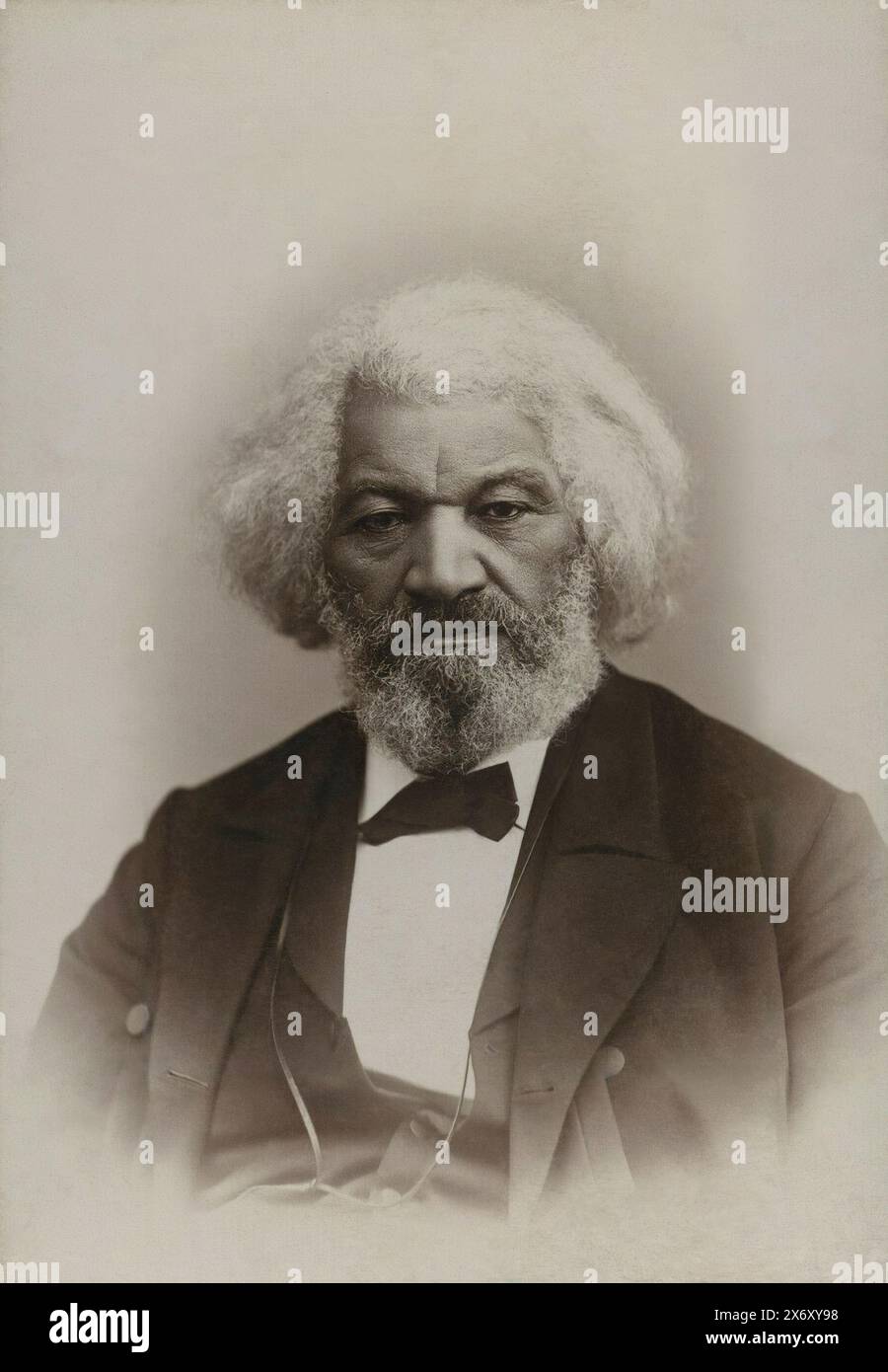 Portrait of Frederick Douglass Stock Photohttps://www.alamy.com/image-license-details/?v=1https://www.alamy.com/portrait-of-frederick-douglass-image606642996.html
Portrait of Frederick Douglass Stock Photohttps://www.alamy.com/image-license-details/?v=1https://www.alamy.com/portrait-of-frederick-douglass-image606642996.htmlRM2X6XY98–Portrait of Frederick Douglass
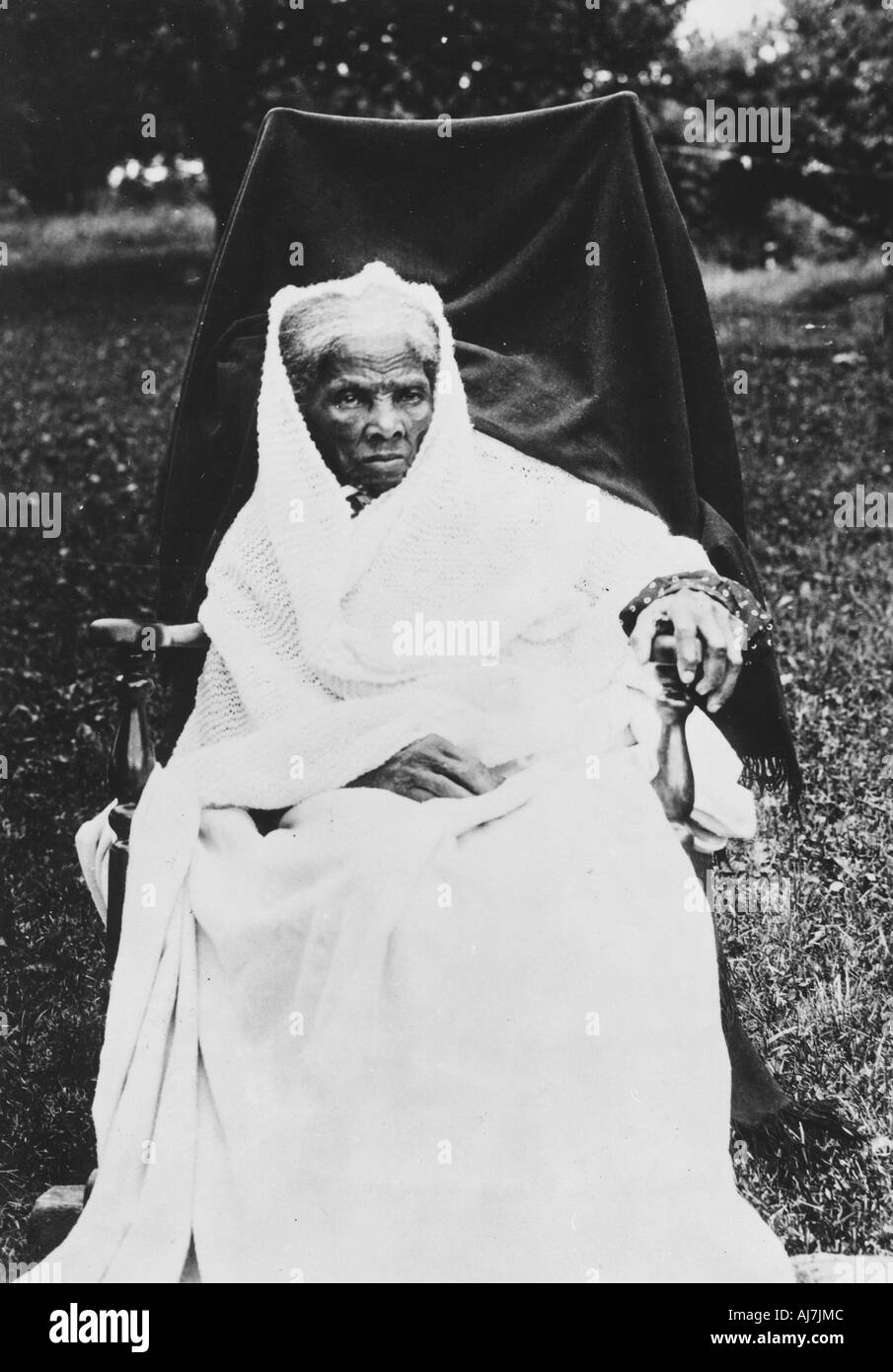 Harriet Tubman, American anti-slavery activist, c1913. Artist: Unknown Stock Photohttps://www.alamy.com/image-license-details/?v=1https://www.alamy.com/harriet-tubman-american-anti-slavery-activist-c1913-artist-unknown-image8370379.html
Harriet Tubman, American anti-slavery activist, c1913. Artist: Unknown Stock Photohttps://www.alamy.com/image-license-details/?v=1https://www.alamy.com/harriet-tubman-american-anti-slavery-activist-c1913-artist-unknown-image8370379.htmlRMAJ7JMC–Harriet Tubman, American anti-slavery activist, c1913. Artist: Unknown
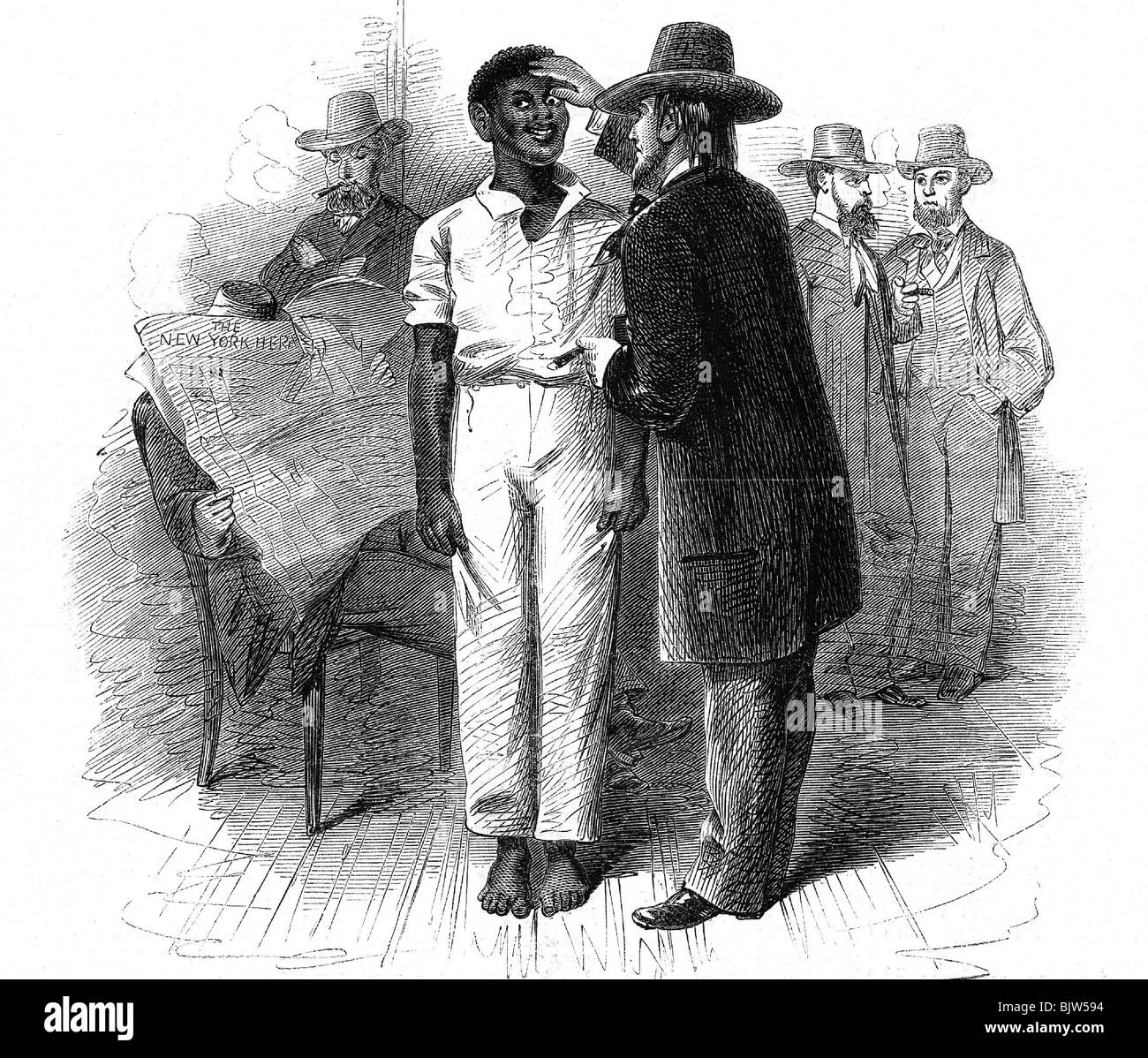 slavery, auction of African slaves, Virginia, USA, wood engraving, circa 1855, Stock Photohttps://www.alamy.com/image-license-details/?v=1https://www.alamy.com/stock-photo-slavery-auction-of-african-slaves-virginia-usa-wood-engraving-circa-28827152.html
slavery, auction of African slaves, Virginia, USA, wood engraving, circa 1855, Stock Photohttps://www.alamy.com/image-license-details/?v=1https://www.alamy.com/stock-photo-slavery-auction-of-african-slaves-virginia-usa-wood-engraving-circa-28827152.htmlRMBJW594–slavery, auction of African slaves, Virginia, USA, wood engraving, circa 1855,
 The National Memorial for Peace and Justice or National Lynching Memorial, Montgomery, Alabama, USA Stock Photohttps://www.alamy.com/image-license-details/?v=1https://www.alamy.com/the-national-memorial-for-peace-and-justice-or-national-lynching-memorial-montgomery-alabama-usa-image185721438.html
The National Memorial for Peace and Justice or National Lynching Memorial, Montgomery, Alabama, USA Stock Photohttps://www.alamy.com/image-license-details/?v=1https://www.alamy.com/the-national-memorial-for-peace-and-justice-or-national-lynching-memorial-montgomery-alabama-usa-image185721438.htmlRMMP49GE–The National Memorial for Peace and Justice or National Lynching Memorial, Montgomery, Alabama, USA
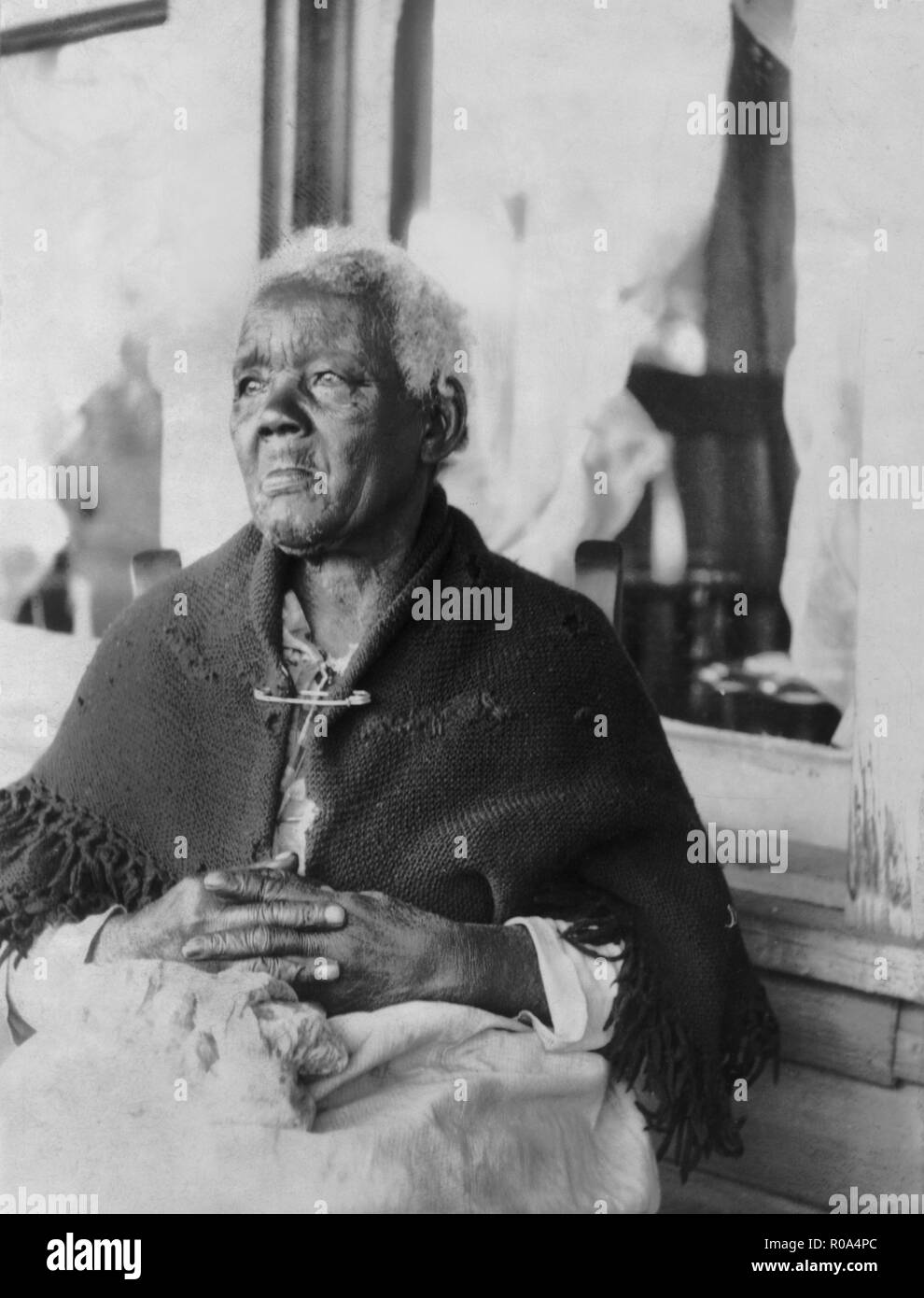 Former Slave Sarah Gulder, Age 121, Alabama, USA, from Federal Writer's Project, Born in Slavery: Slave Narratives, United States Work Projects Administration, 1936 Stock Photohttps://www.alamy.com/image-license-details/?v=1https://www.alamy.com/former-slave-sarah-gulder-age-121-alabama-usa-from-federal-writers-project-born-in-slavery-slave-narratives-united-states-work-projects-administration-1936-image223958068.html
Former Slave Sarah Gulder, Age 121, Alabama, USA, from Federal Writer's Project, Born in Slavery: Slave Narratives, United States Work Projects Administration, 1936 Stock Photohttps://www.alamy.com/image-license-details/?v=1https://www.alamy.com/former-slave-sarah-gulder-age-121-alabama-usa-from-federal-writers-project-born-in-slavery-slave-narratives-united-states-work-projects-administration-1936-image223958068.htmlRMR0A4PC–Former Slave Sarah Gulder, Age 121, Alabama, USA, from Federal Writer's Project, Born in Slavery: Slave Narratives, United States Work Projects Administration, 1936
 Plaque with history of freedom of slaves area in Brooklyn in Dumbo in 1827 Stock Photohttps://www.alamy.com/image-license-details/?v=1https://www.alamy.com/stock-photo-plaque-with-history-of-freedom-of-slaves-area-in-brooklyn-in-dumbo-177242146.html
Plaque with history of freedom of slaves area in Brooklyn in Dumbo in 1827 Stock Photohttps://www.alamy.com/image-license-details/?v=1https://www.alamy.com/stock-photo-plaque-with-history-of-freedom-of-slaves-area-in-brooklyn-in-dumbo-177242146.htmlRMM8A24J–Plaque with history of freedom of slaves area in Brooklyn in Dumbo in 1827
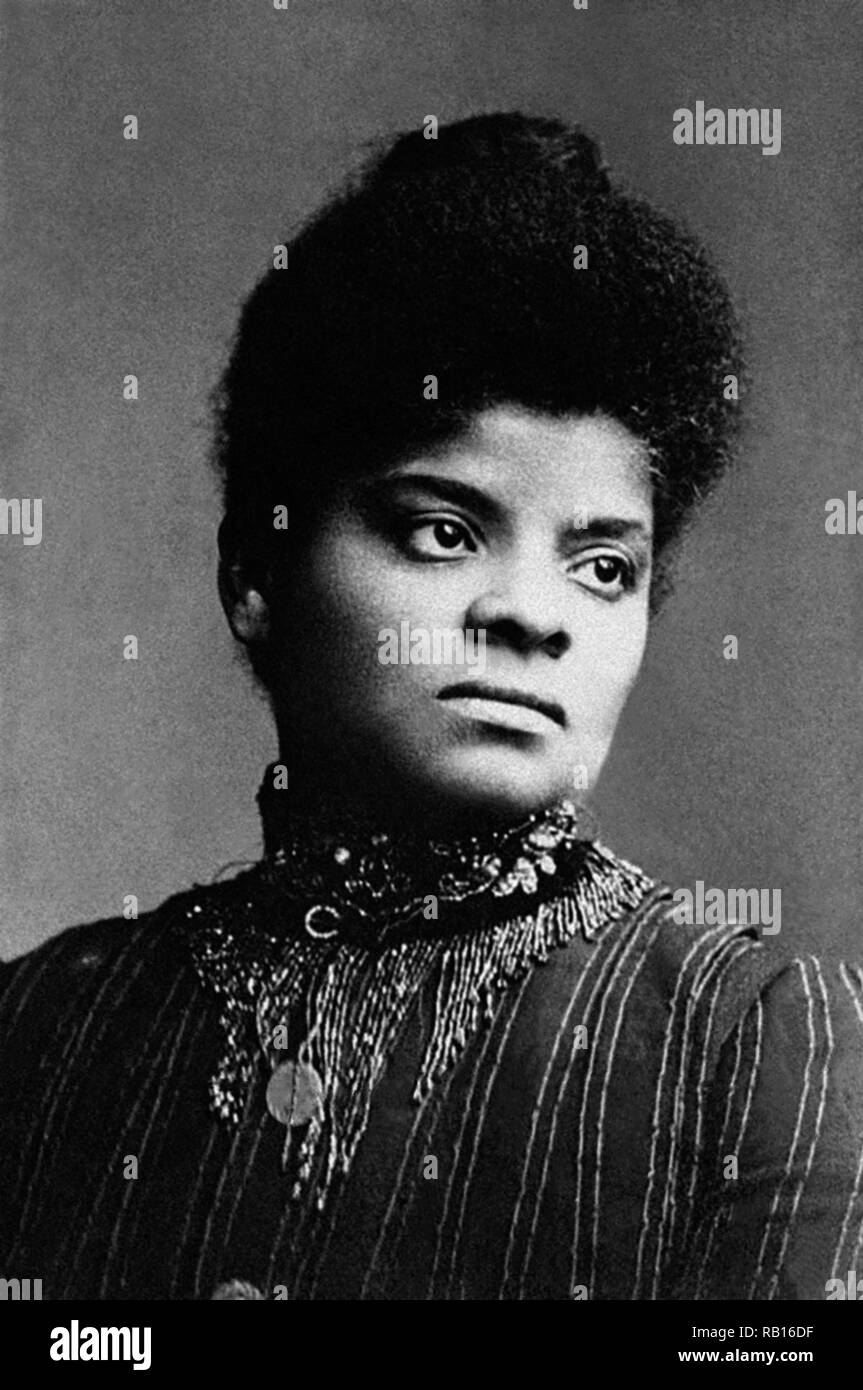 Born into slavery, Ida B. Wells was an African-American investigative journalist, educator, and an early leader in the Civil Rights Movement. (Photo circa 1893 or 1894) Stock Photohttps://www.alamy.com/image-license-details/?v=1https://www.alamy.com/born-into-slavery-ida-b-wells-was-an-african-american-investigative-journalist-educator-and-an-early-leader-in-the-civil-rights-movement-photo-circa-1893-or-1894-image230523035.html
Born into slavery, Ida B. Wells was an African-American investigative journalist, educator, and an early leader in the Civil Rights Movement. (Photo circa 1893 or 1894) Stock Photohttps://www.alamy.com/image-license-details/?v=1https://www.alamy.com/born-into-slavery-ida-b-wells-was-an-african-american-investigative-journalist-educator-and-an-early-leader-in-the-civil-rights-movement-photo-circa-1893-or-1894-image230523035.htmlRMRB16DF–Born into slavery, Ida B. Wells was an African-American investigative journalist, educator, and an early leader in the Civil Rights Movement. (Photo circa 1893 or 1894)
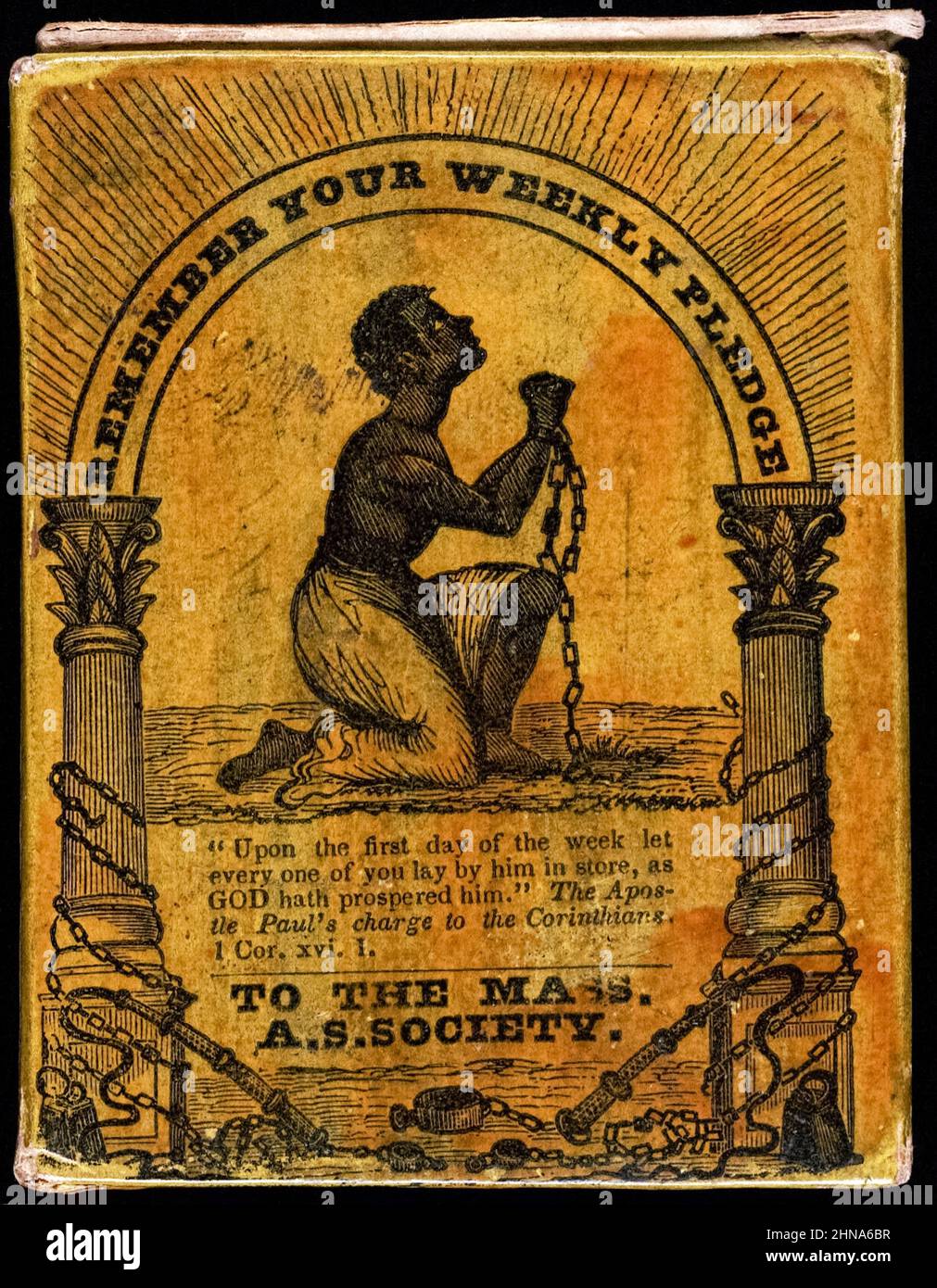 Front view of a collection box for Massachusetts Anti-Slavery Society showing an image of slave in chains praying with whips, chains and shackles below circa 1850. Stock Photohttps://www.alamy.com/image-license-details/?v=1https://www.alamy.com/front-view-of-a-collection-box-for-massachusetts-anti-slavery-society-showing-an-image-of-slave-in-chains-praying-with-whips-chains-and-shackles-below-circa-1850-image460601899.html
Front view of a collection box for Massachusetts Anti-Slavery Society showing an image of slave in chains praying with whips, chains and shackles below circa 1850. Stock Photohttps://www.alamy.com/image-license-details/?v=1https://www.alamy.com/front-view-of-a-collection-box-for-massachusetts-anti-slavery-society-showing-an-image-of-slave-in-chains-praying-with-whips-chains-and-shackles-below-circa-1850-image460601899.htmlRM2HNA6BR–Front view of a collection box for Massachusetts Anti-Slavery Society showing an image of slave in chains praying with whips, chains and shackles below circa 1850.
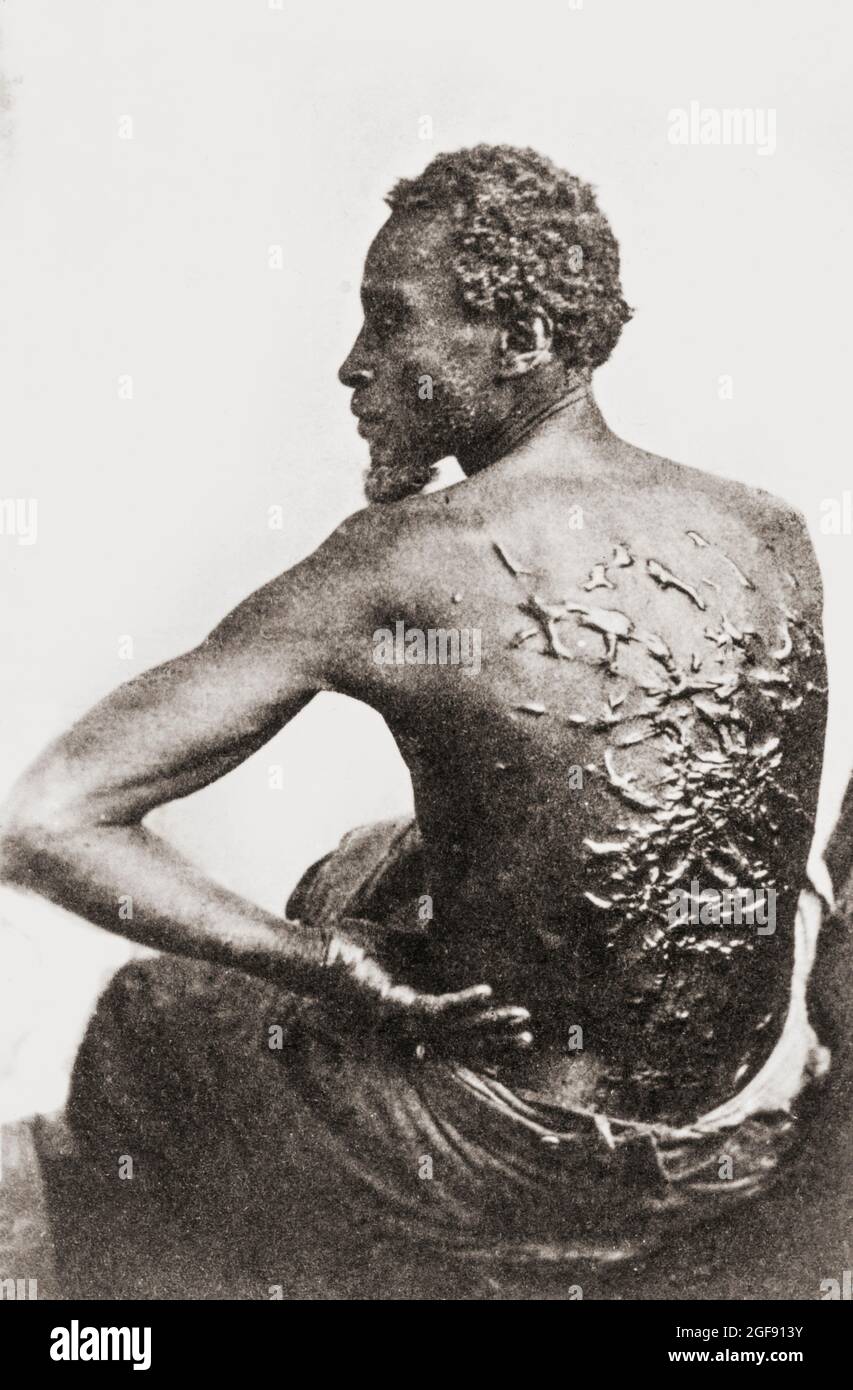 The Scourged Back. The scarred back of an African-American slave named Gordon who escaped from Mississippi and reached a Union Army camp in Louisiana in 1863. The photograph is attributed to two photographers, McPherson and Oliver, who were in the camp at the time. It became one of the best known photographs of the Civil War and a powerful weapon for abolitionists. Gordon served in the Union army African American regiment and reached the rank of sergeant. Stock Photohttps://www.alamy.com/image-license-details/?v=1https://www.alamy.com/the-scourged-back-the-scarred-back-of-an-african-american-slave-named-gordon-who-escaped-from-mississippi-and-reached-a-union-army-camp-in-louisiana-in-1863-the-photograph-is-attributed-to-two-photographers-mcpherson-and-oliver-who-were-in-the-camp-at-the-time-it-became-one-of-the-best-known-photographs-of-the-civil-war-and-a-powerful-weapon-for-abolitionists-gordon-served-in-the-union-army-african-american-regiment-and-reached-the-rank-of-sergeant-image439677503.html
The Scourged Back. The scarred back of an African-American slave named Gordon who escaped from Mississippi and reached a Union Army camp in Louisiana in 1863. The photograph is attributed to two photographers, McPherson and Oliver, who were in the camp at the time. It became one of the best known photographs of the Civil War and a powerful weapon for abolitionists. Gordon served in the Union army African American regiment and reached the rank of sergeant. Stock Photohttps://www.alamy.com/image-license-details/?v=1https://www.alamy.com/the-scourged-back-the-scarred-back-of-an-african-american-slave-named-gordon-who-escaped-from-mississippi-and-reached-a-union-army-camp-in-louisiana-in-1863-the-photograph-is-attributed-to-two-photographers-mcpherson-and-oliver-who-were-in-the-camp-at-the-time-it-became-one-of-the-best-known-photographs-of-the-civil-war-and-a-powerful-weapon-for-abolitionists-gordon-served-in-the-union-army-african-american-regiment-and-reached-the-rank-of-sergeant-image439677503.htmlRM2GF913Y–The Scourged Back. The scarred back of an African-American slave named Gordon who escaped from Mississippi and reached a Union Army camp in Louisiana in 1863. The photograph is attributed to two photographers, McPherson and Oliver, who were in the camp at the time. It became one of the best known photographs of the Civil War and a powerful weapon for abolitionists. Gordon served in the Union army African American regiment and reached the rank of sergeant.
 Phillis Wheatley, servant to Mr. John Wheatley, of Boston Phillis Wheatley Peters, also spelled Phyllis and Wheatly (c. 1753– 1784) was an American author who is considered the first African-American author of a published book of poetry. Born in West Africa, she was kidnapped and subsequently sold into slavery at the age of seven or eight and transported to North America, where she was bought by the Wheatley family of Boston. After she learned to read and write, they encouraged her poetry when they saw her talent. The publication in London of her Poems on Various Subjects, Religious and Moral Stock Photohttps://www.alamy.com/image-license-details/?v=1https://www.alamy.com/phillis-wheatley-servant-to-mr-john-wheatley-of-boston-phillis-wheatley-peters-also-spelled-phyllis-and-wheatly-c1753-1784-was-an-american-author-who-is-considered-the-first-african-american-author-of-a-published-book-of-poetry-born-in-west-africa-she-was-kidnapped-and-subsequently-sold-into-slavery-at-the-age-of-seven-or-eight-and-transported-to-north-america-where-she-was-bought-by-the-wheatley-family-of-boston-after-she-learned-to-read-and-write-they-encouraged-her-poetry-when-they-saw-her-talent-the-publication-in-london-of-her-poems-on-various-subjects-religious-and-moral-image623199472.html
Phillis Wheatley, servant to Mr. John Wheatley, of Boston Phillis Wheatley Peters, also spelled Phyllis and Wheatly (c. 1753– 1784) was an American author who is considered the first African-American author of a published book of poetry. Born in West Africa, she was kidnapped and subsequently sold into slavery at the age of seven or eight and transported to North America, where she was bought by the Wheatley family of Boston. After she learned to read and write, they encouraged her poetry when they saw her talent. The publication in London of her Poems on Various Subjects, Religious and Moral Stock Photohttps://www.alamy.com/image-license-details/?v=1https://www.alamy.com/phillis-wheatley-servant-to-mr-john-wheatley-of-boston-phillis-wheatley-peters-also-spelled-phyllis-and-wheatly-c1753-1784-was-an-american-author-who-is-considered-the-first-african-american-author-of-a-published-book-of-poetry-born-in-west-africa-she-was-kidnapped-and-subsequently-sold-into-slavery-at-the-age-of-seven-or-eight-and-transported-to-north-america-where-she-was-bought-by-the-wheatley-family-of-boston-after-she-learned-to-read-and-write-they-encouraged-her-poetry-when-they-saw-her-talent-the-publication-in-london-of-her-poems-on-various-subjects-religious-and-moral-image623199472.htmlRM2Y5W580–Phillis Wheatley, servant to Mr. John Wheatley, of Boston Phillis Wheatley Peters, also spelled Phyllis and Wheatly (c. 1753– 1784) was an American author who is considered the first African-American author of a published book of poetry. Born in West Africa, she was kidnapped and subsequently sold into slavery at the age of seven or eight and transported to North America, where she was bought by the Wheatley family of Boston. After she learned to read and write, they encouraged her poetry when they saw her talent. The publication in London of her Poems on Various Subjects, Religious and Moral
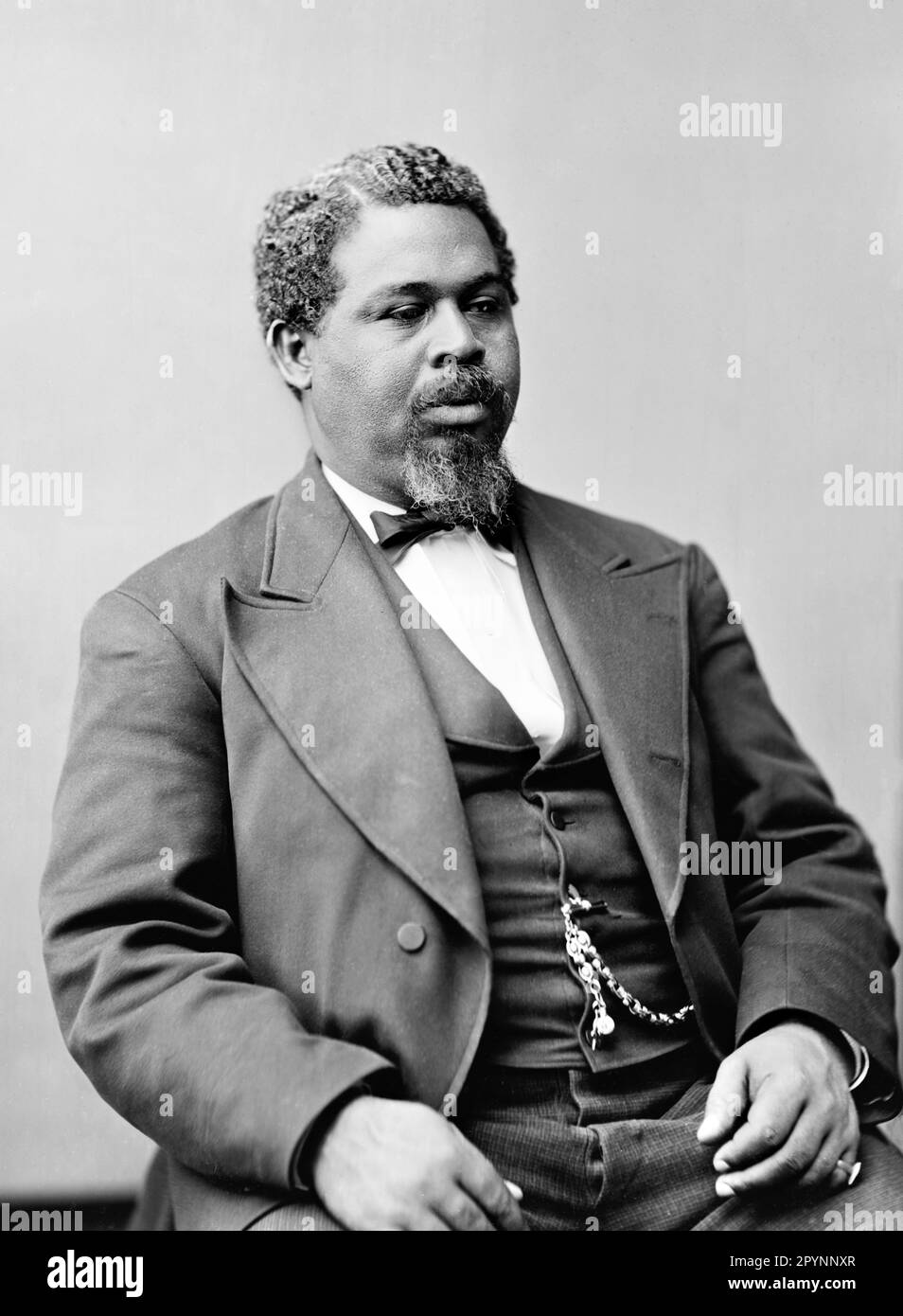 Robert Smalls. Portrait of African American politician and businessman who was born into slavery, Robert Smalls (1839-1915). c. 1870-80 Stock Photohttps://www.alamy.com/image-license-details/?v=1https://www.alamy.com/robert-smalls-portrait-of-african-american-politician-and-businessman-who-was-born-into-slavery-robert-smalls-1839-1915-c-1870-80-image550595327.html
Robert Smalls. Portrait of African American politician and businessman who was born into slavery, Robert Smalls (1839-1915). c. 1870-80 Stock Photohttps://www.alamy.com/image-license-details/?v=1https://www.alamy.com/robert-smalls-portrait-of-african-american-politician-and-businessman-who-was-born-into-slavery-robert-smalls-1839-1915-c-1870-80-image550595327.htmlRM2PYNNXR–Robert Smalls. Portrait of African American politician and businessman who was born into slavery, Robert Smalls (1839-1915). c. 1870-80
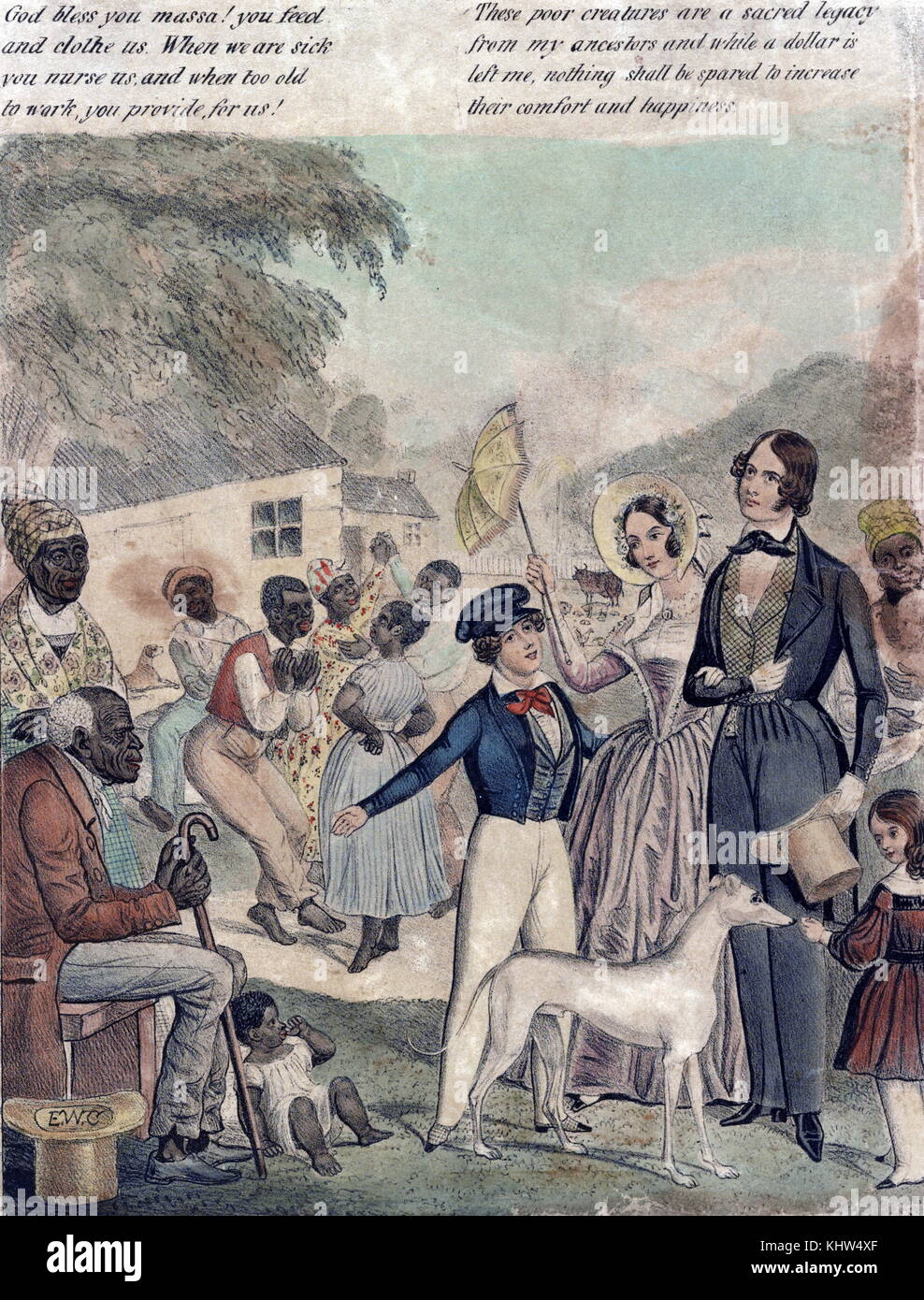 Print depicting an idealised portrayal of American slavery and the conditions of blacks under the 1841 system. Dated 19th Century Stock Photohttps://www.alamy.com/image-license-details/?v=1https://www.alamy.com/stock-image-print-depicting-an-idealised-portrayal-of-american-slavery-and-the-165895143.html
Print depicting an idealised portrayal of American slavery and the conditions of blacks under the 1841 system. Dated 19th Century Stock Photohttps://www.alamy.com/image-license-details/?v=1https://www.alamy.com/stock-image-print-depicting-an-idealised-portrayal-of-american-slavery-and-the-165895143.htmlRMKHW4XF–Print depicting an idealised portrayal of American slavery and the conditions of blacks under the 1841 system. Dated 19th Century
 The Parting--Buy us too - Card showing Afro-American slave being separated from wife and child. Stock Photohttps://www.alamy.com/image-license-details/?v=1https://www.alamy.com/stock-photo-the-parting-buy-us-too-card-showing-afro-american-slave-being-separated-30209921.html
The Parting--Buy us too - Card showing Afro-American slave being separated from wife and child. Stock Photohttps://www.alamy.com/image-license-details/?v=1https://www.alamy.com/stock-photo-the-parting-buy-us-too-card-showing-afro-american-slave-being-separated-30209921.htmlRMBN451N–The Parting--Buy us too - Card showing Afro-American slave being separated from wife and child.
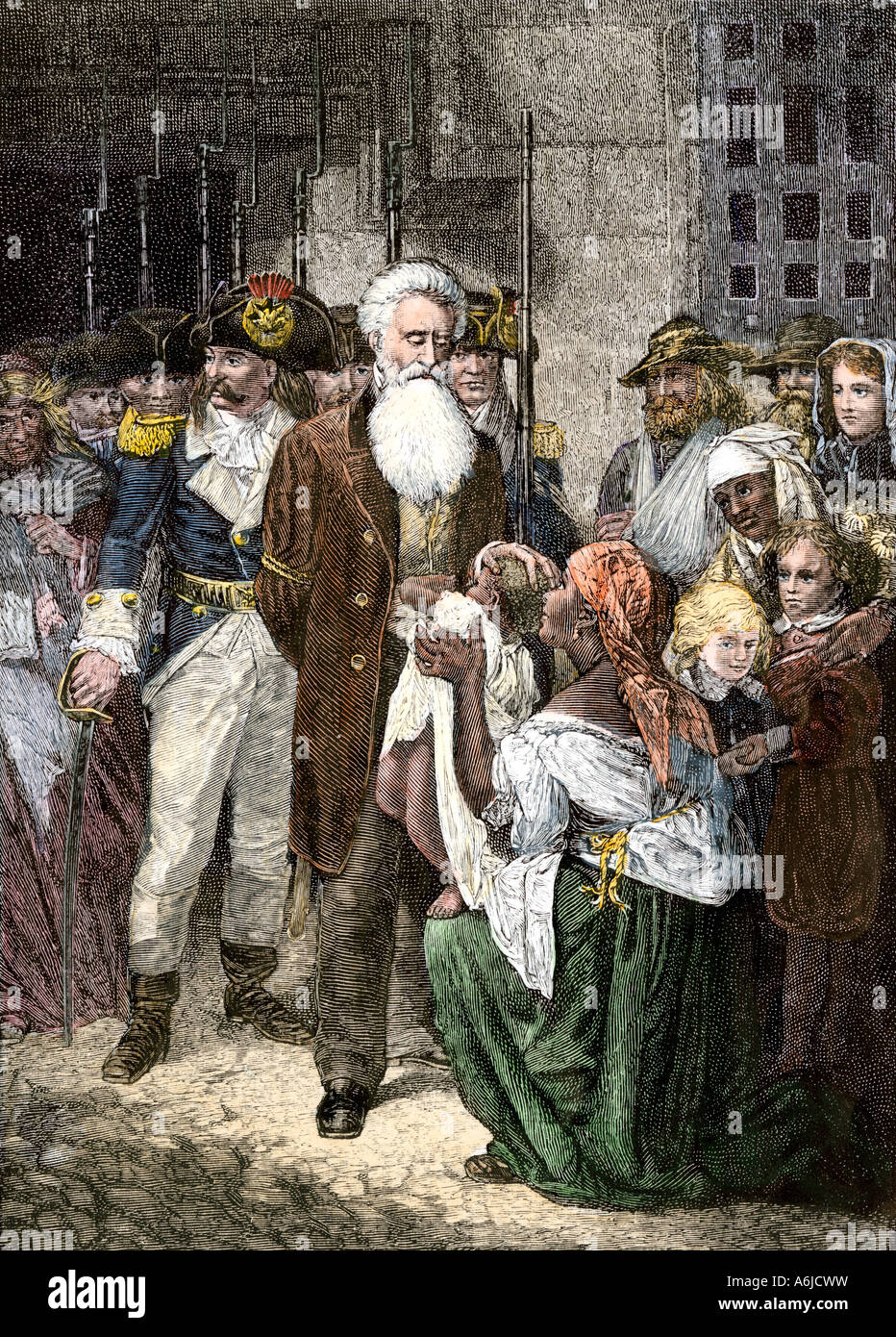 John Brown stopping to see a black child on his way to execution for his raid on Harpers Ferry West Virginia, 1859. Hand-colored woodcut Stock Photohttps://www.alamy.com/image-license-details/?v=1https://www.alamy.com/stock-photo-john-brown-stopping-to-see-a-black-child-on-his-way-to-execution-for-11588724.html
John Brown stopping to see a black child on his way to execution for his raid on Harpers Ferry West Virginia, 1859. Hand-colored woodcut Stock Photohttps://www.alamy.com/image-license-details/?v=1https://www.alamy.com/stock-photo-john-brown-stopping-to-see-a-black-child-on-his-way-to-execution-for-11588724.htmlRMA6JCWW–John Brown stopping to see a black child on his way to execution for his raid on Harpers Ferry West Virginia, 1859. Hand-colored woodcut
 A senior African American woman drives her horse and wagon across the muddy yard of a sharecropper plantation in the American South, ca. 1910. Stock Photohttps://www.alamy.com/image-license-details/?v=1https://www.alamy.com/stock-photo-a-senior-african-american-woman-drives-her-horse-and-wagon-across-174639948.html
A senior African American woman drives her horse and wagon across the muddy yard of a sharecropper plantation in the American South, ca. 1910. Stock Photohttps://www.alamy.com/image-license-details/?v=1https://www.alamy.com/stock-photo-a-senior-african-american-woman-drives-her-horse-and-wagon-across-174639948.htmlRMM43F10–A senior African American woman drives her horse and wagon across the muddy yard of a sharecropper plantation in the American South, ca. 1910.
 Afro-American Monument Published 1897. slave auction from a Composite of thirteen scenes pertaining to Afro-American history Stock Photohttps://www.alamy.com/image-license-details/?v=1https://www.alamy.com/afro-american-monument-published-1897-slave-auction-from-a-composite-of-thirteen-scenes-pertaining-to-afro-american-history-image330688869.html
Afro-American Monument Published 1897. slave auction from a Composite of thirteen scenes pertaining to Afro-American history Stock Photohttps://www.alamy.com/image-license-details/?v=1https://www.alamy.com/afro-american-monument-published-1897-slave-auction-from-a-composite-of-thirteen-scenes-pertaining-to-afro-american-history-image330688869.htmlRM2A6050N–Afro-American Monument Published 1897. slave auction from a Composite of thirteen scenes pertaining to Afro-American history
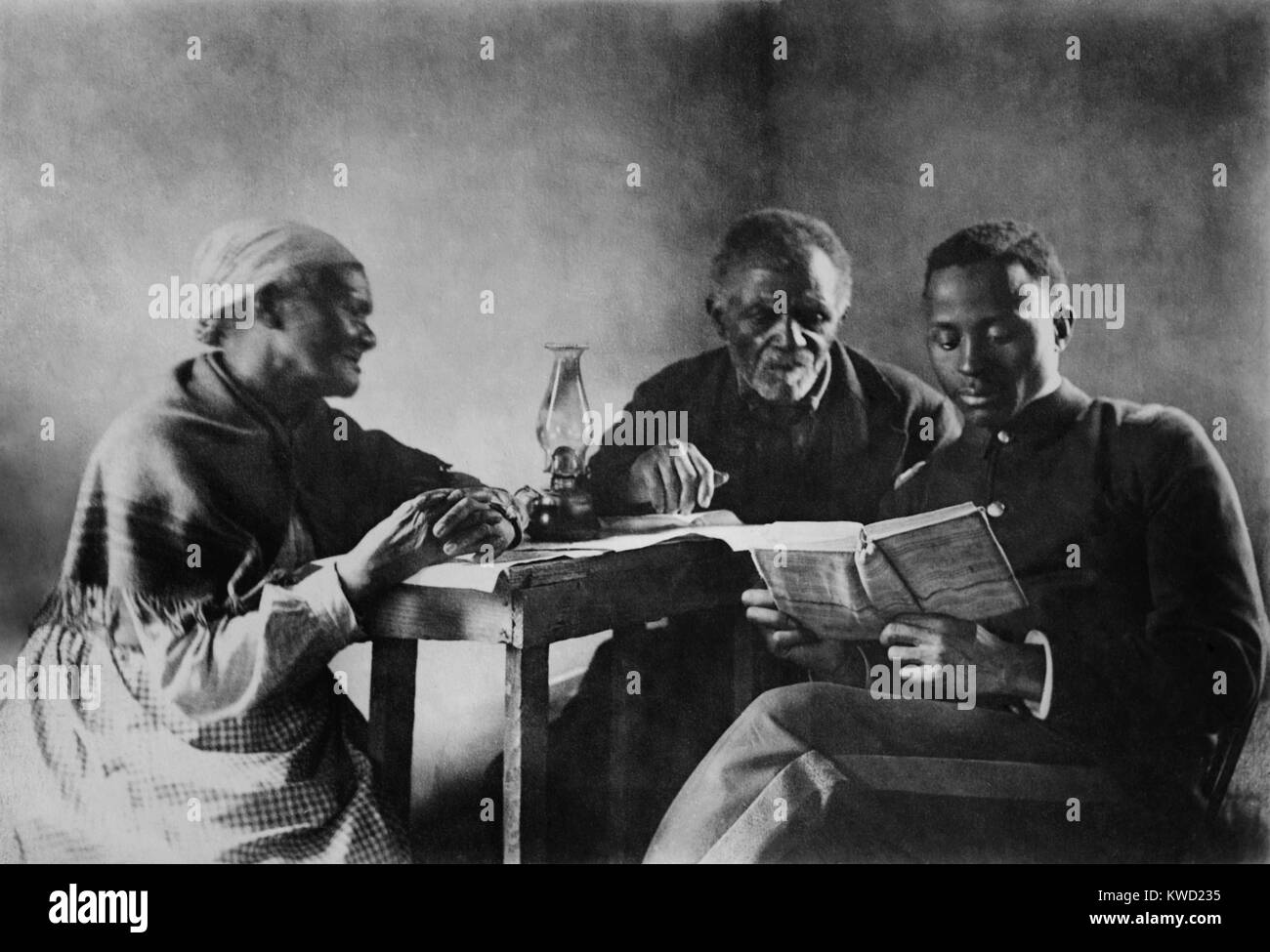 African American son reading the Bible to his parents, c. 1890-1920. This generational family portrait evokes the hope of progress after slavery. The young man wears a military inform similar to those worn at Hampton and Tuskegee institutes, African American Colleges of the period (BSLOC 2017 20 112) Stock Photohttps://www.alamy.com/image-license-details/?v=1https://www.alamy.com/stock-photo-african-american-son-reading-the-bible-to-his-parents-c-1890-1920-170546745.html
African American son reading the Bible to his parents, c. 1890-1920. This generational family portrait evokes the hope of progress after slavery. The young man wears a military inform similar to those worn at Hampton and Tuskegee institutes, African American Colleges of the period (BSLOC 2017 20 112) Stock Photohttps://www.alamy.com/image-license-details/?v=1https://www.alamy.com/stock-photo-african-american-son-reading-the-bible-to-his-parents-c-1890-1920-170546745.htmlRMKWD235–African American son reading the Bible to his parents, c. 1890-1920. This generational family portrait evokes the hope of progress after slavery. The young man wears a military inform similar to those worn at Hampton and Tuskegee institutes, African American Colleges of the period (BSLOC 2017 20 112)
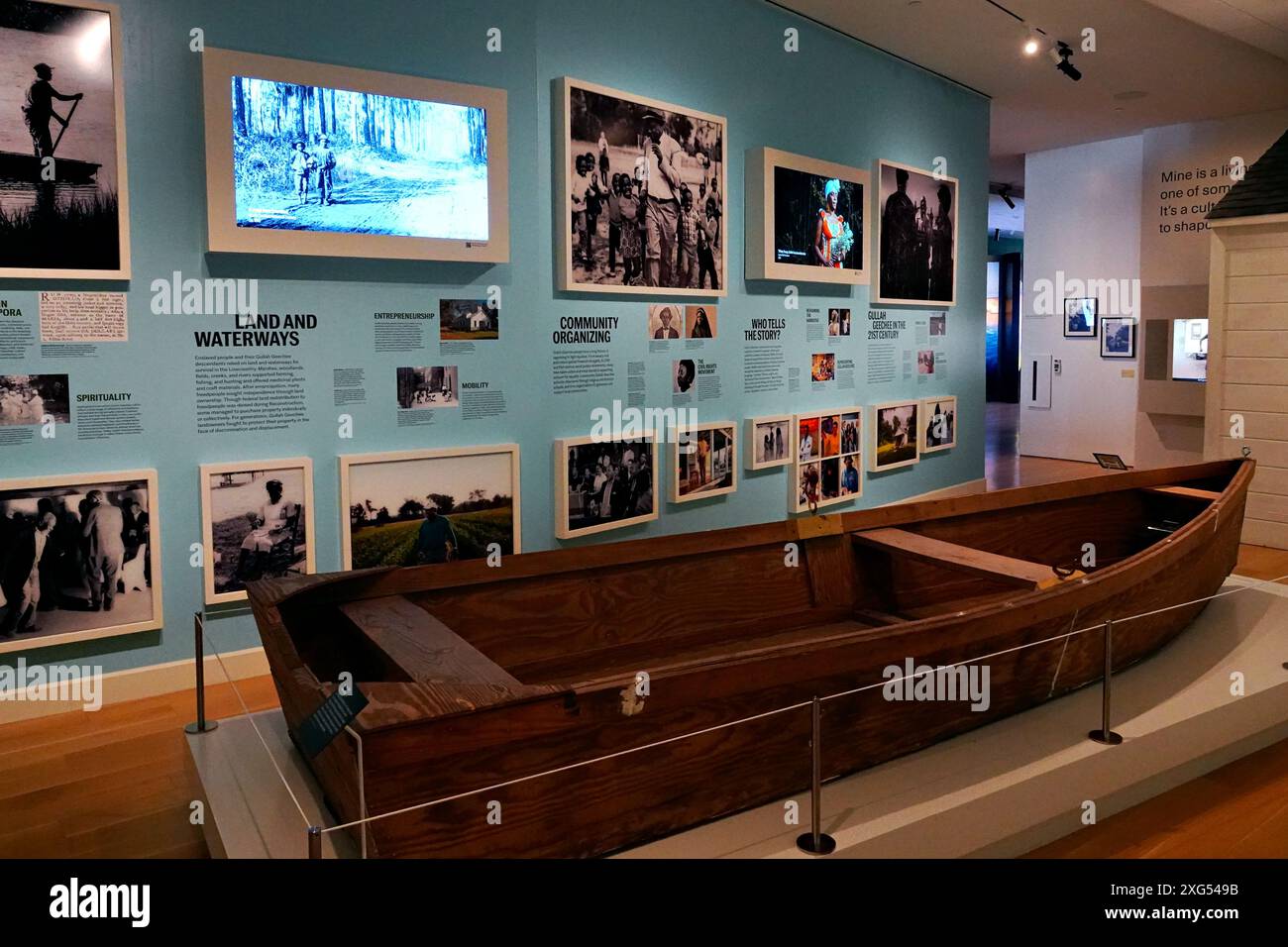 A display featuring the Gullah Geechee people at the International African American Museum at Gadsden’s Wharf in Charleston, South Carolina. The museum tells the story of slavery in the United States. Stock Photohttps://www.alamy.com/image-license-details/?v=1https://www.alamy.com/a-display-featuring-the-gullah-geechee-people-at-the-international-african-american-museum-at-gadsdens-wharf-in-charleston-south-carolina-the-museum-tells-the-story-of-slavery-in-the-united-states-image612310535.html
A display featuring the Gullah Geechee people at the International African American Museum at Gadsden’s Wharf in Charleston, South Carolina. The museum tells the story of slavery in the United States. Stock Photohttps://www.alamy.com/image-license-details/?v=1https://www.alamy.com/a-display-featuring-the-gullah-geechee-people-at-the-international-african-american-museum-at-gadsdens-wharf-in-charleston-south-carolina-the-museum-tells-the-story-of-slavery-in-the-united-states-image612310535.htmlRM2XG549B–A display featuring the Gullah Geechee people at the International African American Museum at Gadsden’s Wharf in Charleston, South Carolina. The museum tells the story of slavery in the United States.
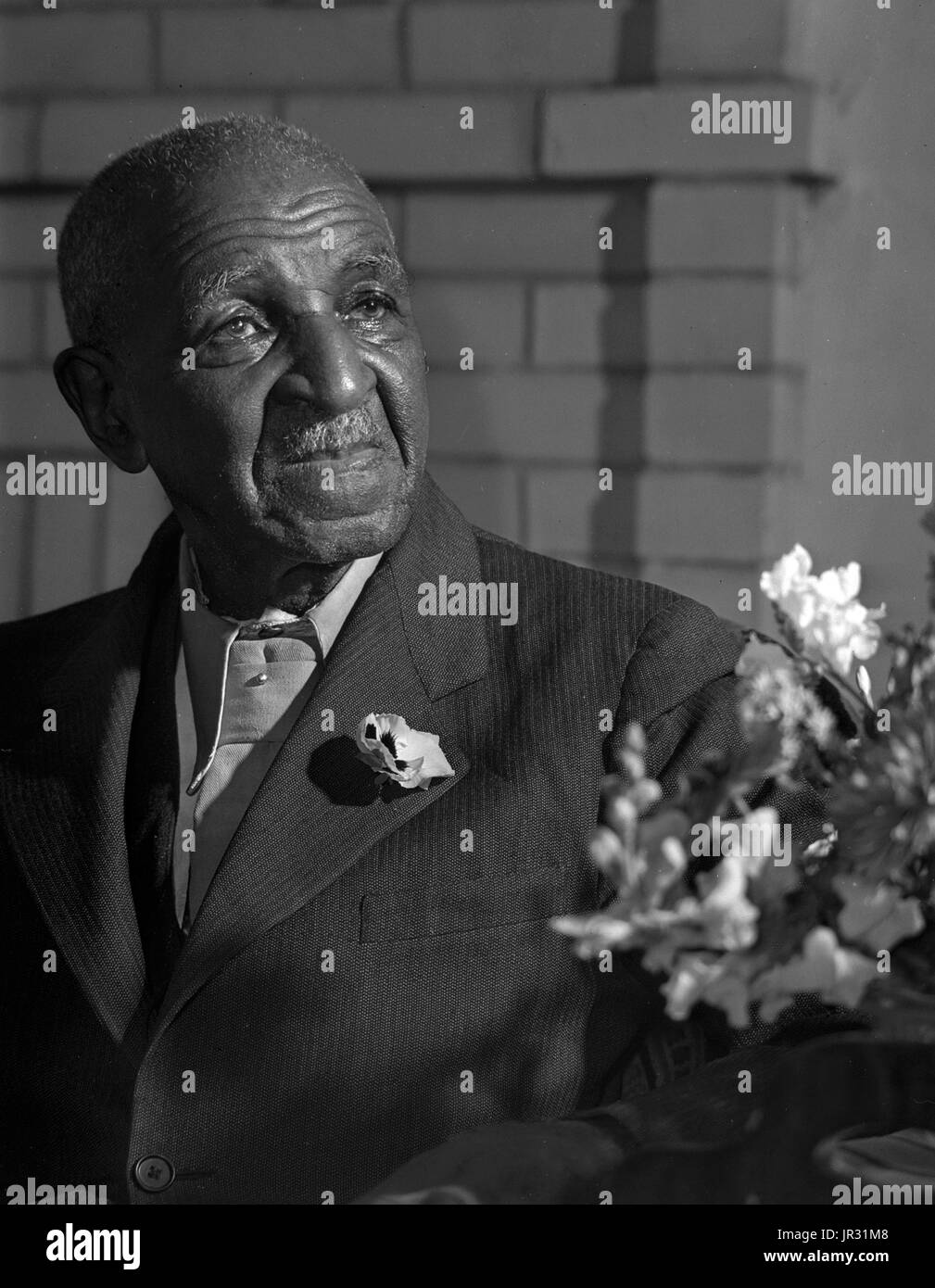 George Washington Carver (1864 - January 5, 1943) was an African-American scientist, botanist, educator, and inventor born into slavery. In 1891 he attended and studied botany at Iowa State Agricultural College where he was the first black student, and later taught as the first black faculty member. His reputation is based on his research into and promotion of alternative crops to cotton, such as peanuts, soybeans and sweet potatoes, which also aided nutrition for farm families. He wanted poor farmers to grow alternative crops both as a source of their own food and as a source of other product Stock Photohttps://www.alamy.com/image-license-details/?v=1https://www.alamy.com/george-washington-carver-1864-january-5-1943-was-an-african-american-image151887240.html
George Washington Carver (1864 - January 5, 1943) was an African-American scientist, botanist, educator, and inventor born into slavery. In 1891 he attended and studied botany at Iowa State Agricultural College where he was the first black student, and later taught as the first black faculty member. His reputation is based on his research into and promotion of alternative crops to cotton, such as peanuts, soybeans and sweet potatoes, which also aided nutrition for farm families. He wanted poor farmers to grow alternative crops both as a source of their own food and as a source of other product Stock Photohttps://www.alamy.com/image-license-details/?v=1https://www.alamy.com/george-washington-carver-1864-january-5-1943-was-an-african-american-image151887240.htmlRMJR31M8–George Washington Carver (1864 - January 5, 1943) was an African-American scientist, botanist, educator, and inventor born into slavery. In 1891 he attended and studied botany at Iowa State Agricultural College where he was the first black student, and later taught as the first black faculty member. His reputation is based on his research into and promotion of alternative crops to cotton, such as peanuts, soybeans and sweet potatoes, which also aided nutrition for farm families. He wanted poor farmers to grow alternative crops both as a source of their own food and as a source of other product
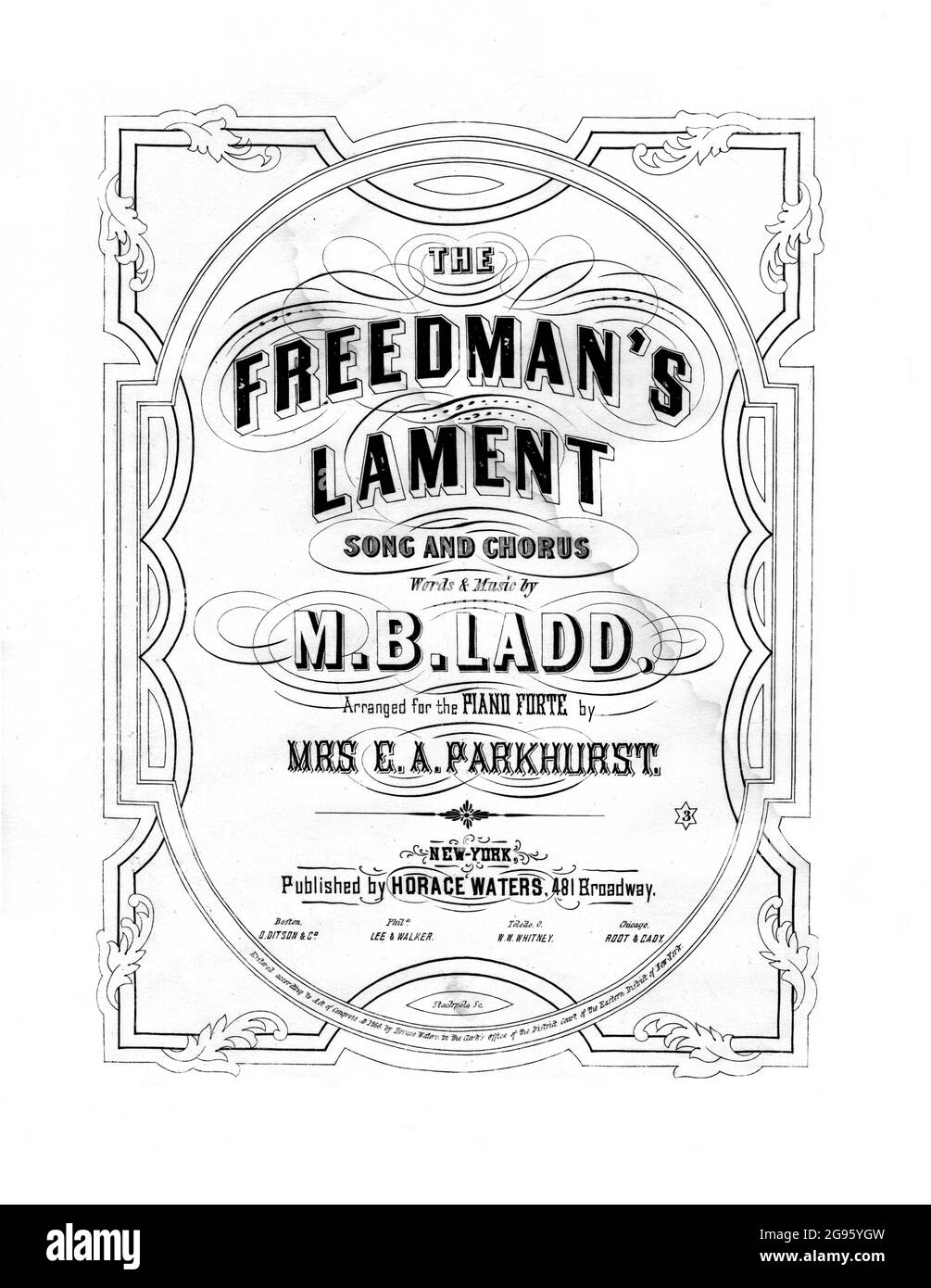 Freeman's Lament, 1866 sheet music related to African American slavery, emancipation and reconstruction. Stock Photohttps://www.alamy.com/image-license-details/?v=1https://www.alamy.com/freemans-lament-1866-sheet-music-related-to-african-american-slavery-emancipation-and-reconstruction-image435922505.html
Freeman's Lament, 1866 sheet music related to African American slavery, emancipation and reconstruction. Stock Photohttps://www.alamy.com/image-license-details/?v=1https://www.alamy.com/freemans-lament-1866-sheet-music-related-to-african-american-slavery-emancipation-and-reconstruction-image435922505.htmlRF2G95YGW–Freeman's Lament, 1866 sheet music related to African American slavery, emancipation and reconstruction.
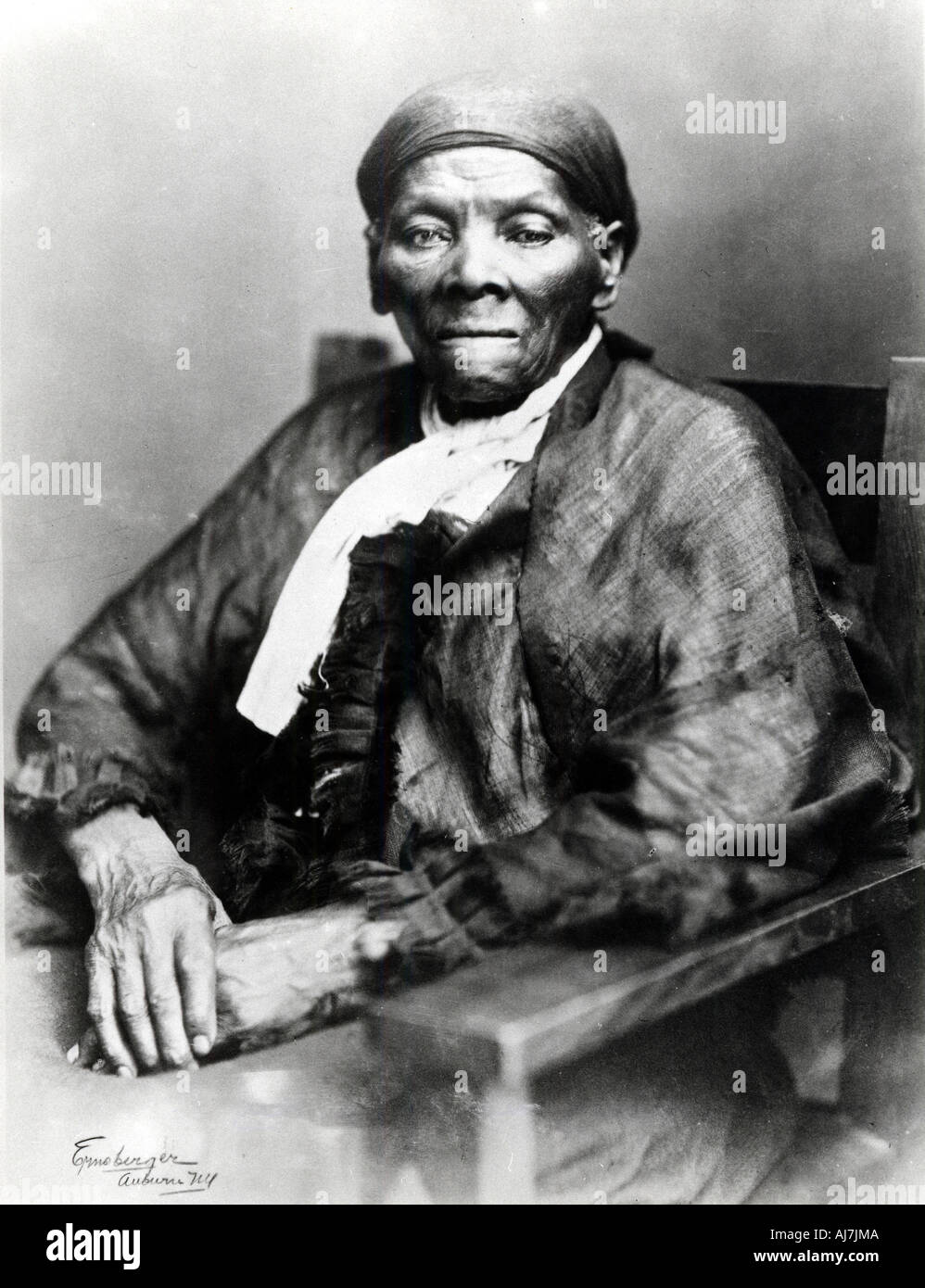 Harriet Tubman, American anti-slavery activist, c1900. Artist: Unknown Stock Photohttps://www.alamy.com/image-license-details/?v=1https://www.alamy.com/harriet-tubman-american-anti-slavery-activist-c1900-artist-unknown-image8370377.html
Harriet Tubman, American anti-slavery activist, c1900. Artist: Unknown Stock Photohttps://www.alamy.com/image-license-details/?v=1https://www.alamy.com/harriet-tubman-american-anti-slavery-activist-c1900-artist-unknown-image8370377.htmlRMAJ7JMA–Harriet Tubman, American anti-slavery activist, c1900. Artist: Unknown
 Wilson Chinn, a branded former slave from Louisiana, wearing a punishment collar and leg irons and chains, American slavery, 1863 Stock Photohttps://www.alamy.com/image-license-details/?v=1https://www.alamy.com/wilson-chinn-a-branded-former-slave-from-louisiana-wearing-a-punishment-collar-and-leg-irons-and-chains-american-slavery-1863-image245172323.html
Wilson Chinn, a branded former slave from Louisiana, wearing a punishment collar and leg irons and chains, American slavery, 1863 Stock Photohttps://www.alamy.com/image-license-details/?v=1https://www.alamy.com/wilson-chinn-a-branded-former-slave-from-louisiana-wearing-a-punishment-collar-and-leg-irons-and-chains-american-slavery-1863-image245172323.htmlRMT6TFPB–Wilson Chinn, a branded former slave from Louisiana, wearing a punishment collar and leg irons and chains, American slavery, 1863
 The National Memorial for Peace and Justice or National Lynching Memorial, Montgomery, Alabama, USA Stock Photohttps://www.alamy.com/image-license-details/?v=1https://www.alamy.com/the-national-memorial-for-peace-and-justice-or-national-lynching-memorial-montgomery-alabama-usa-image185721435.html
The National Memorial for Peace and Justice or National Lynching Memorial, Montgomery, Alabama, USA Stock Photohttps://www.alamy.com/image-license-details/?v=1https://www.alamy.com/the-national-memorial-for-peace-and-justice-or-national-lynching-memorial-montgomery-alabama-usa-image185721435.htmlRMMP49GB–The National Memorial for Peace and Justice or National Lynching Memorial, Montgomery, Alabama, USA
 Former Slave Tempie Herndon Durham, Age 103, Alabama, USA, from Federal Writer's Project, Born in Slavery: Slave Narratives, United States Work Projects Administration, 1936 Stock Photohttps://www.alamy.com/image-license-details/?v=1https://www.alamy.com/former-slave-tempie-herndon-durham-age-103-alabama-usa-from-federal-writers-project-born-in-slavery-slave-narratives-united-states-work-projects-administration-1936-image223958067.html
Former Slave Tempie Herndon Durham, Age 103, Alabama, USA, from Federal Writer's Project, Born in Slavery: Slave Narratives, United States Work Projects Administration, 1936 Stock Photohttps://www.alamy.com/image-license-details/?v=1https://www.alamy.com/former-slave-tempie-herndon-durham-age-103-alabama-usa-from-federal-writers-project-born-in-slavery-slave-narratives-united-states-work-projects-administration-1936-image223958067.htmlRMR0A4PB–Former Slave Tempie Herndon Durham, Age 103, Alabama, USA, from Federal Writer's Project, Born in Slavery: Slave Narratives, United States Work Projects Administration, 1936
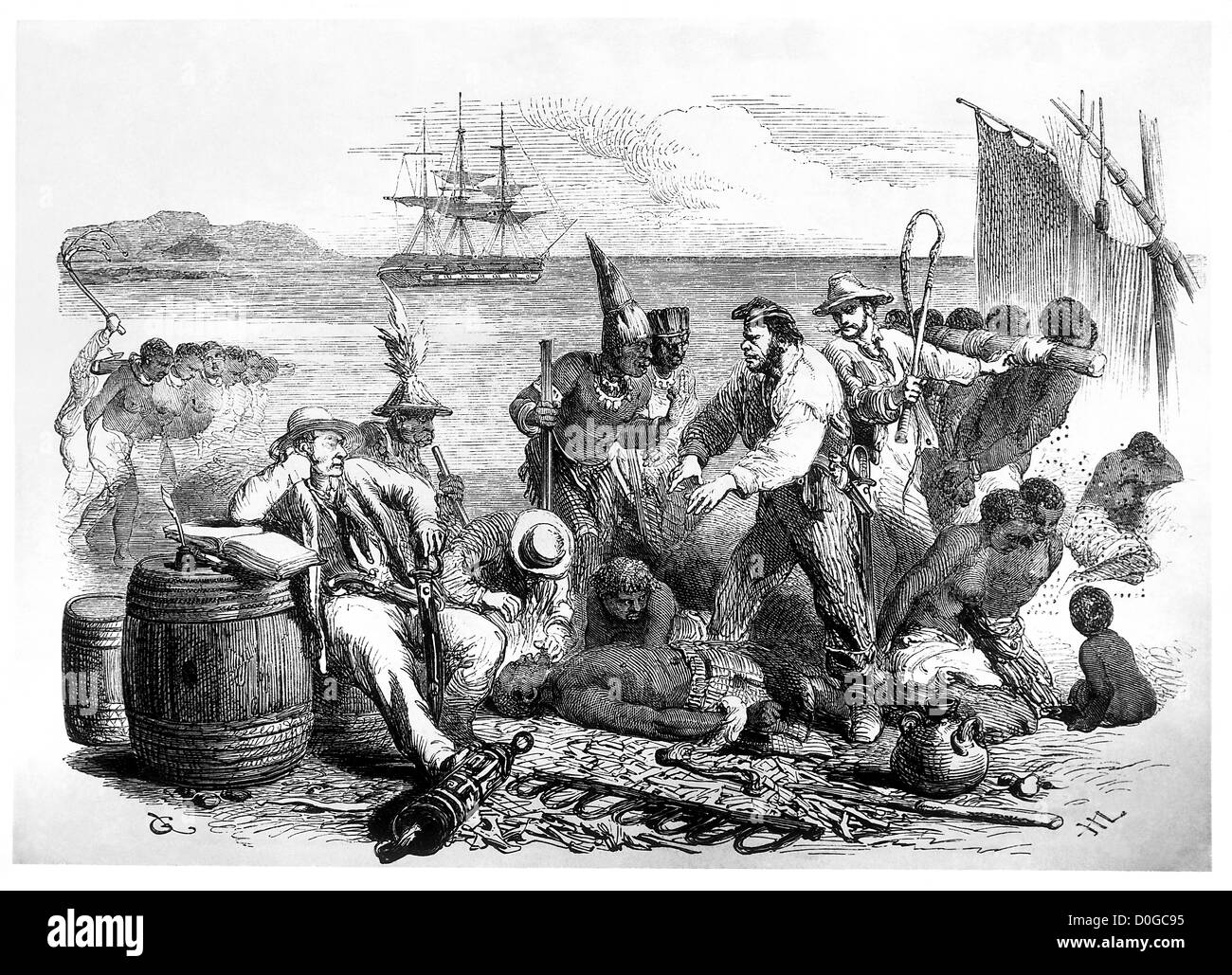 African chief selling his people into slavery Stock Photohttps://www.alamy.com/image-license-details/?v=1https://www.alamy.com/stock-photo-african-chief-selling-his-people-into-slavery-51992001.html
African chief selling his people into slavery Stock Photohttps://www.alamy.com/image-license-details/?v=1https://www.alamy.com/stock-photo-african-chief-selling-his-people-into-slavery-51992001.htmlRMD0GC95–African chief selling his people into slavery
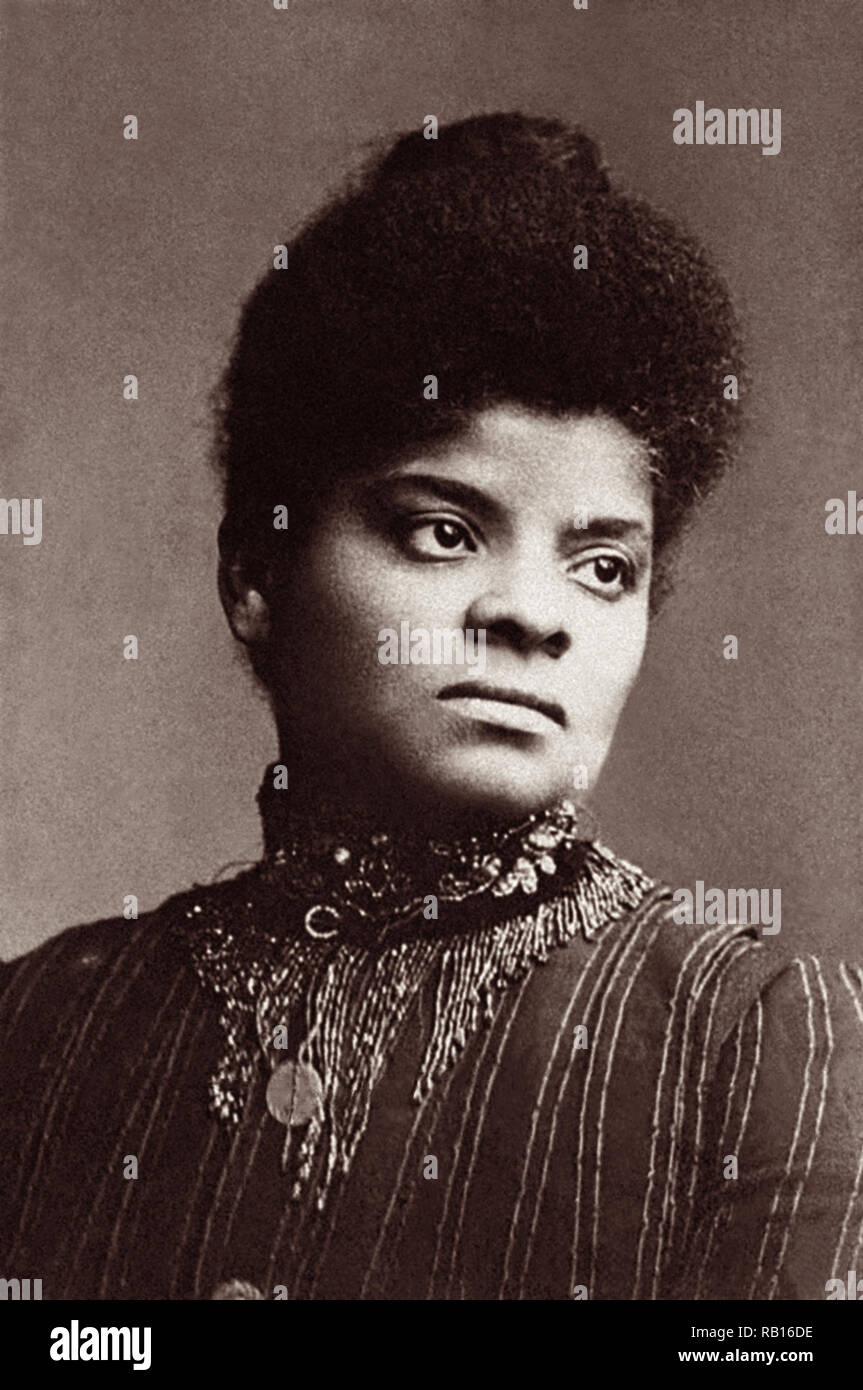 Born into slavery, Ida B. Wells was an African-American investigative journalist, educator, and an early leader in the Civil Rights Movement. (Photo circa 1893 or 1894) Stock Photohttps://www.alamy.com/image-license-details/?v=1https://www.alamy.com/born-into-slavery-ida-b-wells-was-an-african-american-investigative-journalist-educator-and-an-early-leader-in-the-civil-rights-movement-photo-circa-1893-or-1894-image230523034.html
Born into slavery, Ida B. Wells was an African-American investigative journalist, educator, and an early leader in the Civil Rights Movement. (Photo circa 1893 or 1894) Stock Photohttps://www.alamy.com/image-license-details/?v=1https://www.alamy.com/born-into-slavery-ida-b-wells-was-an-african-american-investigative-journalist-educator-and-an-early-leader-in-the-civil-rights-movement-photo-circa-1893-or-1894-image230523034.htmlRMRB16DE–Born into slavery, Ida B. Wells was an African-American investigative journalist, educator, and an early leader in the Civil Rights Movement. (Photo circa 1893 or 1894)
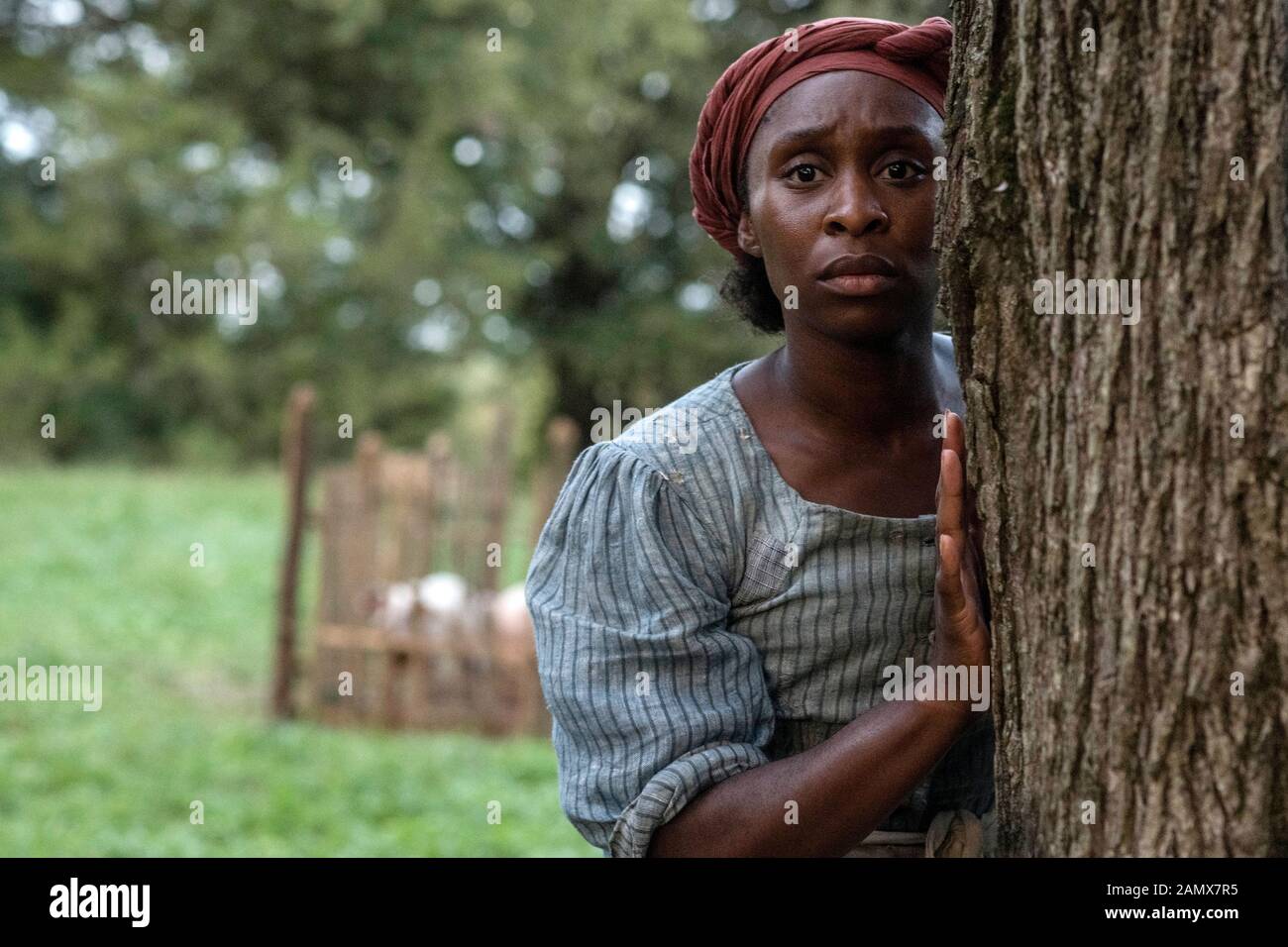 Harriet (2019) directed by Kasi Lemmons and starring Cynthia Erivo as Harriet Tubman who escaped a life of slavery only to return to rescue around seventy other enslaved people using the Underground Railroad and again during the American Civil War where more than 750 slaves were rescued in the Combahee River Raid. Stock Photohttps://www.alamy.com/image-license-details/?v=1https://www.alamy.com/harriet-2019-directed-by-kasi-lemmons-and-starring-cynthia-erivo-as-harriet-tubman-who-escaped-a-life-of-slavery-only-to-return-to-rescue-around-seventy-other-enslaved-people-using-the-underground-railroad-and-again-during-the-american-civil-war-where-more-than-750-slaves-were-rescued-in-the-combahee-river-raid-image339867001.html
Harriet (2019) directed by Kasi Lemmons and starring Cynthia Erivo as Harriet Tubman who escaped a life of slavery only to return to rescue around seventy other enslaved people using the Underground Railroad and again during the American Civil War where more than 750 slaves were rescued in the Combahee River Raid. Stock Photohttps://www.alamy.com/image-license-details/?v=1https://www.alamy.com/harriet-2019-directed-by-kasi-lemmons-and-starring-cynthia-erivo-as-harriet-tubman-who-escaped-a-life-of-slavery-only-to-return-to-rescue-around-seventy-other-enslaved-people-using-the-underground-railroad-and-again-during-the-american-civil-war-where-more-than-750-slaves-were-rescued-in-the-combahee-river-raid-image339867001.htmlRM2AMX7R5–Harriet (2019) directed by Kasi Lemmons and starring Cynthia Erivo as Harriet Tubman who escaped a life of slavery only to return to rescue around seventy other enslaved people using the Underground Railroad and again during the American Civil War where more than 750 slaves were rescued in the Combahee River Raid.
 HAMPTON, Virginia — Educational exhibit at Fort Monroe Visitor & Education Center, housed in the former artillery training library, tells the story of Angela, one of the first African women brought to Virginia in 1619. The display honors African matriarchs and their role in preserving cultural traditions despite the disruptions of slavery. Stock Photohttps://www.alamy.com/image-license-details/?v=1https://www.alamy.com/hampton-virginia-educational-exhibit-at-fort-monroe-visitor-education-center-housed-in-the-former-artillery-training-library-tells-the-story-of-angela-one-of-the-first-african-women-brought-to-virginia-in-1619-the-display-honors-african-matriarchs-and-their-role-in-preserving-cultural-traditions-despite-the-disruptions-of-slavery-image630317647.html
HAMPTON, Virginia — Educational exhibit at Fort Monroe Visitor & Education Center, housed in the former artillery training library, tells the story of Angela, one of the first African women brought to Virginia in 1619. The display honors African matriarchs and their role in preserving cultural traditions despite the disruptions of slavery. Stock Photohttps://www.alamy.com/image-license-details/?v=1https://www.alamy.com/hampton-virginia-educational-exhibit-at-fort-monroe-visitor-education-center-housed-in-the-former-artillery-training-library-tells-the-story-of-angela-one-of-the-first-african-women-brought-to-virginia-in-1619-the-display-honors-african-matriarchs-and-their-role-in-preserving-cultural-traditions-despite-the-disruptions-of-slavery-image630317647.htmlRM2YHDCGF–HAMPTON, Virginia — Educational exhibit at Fort Monroe Visitor & Education Center, housed in the former artillery training library, tells the story of Angela, one of the first African women brought to Virginia in 1619. The display honors African matriarchs and their role in preserving cultural traditions despite the disruptions of slavery.
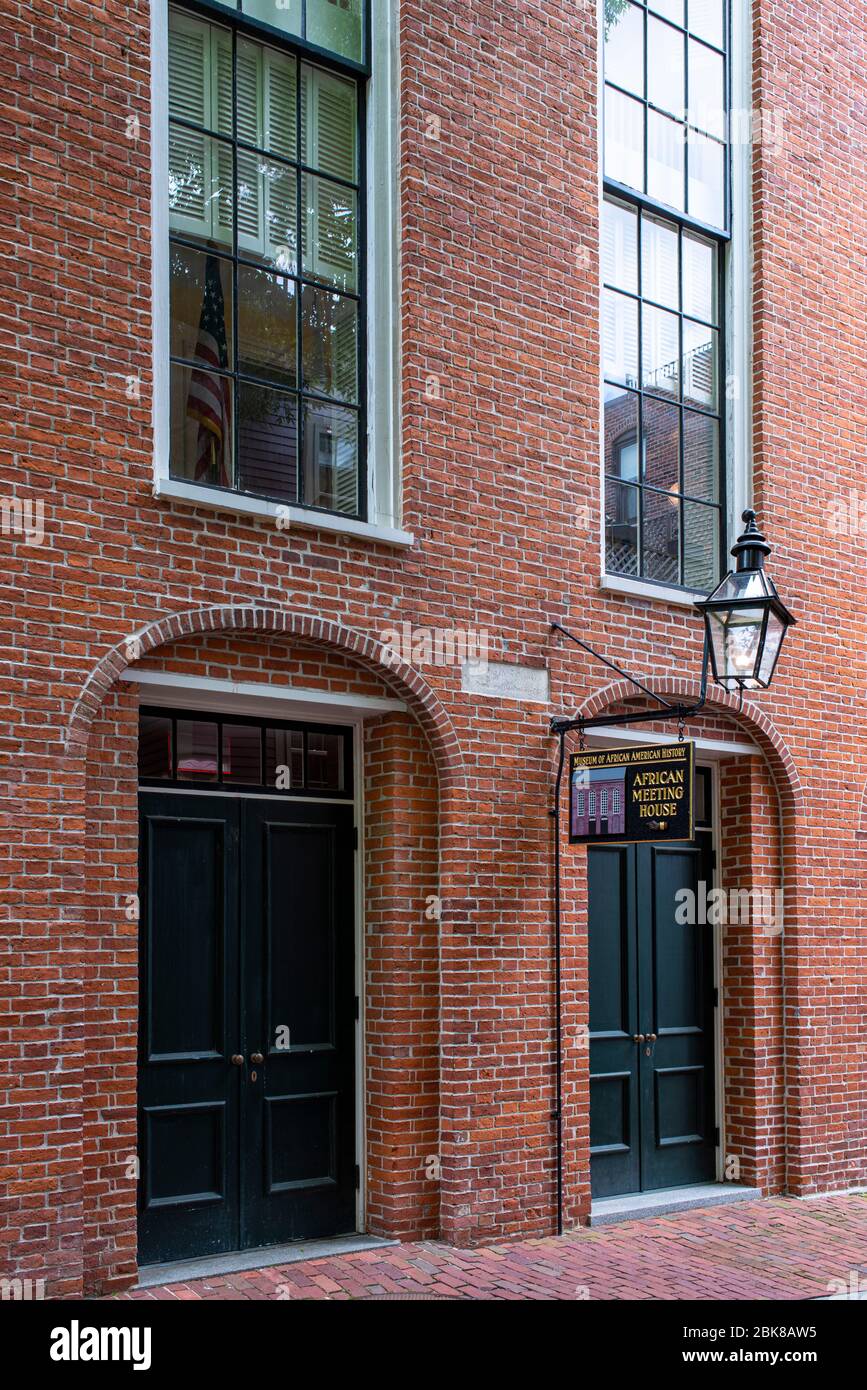 African Meeting House entry for the African American Museum in Boston Masachusetts Stock Photohttps://www.alamy.com/image-license-details/?v=1https://www.alamy.com/african-meeting-house-entry-for-the-african-american-museum-in-boston-masachusetts-image356069985.html
African Meeting House entry for the African American Museum in Boston Masachusetts Stock Photohttps://www.alamy.com/image-license-details/?v=1https://www.alamy.com/african-meeting-house-entry-for-the-african-american-museum-in-boston-masachusetts-image356069985.htmlRF2BK8AW5–African Meeting House entry for the African American Museum in Boston Masachusetts
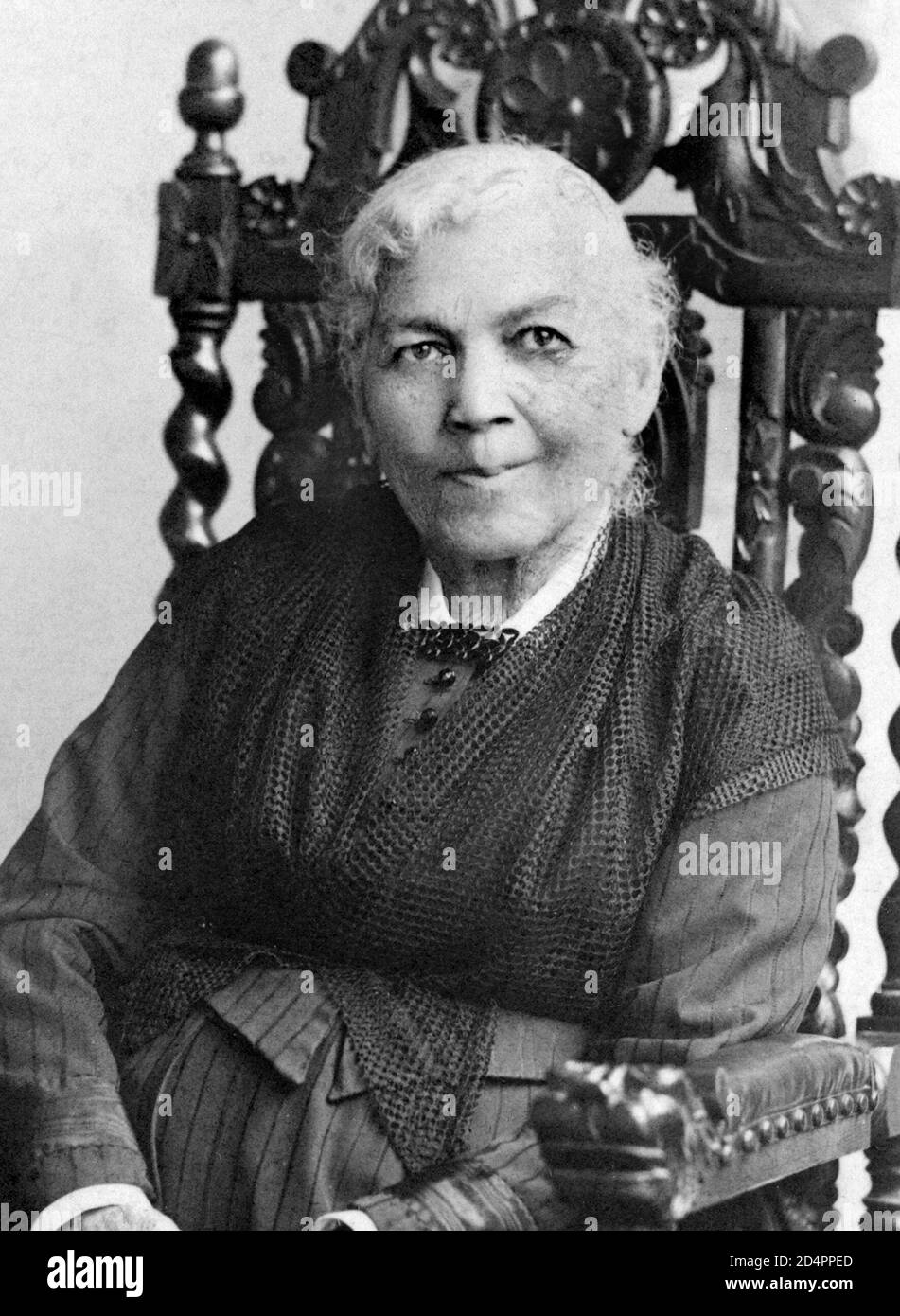 Harriet Jacobs(1813/1815-1897), portrait of the African American writer who was born into slavery, 1894, Gilbert Studios Stock Photohttps://www.alamy.com/image-license-details/?v=1https://www.alamy.com/harriet-jacobs18131815-1897-portrait-of-the-african-american-writer-who-was-born-into-slavery-1894-gilbert-studios-image381587317.html
Harriet Jacobs(1813/1815-1897), portrait of the African American writer who was born into slavery, 1894, Gilbert Studios Stock Photohttps://www.alamy.com/image-license-details/?v=1https://www.alamy.com/harriet-jacobs18131815-1897-portrait-of-the-african-american-writer-who-was-born-into-slavery-1894-gilbert-studios-image381587317.htmlRM2D4PPED–Harriet Jacobs(1813/1815-1897), portrait of the African American writer who was born into slavery, 1894, Gilbert Studios
 The Fifteenth Amendment, an 1870 print celebrating the passage of the Fifteenth Amendment to the United States Constitution in February 1870, and the advancements that African-Americans had made as a result of the Civil War. Stock Photohttps://www.alamy.com/image-license-details/?v=1https://www.alamy.com/the-fifteenth-amendment-an-1870-print-celebrating-the-passage-of-the-image68557278.html
The Fifteenth Amendment, an 1870 print celebrating the passage of the Fifteenth Amendment to the United States Constitution in February 1870, and the advancements that African-Americans had made as a result of the Civil War. Stock Photohttps://www.alamy.com/image-license-details/?v=1https://www.alamy.com/the-fifteenth-amendment-an-1870-print-celebrating-the-passage-of-the-image68557278.htmlRMDYF1E6–The Fifteenth Amendment, an 1870 print celebrating the passage of the Fifteenth Amendment to the United States Constitution in February 1870, and the advancements that African-Americans had made as a result of the Civil War.
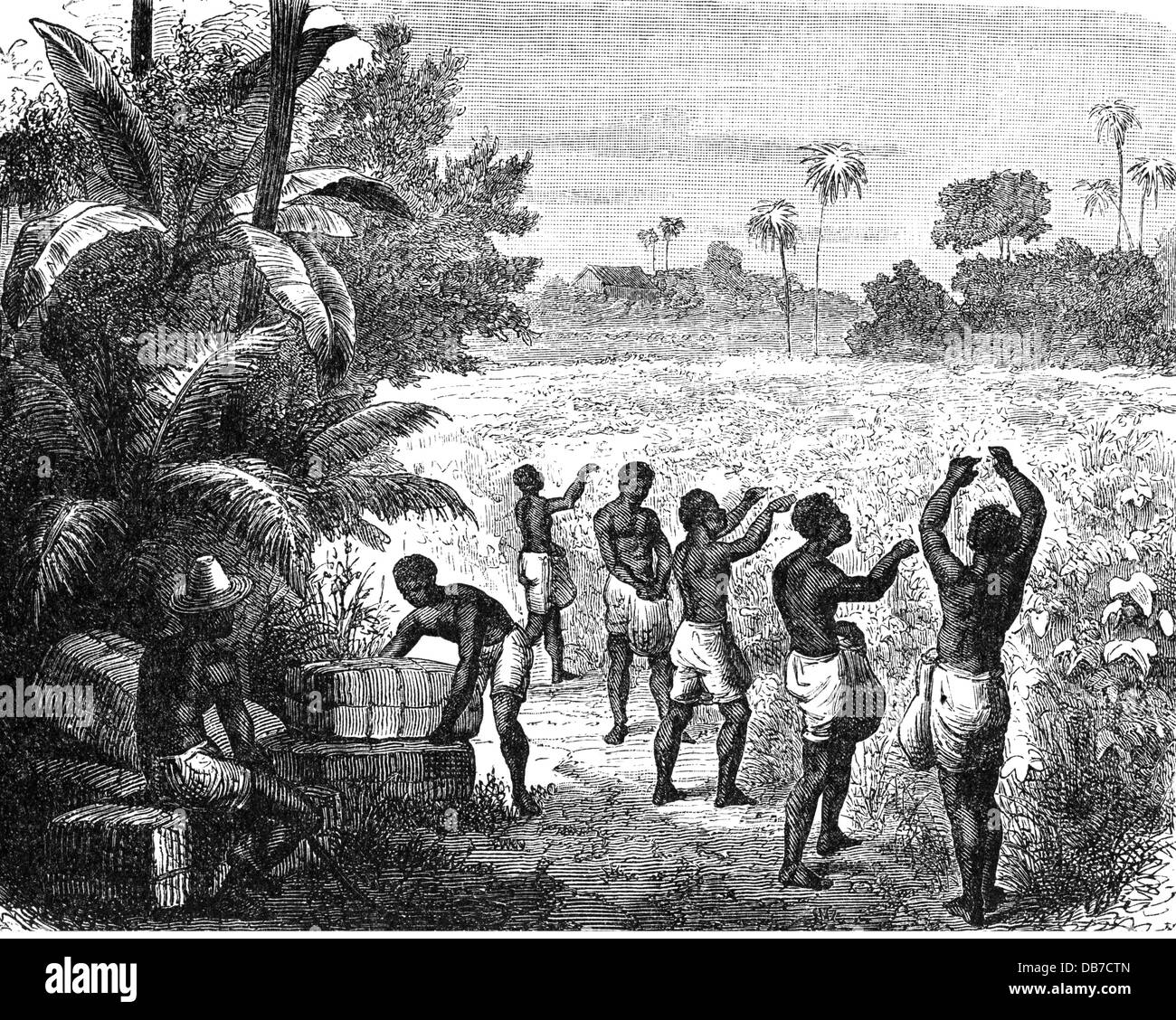 slavery, labour, slaves at the cotton yield in the Southern States of the USA, wood engraving, circa 1850, Additional-Rights-Clearences-Not Available Stock Photohttps://www.alamy.com/image-license-details/?v=1https://www.alamy.com/stock-photo-slavery-labour-slaves-at-the-cotton-yield-in-the-southern-states-of-58556085.html
slavery, labour, slaves at the cotton yield in the Southern States of the USA, wood engraving, circa 1850, Additional-Rights-Clearences-Not Available Stock Photohttps://www.alamy.com/image-license-details/?v=1https://www.alamy.com/stock-photo-slavery-labour-slaves-at-the-cotton-yield-in-the-southern-states-of-58556085.htmlRMDB7CTN–slavery, labour, slaves at the cotton yield in the Southern States of the USA, wood engraving, circa 1850, Additional-Rights-Clearences-Not Available
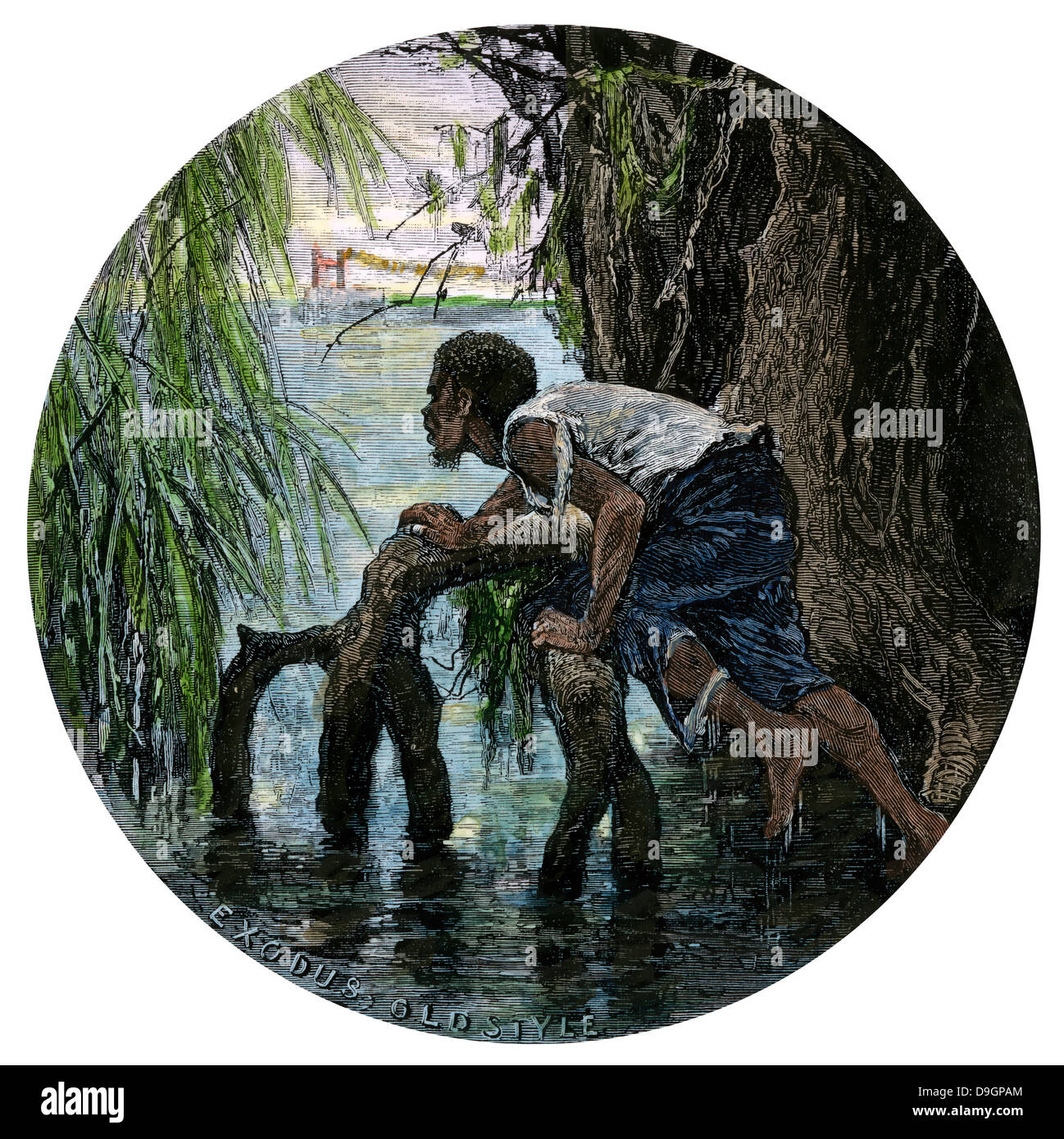 African-American escaping slavery by crossing the Ohio River, 1850s. Hand-colored woodcut Stock Photohttps://www.alamy.com/image-license-details/?v=1https://www.alamy.com/stock-photo-african-american-escaping-slavery-by-crossing-the-ohio-river-1850s-57531788.html
African-American escaping slavery by crossing the Ohio River, 1850s. Hand-colored woodcut Stock Photohttps://www.alamy.com/image-license-details/?v=1https://www.alamy.com/stock-photo-african-american-escaping-slavery-by-crossing-the-ohio-river-1850s-57531788.htmlRMD9GPAM–African-American escaping slavery by crossing the Ohio River, 1850s. Hand-colored woodcut
 A senior African American man stands in front of a wagon in the muddy yard of a sharecropper plantation in the American South, ca. 1910. Stock Photohttps://www.alamy.com/image-license-details/?v=1https://www.alamy.com/stock-photo-a-senior-african-american-man-stands-in-front-of-a-wagon-in-the-muddy-174639949.html
A senior African American man stands in front of a wagon in the muddy yard of a sharecropper plantation in the American South, ca. 1910. Stock Photohttps://www.alamy.com/image-license-details/?v=1https://www.alamy.com/stock-photo-a-senior-african-american-man-stands-in-front-of-a-wagon-in-the-muddy-174639949.htmlRMM43F11–A senior African American man stands in front of a wagon in the muddy yard of a sharecropper plantation in the American South, ca. 1910.
 Frederick Douglass (c1818-1895,born Frederick Augustus Washing Bailey, a slave), c1879. African American abolitionist, reformer, champion of women's suffrage and believer in the equality of all citizens of the United States. Stock Photohttps://www.alamy.com/image-license-details/?v=1https://www.alamy.com/frederick-douglass-c1818-1895born-frederick-augustus-washing-bailey-a-slave-c1879-african-american-abolitionist-reformer-champion-of-womens-suffrage-and-believer-in-the-equality-of-all-citizens-of-the-united-states-image257281629.html
Frederick Douglass (c1818-1895,born Frederick Augustus Washing Bailey, a slave), c1879. African American abolitionist, reformer, champion of women's suffrage and believer in the equality of all citizens of the United States. Stock Photohttps://www.alamy.com/image-license-details/?v=1https://www.alamy.com/frederick-douglass-c1818-1895born-frederick-augustus-washing-bailey-a-slave-c1879-african-american-abolitionist-reformer-champion-of-womens-suffrage-and-believer-in-the-equality-of-all-citizens-of-the-united-states-image257281629.htmlRMTXG59H–Frederick Douglass (c1818-1895,born Frederick Augustus Washing Bailey, a slave), c1879. African American abolitionist, reformer, champion of women's suffrage and believer in the equality of all citizens of the United States.
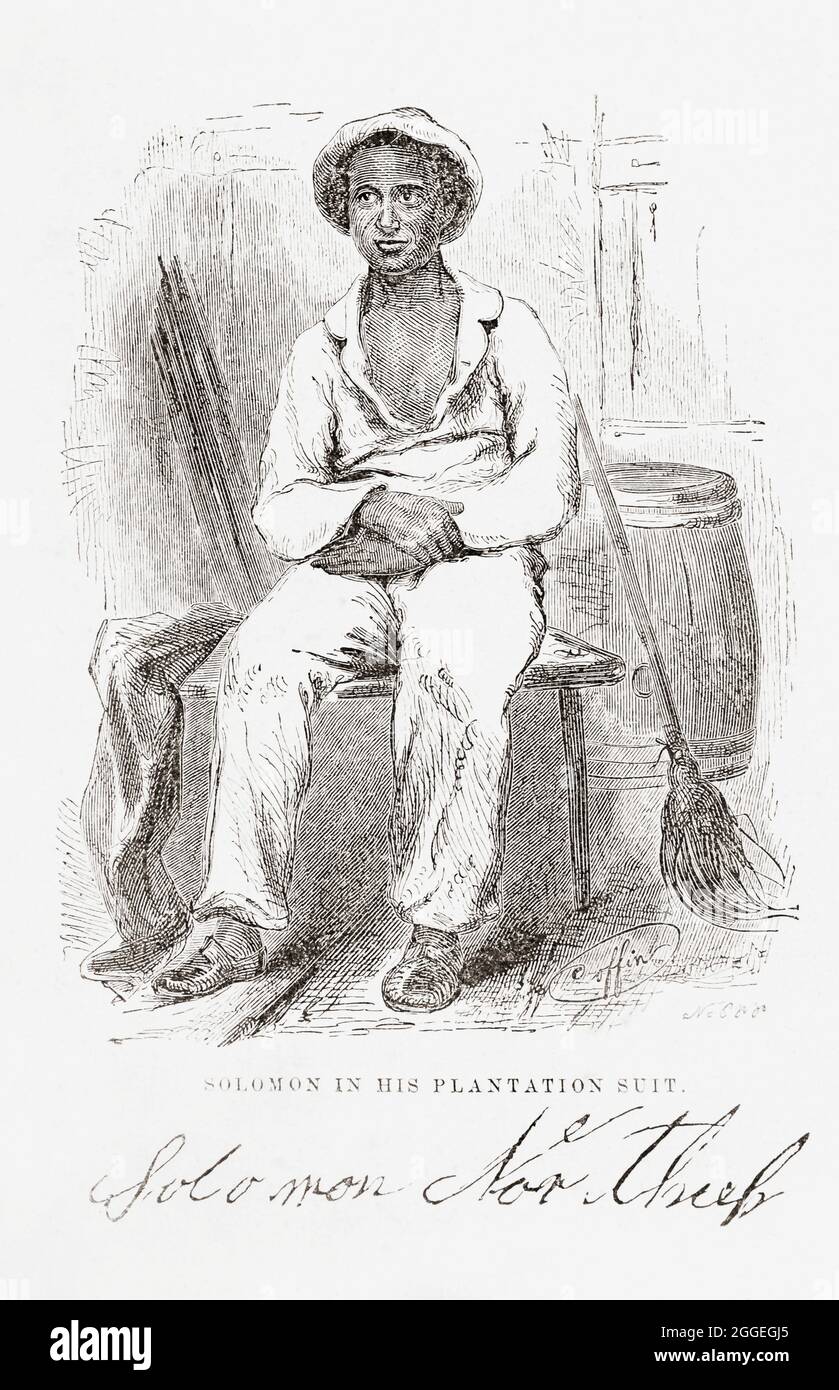 Solomon Northrup, c. 1807 - after 1860. Free-born African American author and abolitionist. Northrup’s 1853 autobiographical memoir, Twelve Years a Slave, tells of his abduction and subsequent years of slavery. His book was the subject of the 2013 film, 12 Years a Slave directed by Steve McQueen. This portrait comes from the 1853 edition of Twelve Years a Slave. Stock Photohttps://www.alamy.com/image-license-details/?v=1https://www.alamy.com/solomon-northrup-c-1807-after-1860-free-born-african-american-author-and-abolitionist-northrups-1853-autobiographical-memoir-twelve-years-a-slave-tells-of-his-abduction-and-subsequent-years-of-slavery-his-book-was-the-subject-of-the-2013-film-12-years-a-slave-directed-by-steve-mcqueen-this-portrait-comes-from-the-1853-edition-of-twelve-years-a-slave-image440414077.html
Solomon Northrup, c. 1807 - after 1860. Free-born African American author and abolitionist. Northrup’s 1853 autobiographical memoir, Twelve Years a Slave, tells of his abduction and subsequent years of slavery. His book was the subject of the 2013 film, 12 Years a Slave directed by Steve McQueen. This portrait comes from the 1853 edition of Twelve Years a Slave. Stock Photohttps://www.alamy.com/image-license-details/?v=1https://www.alamy.com/solomon-northrup-c-1807-after-1860-free-born-african-american-author-and-abolitionist-northrups-1853-autobiographical-memoir-twelve-years-a-slave-tells-of-his-abduction-and-subsequent-years-of-slavery-his-book-was-the-subject-of-the-2013-film-12-years-a-slave-directed-by-steve-mcqueen-this-portrait-comes-from-the-1853-edition-of-twelve-years-a-slave-image440414077.htmlRM2GGEGJ5–Solomon Northrup, c. 1807 - after 1860. Free-born African American author and abolitionist. Northrup’s 1853 autobiographical memoir, Twelve Years a Slave, tells of his abduction and subsequent years of slavery. His book was the subject of the 2013 film, 12 Years a Slave directed by Steve McQueen. This portrait comes from the 1853 edition of Twelve Years a Slave.
 A display featuring the history of Carolina Gold rice at the International African American Museum at Gadsden’s Wharf in Charleston, South Carolina. The museum tells the story of slavery in the United States. Stock Photohttps://www.alamy.com/image-license-details/?v=1https://www.alamy.com/a-display-featuring-the-history-of-carolina-gold-rice-at-the-international-african-american-museum-at-gadsdens-wharf-in-charleston-south-carolina-the-museum-tells-the-story-of-slavery-in-the-united-states-image612310645.html
A display featuring the history of Carolina Gold rice at the International African American Museum at Gadsden’s Wharf in Charleston, South Carolina. The museum tells the story of slavery in the United States. Stock Photohttps://www.alamy.com/image-license-details/?v=1https://www.alamy.com/a-display-featuring-the-history-of-carolina-gold-rice-at-the-international-african-american-museum-at-gadsdens-wharf-in-charleston-south-carolina-the-museum-tells-the-story-of-slavery-in-the-united-states-image612310645.htmlRM2XG54D9–A display featuring the history of Carolina Gold rice at the International African American Museum at Gadsden’s Wharf in Charleston, South Carolina. The museum tells the story of slavery in the United States.
 Carver, seated on steps with staff, at the Tuskegee Institute. George Washington Carver (1864 - January 5, 1943) was an African-American scientist, botanist, educator, and inventor born into slavery. In 1891 he attended and studied botany at Iowa State Agricultural College where he was the first black student, and later taught as the first black faculty member. His reputation is based on his research into and promotion of alternative crops to cotton, such as peanuts, soybeans and sweet potatoes, which also aided nutrition for farm families. He wanted poor farmers to grow alternative crops both Stock Photohttps://www.alamy.com/image-license-details/?v=1https://www.alamy.com/carver-seated-on-steps-with-staff-at-the-tuskegee-institute-george-image151887242.html
Carver, seated on steps with staff, at the Tuskegee Institute. George Washington Carver (1864 - January 5, 1943) was an African-American scientist, botanist, educator, and inventor born into slavery. In 1891 he attended and studied botany at Iowa State Agricultural College where he was the first black student, and later taught as the first black faculty member. His reputation is based on his research into and promotion of alternative crops to cotton, such as peanuts, soybeans and sweet potatoes, which also aided nutrition for farm families. He wanted poor farmers to grow alternative crops both Stock Photohttps://www.alamy.com/image-license-details/?v=1https://www.alamy.com/carver-seated-on-steps-with-staff-at-the-tuskegee-institute-george-image151887242.htmlRMJR31MA–Carver, seated on steps with staff, at the Tuskegee Institute. George Washington Carver (1864 - January 5, 1943) was an African-American scientist, botanist, educator, and inventor born into slavery. In 1891 he attended and studied botany at Iowa State Agricultural College where he was the first black student, and later taught as the first black faculty member. His reputation is based on his research into and promotion of alternative crops to cotton, such as peanuts, soybeans and sweet potatoes, which also aided nutrition for farm families. He wanted poor farmers to grow alternative crops both
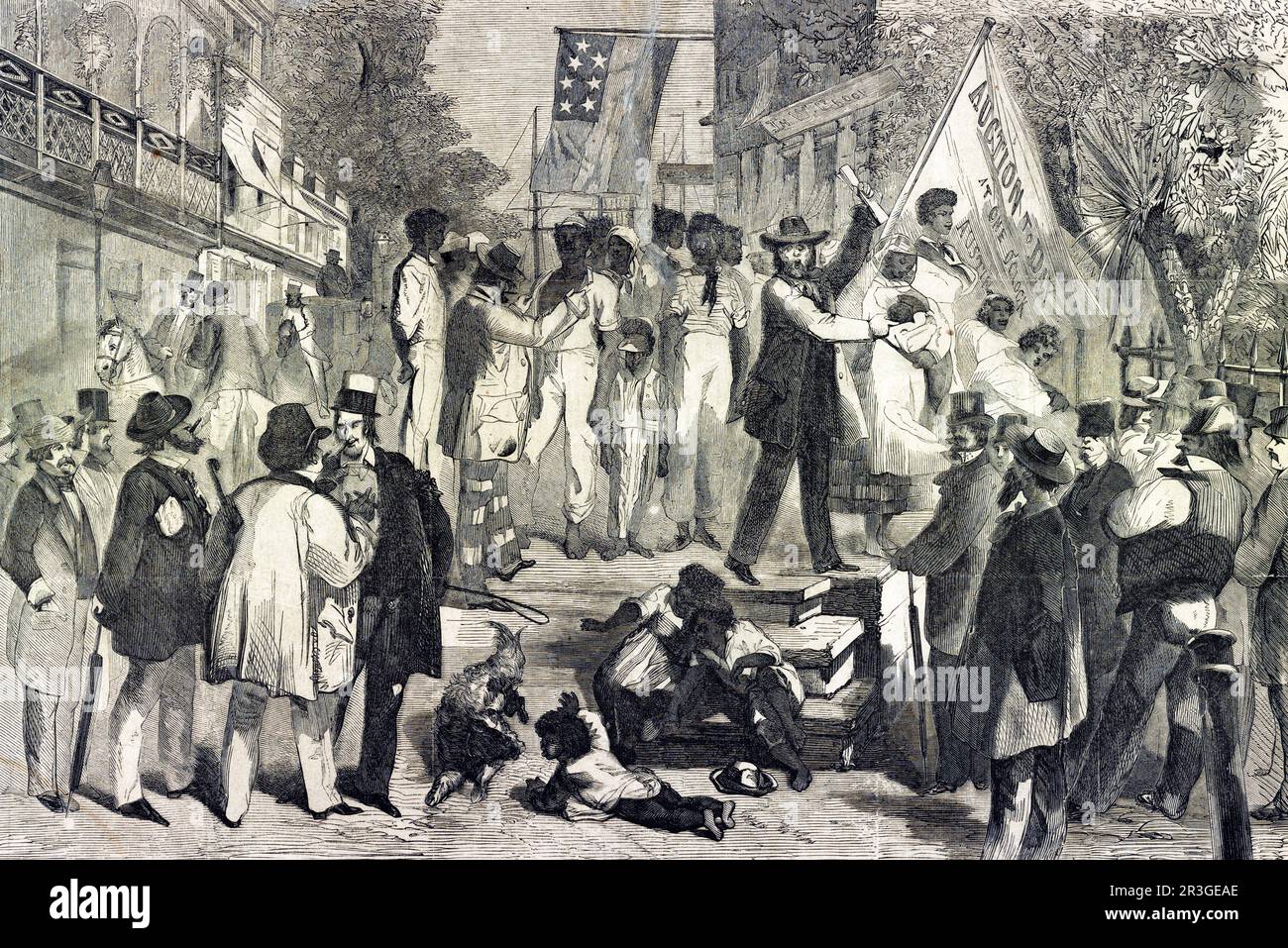 African American men, women, and children being auctioned off in front of a crowd of men. Stock Photohttps://www.alamy.com/image-license-details/?v=1https://www.alamy.com/african-american-men-women-and-children-being-auctioned-off-in-front-of-a-crowd-of-men-image552938246.html
African American men, women, and children being auctioned off in front of a crowd of men. Stock Photohttps://www.alamy.com/image-license-details/?v=1https://www.alamy.com/african-american-men-women-and-children-being-auctioned-off-in-front-of-a-crowd-of-men-image552938246.htmlRM2R3GEAE–African American men, women, and children being auctioned off in front of a crowd of men.
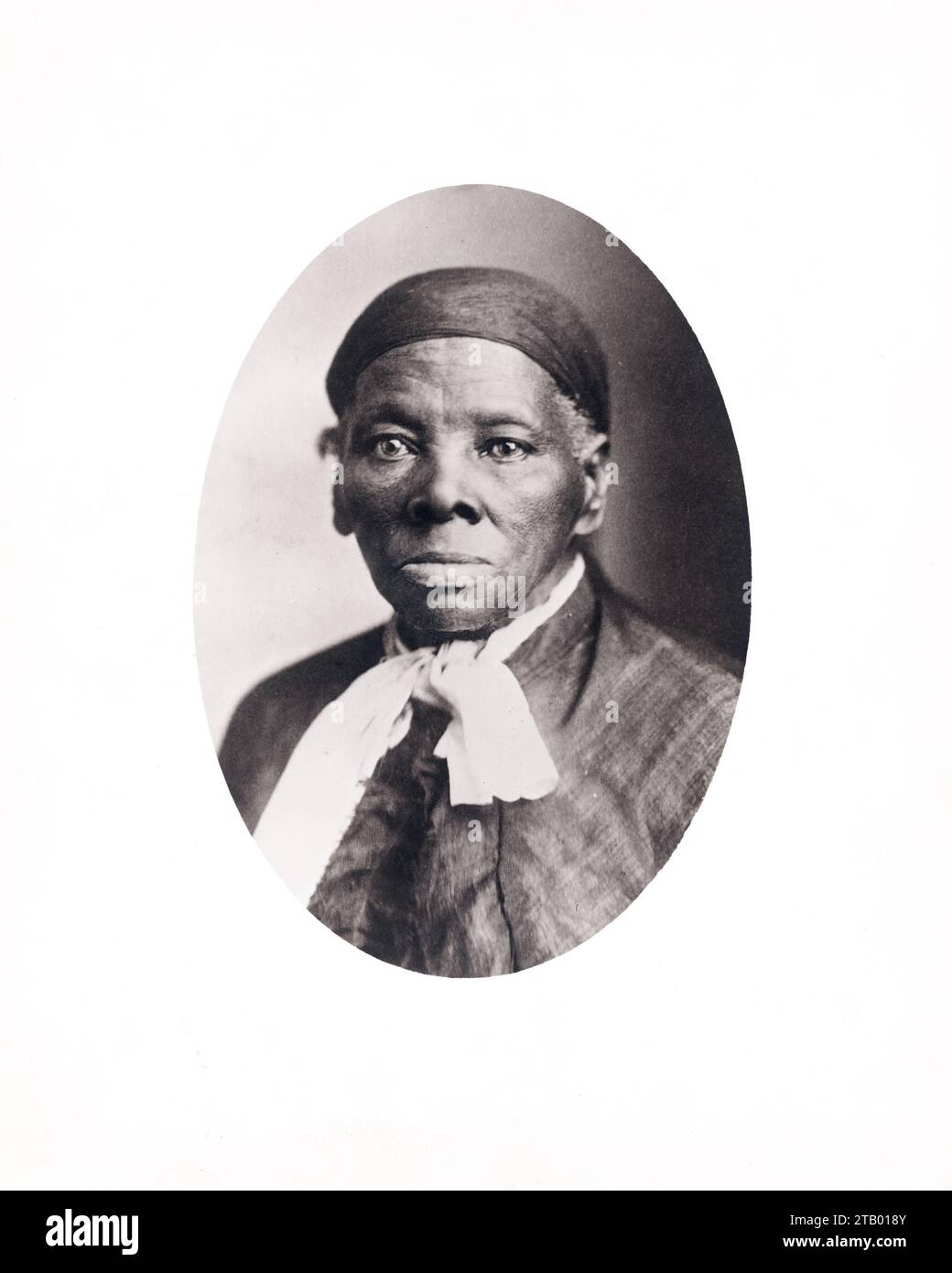 Harriet Tubman portrait Stock Photohttps://www.alamy.com/image-license-details/?v=1https://www.alamy.com/harriet-tubman-portrait-image574704395.html
Harriet Tubman portrait Stock Photohttps://www.alamy.com/image-license-details/?v=1https://www.alamy.com/harriet-tubman-portrait-image574704395.htmlRM2TB018Y–Harriet Tubman portrait
 Engraving of a Low-country girl enjoying affection from African-American slaves, from the book 'The Southern states of North America' by Edward King, 1875. Courtesy Internet Archive. () Stock Photohttps://www.alamy.com/image-license-details/?v=1https://www.alamy.com/engraving-of-a-low-country-girl-enjoying-affection-from-african-american-slaves-from-the-book-the-southern-states-of-north-america-by-edward-king-1875-courtesy-internet-archive-image245273184.html
Engraving of a Low-country girl enjoying affection from African-American slaves, from the book 'The Southern states of North America' by Edward King, 1875. Courtesy Internet Archive. () Stock Photohttps://www.alamy.com/image-license-details/?v=1https://www.alamy.com/engraving-of-a-low-country-girl-enjoying-affection-from-african-american-slaves-from-the-book-the-southern-states-of-north-america-by-edward-king-1875-courtesy-internet-archive-image245273184.htmlRMT714CG–Engraving of a Low-country girl enjoying affection from African-American slaves, from the book 'The Southern states of North America' by Edward King, 1875. Courtesy Internet Archive. ()
 The National Memorial for Peace and Justice or National Lynching Memorial, Montgomery, Alabama, USA Stock Photohttps://www.alamy.com/image-license-details/?v=1https://www.alamy.com/the-national-memorial-for-peace-and-justice-or-national-lynching-memorial-montgomery-alabama-usa-image185720981.html
The National Memorial for Peace and Justice or National Lynching Memorial, Montgomery, Alabama, USA Stock Photohttps://www.alamy.com/image-license-details/?v=1https://www.alamy.com/the-national-memorial-for-peace-and-justice-or-national-lynching-memorial-montgomery-alabama-usa-image185720981.htmlRMMP4905–The National Memorial for Peace and Justice or National Lynching Memorial, Montgomery, Alabama, USA
 Former Slave Lucindy Lawrence Jurdon, Age 79, Alabama, USA, from Federal Writer's Project, Born in Slavery: Slave Narratives, United States Work Projects Administration, 1936 Stock Photohttps://www.alamy.com/image-license-details/?v=1https://www.alamy.com/former-slave-lucindy-lawrence-jurdon-age-79-alabama-usa-from-federal-writers-project-born-in-slavery-slave-narratives-united-states-work-projects-administration-1936-image223958016.html
Former Slave Lucindy Lawrence Jurdon, Age 79, Alabama, USA, from Federal Writer's Project, Born in Slavery: Slave Narratives, United States Work Projects Administration, 1936 Stock Photohttps://www.alamy.com/image-license-details/?v=1https://www.alamy.com/former-slave-lucindy-lawrence-jurdon-age-79-alabama-usa-from-federal-writers-project-born-in-slavery-slave-narratives-united-states-work-projects-administration-1936-image223958016.htmlRMR0A4MG–Former Slave Lucindy Lawrence Jurdon, Age 79, Alabama, USA, from Federal Writer's Project, Born in Slavery: Slave Narratives, United States Work Projects Administration, 1936
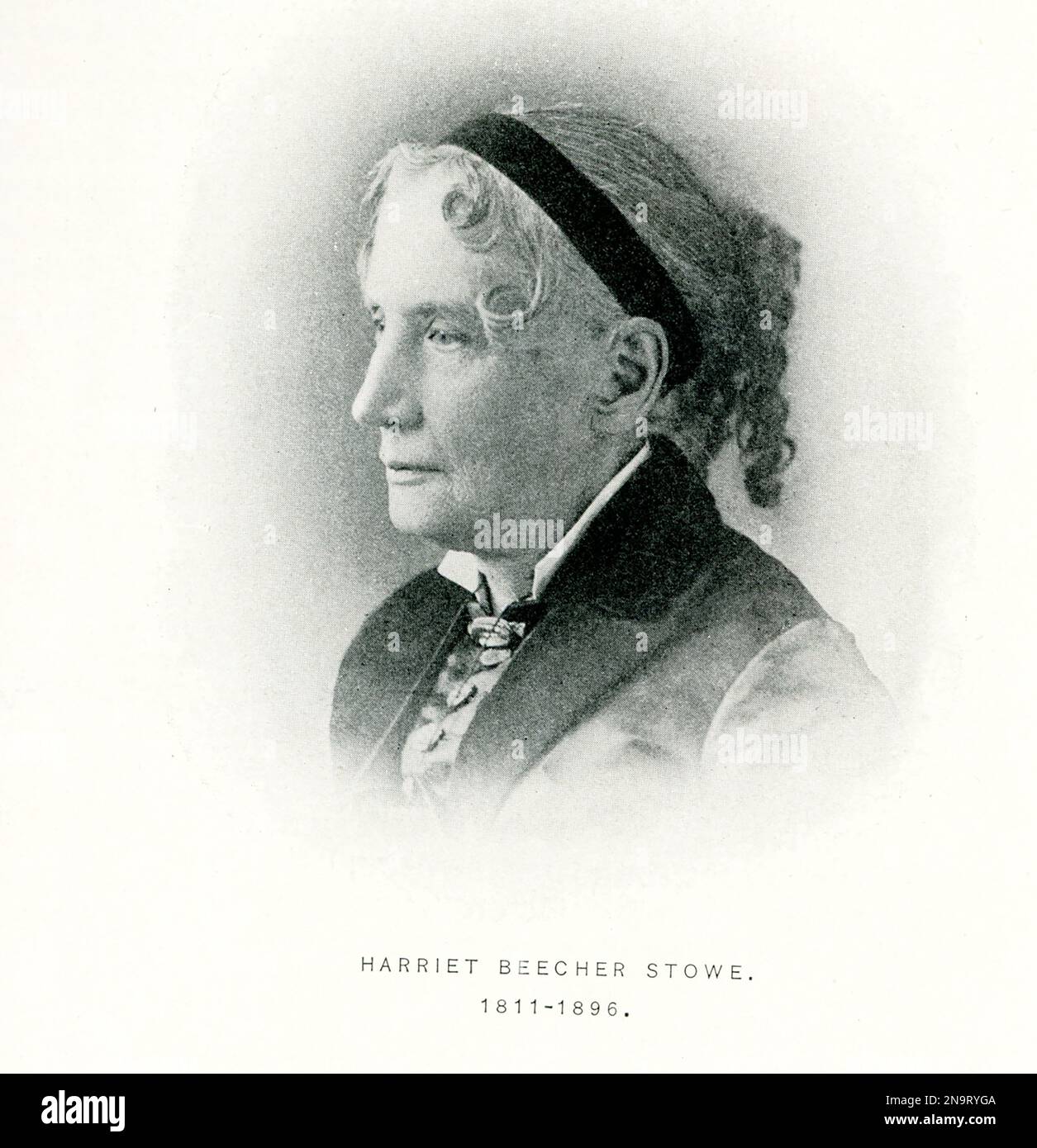 American writer and abolitionist Harriet Beecher Stowe wrote the novel 'Uncle Tom's Cabin' (with the subtitle of 'Life among the Lowly'). The novel was first published in 1852 and is credited as laying the groundwork for the Civil War. The tales in the novel revolve around Uncle Tom, a long-suffering black slave. Stock Photohttps://www.alamy.com/image-license-details/?v=1https://www.alamy.com/american-writer-and-abolitionist-harriet-beecher-stowe-wrote-the-novel-uncle-toms-cabin-with-the-subtitle-of-life-among-the-lowly-the-novel-was-first-published-in-1852-and-is-credited-as-laying-the-groundwork-for-the-civil-war-the-tales-in-the-novel-revolve-around-uncle-tom-a-long-suffering-black-slave-image522369466.html
American writer and abolitionist Harriet Beecher Stowe wrote the novel 'Uncle Tom's Cabin' (with the subtitle of 'Life among the Lowly'). The novel was first published in 1852 and is credited as laying the groundwork for the Civil War. The tales in the novel revolve around Uncle Tom, a long-suffering black slave. Stock Photohttps://www.alamy.com/image-license-details/?v=1https://www.alamy.com/american-writer-and-abolitionist-harriet-beecher-stowe-wrote-the-novel-uncle-toms-cabin-with-the-subtitle-of-life-among-the-lowly-the-novel-was-first-published-in-1852-and-is-credited-as-laying-the-groundwork-for-the-civil-war-the-tales-in-the-novel-revolve-around-uncle-tom-a-long-suffering-black-slave-image522369466.htmlRF2N9RYGA–American writer and abolitionist Harriet Beecher Stowe wrote the novel 'Uncle Tom's Cabin' (with the subtitle of 'Life among the Lowly'). The novel was first published in 1852 and is credited as laying the groundwork for the Civil War. The tales in the novel revolve around Uncle Tom, a long-suffering black slave.
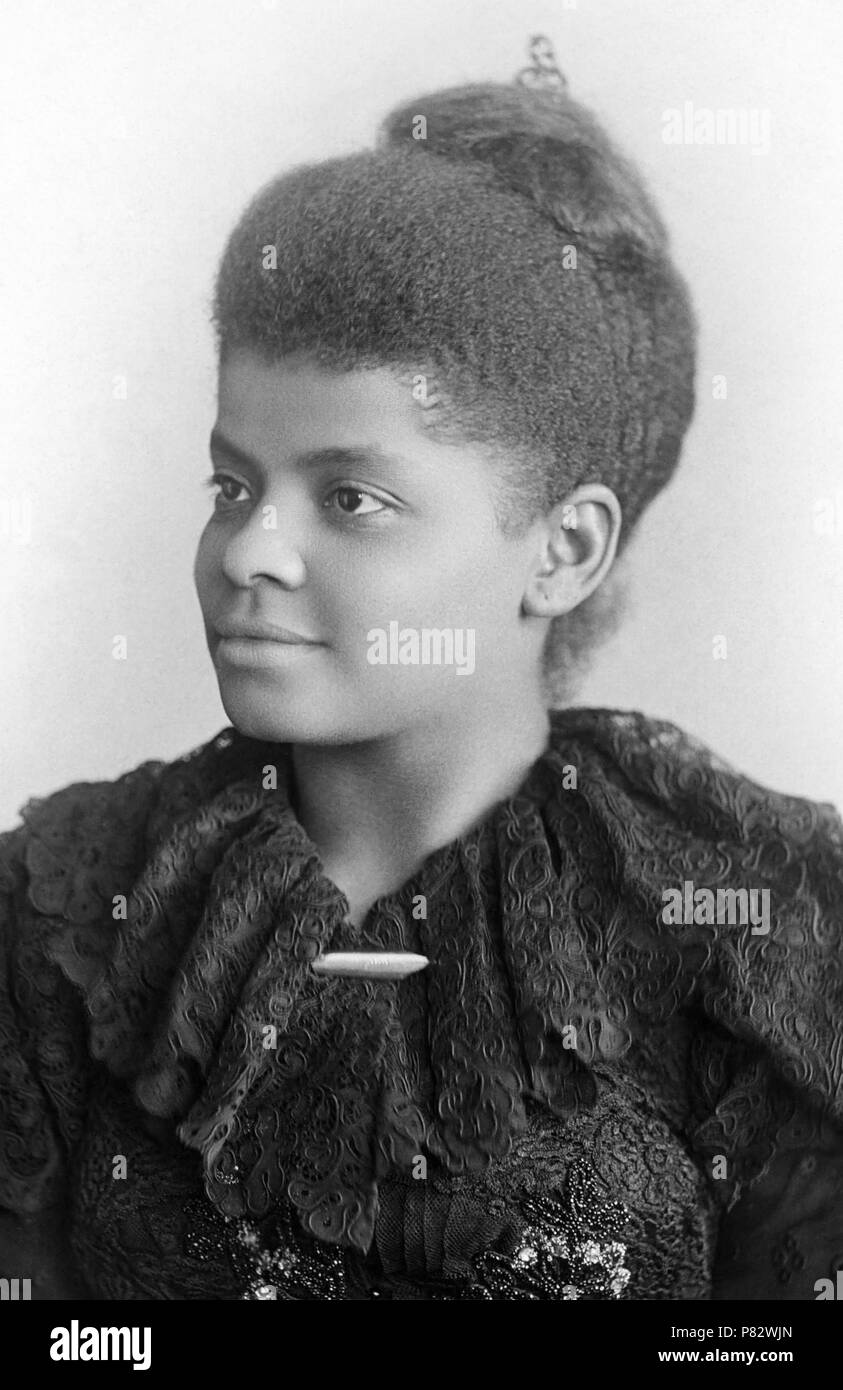 Ida B. Wells (1862-1931) was an African-American woman, born into slavery, who became a leader in the early Civil Rights Movement. As an investigative journalist and speaker, she exposed injustice and the horrors of lynching in the American South during the Reconstruction Era. She was also one of the founders of the NAACP (National Association for the Advancement of Colored People). (Photo c1893) Stock Photohttps://www.alamy.com/image-license-details/?v=1https://www.alamy.com/ida-b-wells-1862-1931-was-an-african-american-woman-born-into-slavery-who-became-a-leader-in-the-early-civil-rights-movement-as-an-investigative-journalist-and-speaker-she-exposed-injustice-and-the-horrors-of-lynching-in-the-american-south-during-the-reconstruction-era-she-was-also-one-of-the-founders-of-the-naacp-national-association-for-the-advancement-of-colored-people-photo-c1893-image211505693.html
Ida B. Wells (1862-1931) was an African-American woman, born into slavery, who became a leader in the early Civil Rights Movement. As an investigative journalist and speaker, she exposed injustice and the horrors of lynching in the American South during the Reconstruction Era. She was also one of the founders of the NAACP (National Association for the Advancement of Colored People). (Photo c1893) Stock Photohttps://www.alamy.com/image-license-details/?v=1https://www.alamy.com/ida-b-wells-1862-1931-was-an-african-american-woman-born-into-slavery-who-became-a-leader-in-the-early-civil-rights-movement-as-an-investigative-journalist-and-speaker-she-exposed-injustice-and-the-horrors-of-lynching-in-the-american-south-during-the-reconstruction-era-she-was-also-one-of-the-founders-of-the-naacp-national-association-for-the-advancement-of-colored-people-photo-c1893-image211505693.htmlRMP82WJN–Ida B. Wells (1862-1931) was an African-American woman, born into slavery, who became a leader in the early Civil Rights Movement. As an investigative journalist and speaker, she exposed injustice and the horrors of lynching in the American South during the Reconstruction Era. She was also one of the founders of the NAACP (National Association for the Advancement of Colored People). (Photo c1893)
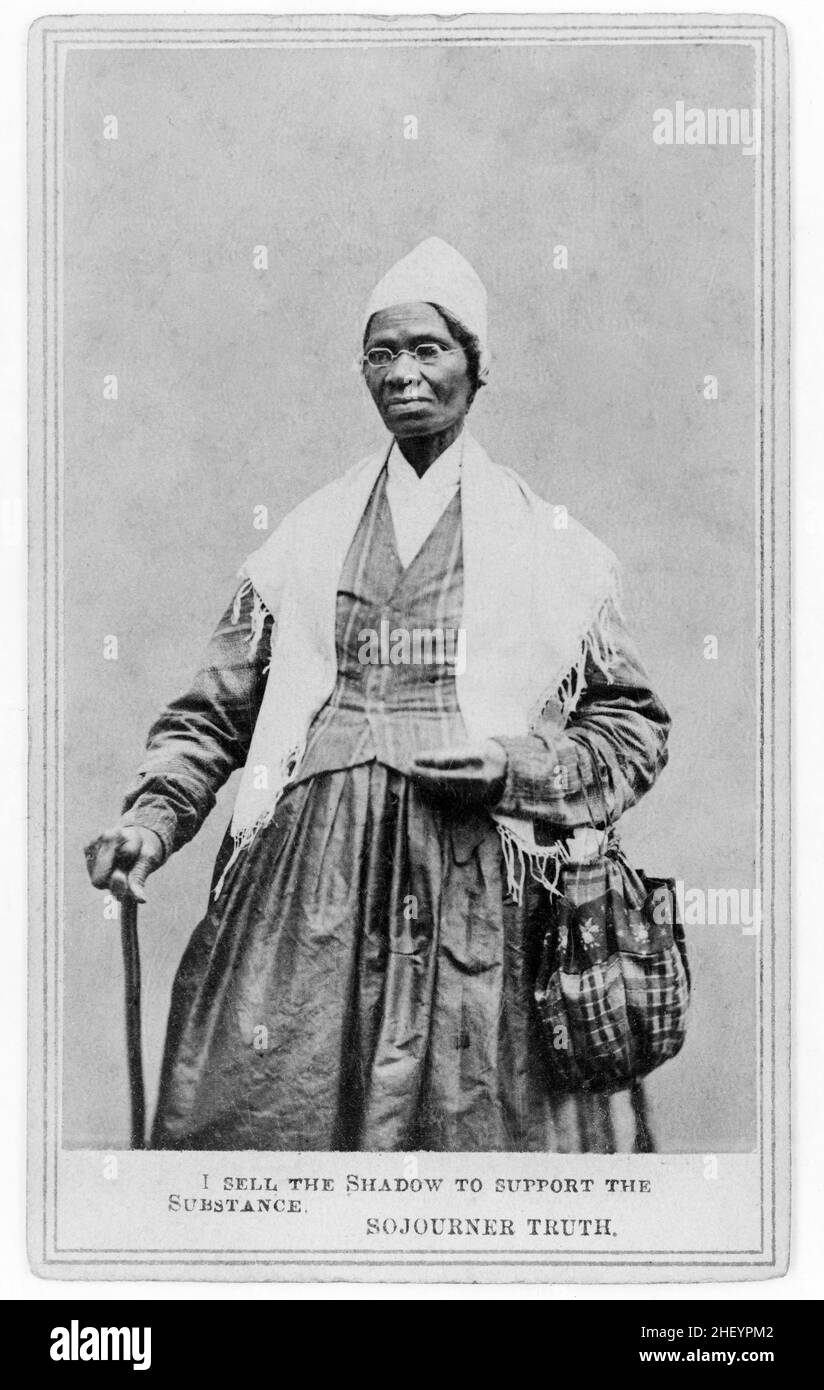 Sojourner Truth (c.1797-1883), American Anti Slavery movement Abolitionist and preacher, portrait photograph on a Carte De Visite, 1864 Stock Photohttps://www.alamy.com/image-license-details/?v=1https://www.alamy.com/sojourner-truth-c1797-1883-american-anti-slavery-movement-abolitionist-and-preacher-portrait-photograph-on-a-carte-de-visite-1864-image456685266.html
Sojourner Truth (c.1797-1883), American Anti Slavery movement Abolitionist and preacher, portrait photograph on a Carte De Visite, 1864 Stock Photohttps://www.alamy.com/image-license-details/?v=1https://www.alamy.com/sojourner-truth-c1797-1883-american-anti-slavery-movement-abolitionist-and-preacher-portrait-photograph-on-a-carte-de-visite-1864-image456685266.htmlRM2HEYPM2–Sojourner Truth (c.1797-1883), American Anti Slavery movement Abolitionist and preacher, portrait photograph on a Carte De Visite, 1864
 HAMPTON, Virginia — Educational exhibit at Fort Monroe Visitor & Education Center, housed in the former artillery training library, tells the story of Angela, one of the first African women brought to Virginia in 1619. The display honors African matriarchs and their role in preserving cultural traditions despite the disruptions of slavery. Stock Photohttps://www.alamy.com/image-license-details/?v=1https://www.alamy.com/hampton-virginia-educational-exhibit-at-fort-monroe-visitor-education-center-housed-in-the-former-artillery-training-library-tells-the-story-of-angela-one-of-the-first-african-women-brought-to-virginia-in-1619-the-display-honors-african-matriarchs-and-their-role-in-preserving-cultural-traditions-despite-the-disruptions-of-slavery-image630317780.html
HAMPTON, Virginia — Educational exhibit at Fort Monroe Visitor & Education Center, housed in the former artillery training library, tells the story of Angela, one of the first African women brought to Virginia in 1619. The display honors African matriarchs and their role in preserving cultural traditions despite the disruptions of slavery. Stock Photohttps://www.alamy.com/image-license-details/?v=1https://www.alamy.com/hampton-virginia-educational-exhibit-at-fort-monroe-visitor-education-center-housed-in-the-former-artillery-training-library-tells-the-story-of-angela-one-of-the-first-african-women-brought-to-virginia-in-1619-the-display-honors-african-matriarchs-and-their-role-in-preserving-cultural-traditions-despite-the-disruptions-of-slavery-image630317780.htmlRM2YHDCN8–HAMPTON, Virginia — Educational exhibit at Fort Monroe Visitor & Education Center, housed in the former artillery training library, tells the story of Angela, one of the first African women brought to Virginia in 1619. The display honors African matriarchs and their role in preserving cultural traditions despite the disruptions of slavery.
RF2BK8A6F–Top of the African Meeting House in Boston and part of the Museum of African American History located in Beacon Hill Boston Massachusetts
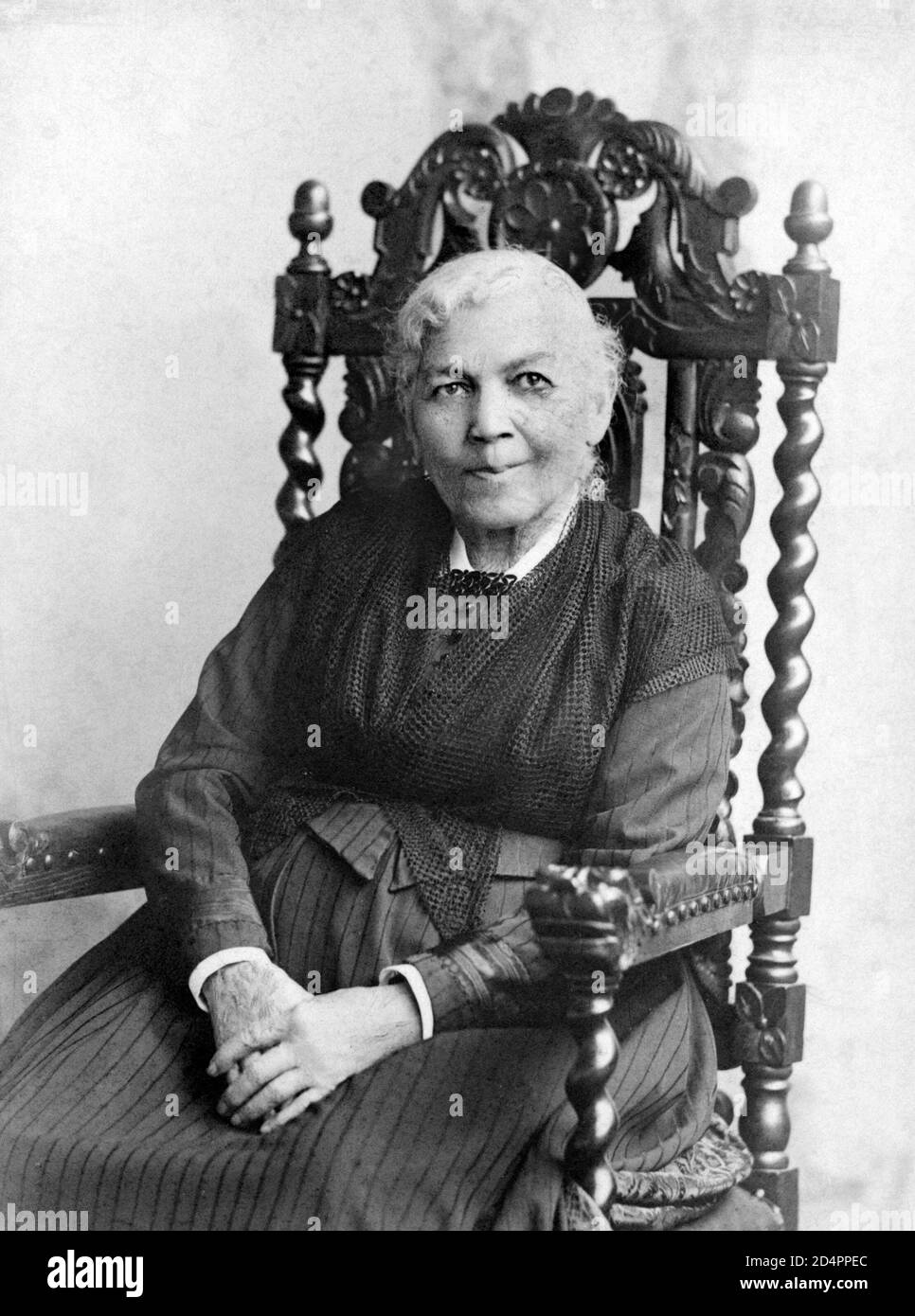 Harriet Jacobs(1813/1815-1897), portrait of the African American writer who was born into slavery, 1894, Gilbert Studios Stock Photohttps://www.alamy.com/image-license-details/?v=1https://www.alamy.com/harriet-jacobs18131815-1897-portrait-of-the-african-american-writer-who-was-born-into-slavery-1894-gilbert-studios-image381587316.html
Harriet Jacobs(1813/1815-1897), portrait of the African American writer who was born into slavery, 1894, Gilbert Studios Stock Photohttps://www.alamy.com/image-license-details/?v=1https://www.alamy.com/harriet-jacobs18131815-1897-portrait-of-the-african-american-writer-who-was-born-into-slavery-1894-gilbert-studios-image381587316.htmlRM2D4PPEC–Harriet Jacobs(1813/1815-1897), portrait of the African American writer who was born into slavery, 1894, Gilbert Studios
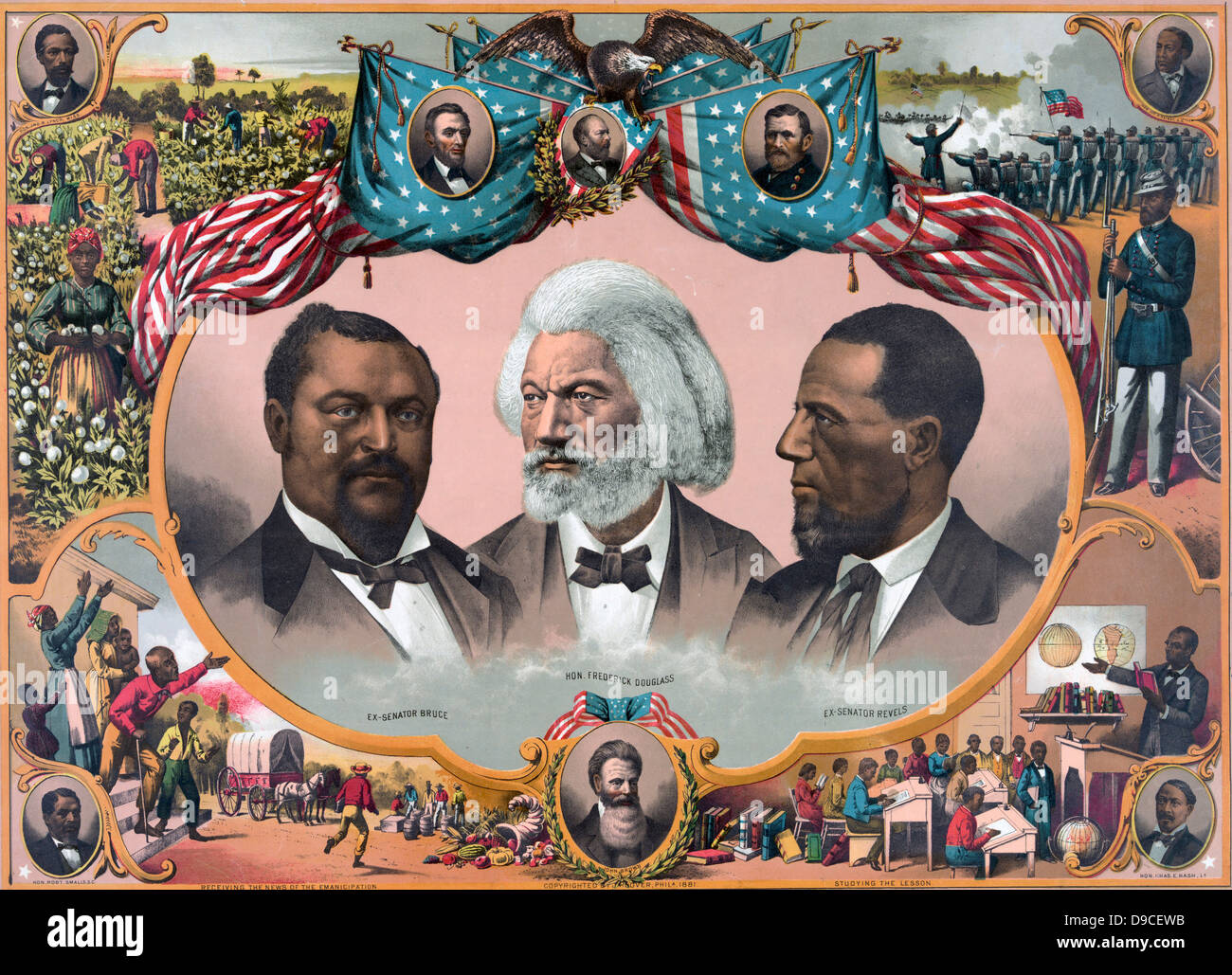 Heroes of the coloured race' Head-and-shoulders portraits of Blanche Kelso Bruce, Frederick Douglass, and Hiram Rhoades Revels, surrounded by scenes of African American life and portraits of J. R. Lynch, Abraham Lincoln, James A. Garfield, Ulysses S. Grant, Joseph H. Rainey, Charles E. Nash, John Brown, and Robert Smalls. chromolithograph. 1881 Stock Photohttps://www.alamy.com/image-license-details/?v=1https://www.alamy.com/stock-photo-heroes-of-the-coloured-race-head-and-shoulders-portraits-of-blanche-57438119.html
Heroes of the coloured race' Head-and-shoulders portraits of Blanche Kelso Bruce, Frederick Douglass, and Hiram Rhoades Revels, surrounded by scenes of African American life and portraits of J. R. Lynch, Abraham Lincoln, James A. Garfield, Ulysses S. Grant, Joseph H. Rainey, Charles E. Nash, John Brown, and Robert Smalls. chromolithograph. 1881 Stock Photohttps://www.alamy.com/image-license-details/?v=1https://www.alamy.com/stock-photo-heroes-of-the-coloured-race-head-and-shoulders-portraits-of-blanche-57438119.htmlRMD9CEWB–Heroes of the coloured race' Head-and-shoulders portraits of Blanche Kelso Bruce, Frederick Douglass, and Hiram Rhoades Revels, surrounded by scenes of African American life and portraits of J. R. Lynch, Abraham Lincoln, James A. Garfield, Ulysses S. Grant, Joseph H. Rainey, Charles E. Nash, John Brown, and Robert Smalls. chromolithograph. 1881
 slavery, labour, slaves at the cotton yield in the Southern States of the USA, wood engraving, circa 1850, Additional-Rights-Clearences-Not Available Stock Photohttps://www.alamy.com/image-license-details/?v=1https://www.alamy.com/stock-photo-slavery-labour-slaves-at-the-cotton-yield-in-the-southern-states-of-58308287.html
slavery, labour, slaves at the cotton yield in the Southern States of the USA, wood engraving, circa 1850, Additional-Rights-Clearences-Not Available Stock Photohttps://www.alamy.com/image-license-details/?v=1https://www.alamy.com/stock-photo-slavery-labour-slaves-at-the-cotton-yield-in-the-southern-states-of-58308287.htmlRMDAT4PR–slavery, labour, slaves at the cotton yield in the Southern States of the USA, wood engraving, circa 1850, Additional-Rights-Clearences-Not Available
 Broomstick wedding ceremony of African American slaves in Virginia from an eyewitness before the Civil War. Hand-colored woodcut Stock Photohttps://www.alamy.com/image-license-details/?v=1https://www.alamy.com/broomstick-wedding-ceremony-of-african-american-slaves-in-virginia-image7737040.html
Broomstick wedding ceremony of African American slaves in Virginia from an eyewitness before the Civil War. Hand-colored woodcut Stock Photohttps://www.alamy.com/image-license-details/?v=1https://www.alamy.com/broomstick-wedding-ceremony-of-african-american-slaves-in-virginia-image7737040.htmlRMAE1RW1–Broomstick wedding ceremony of African American slaves in Virginia from an eyewitness before the Civil War. Hand-colored woodcut
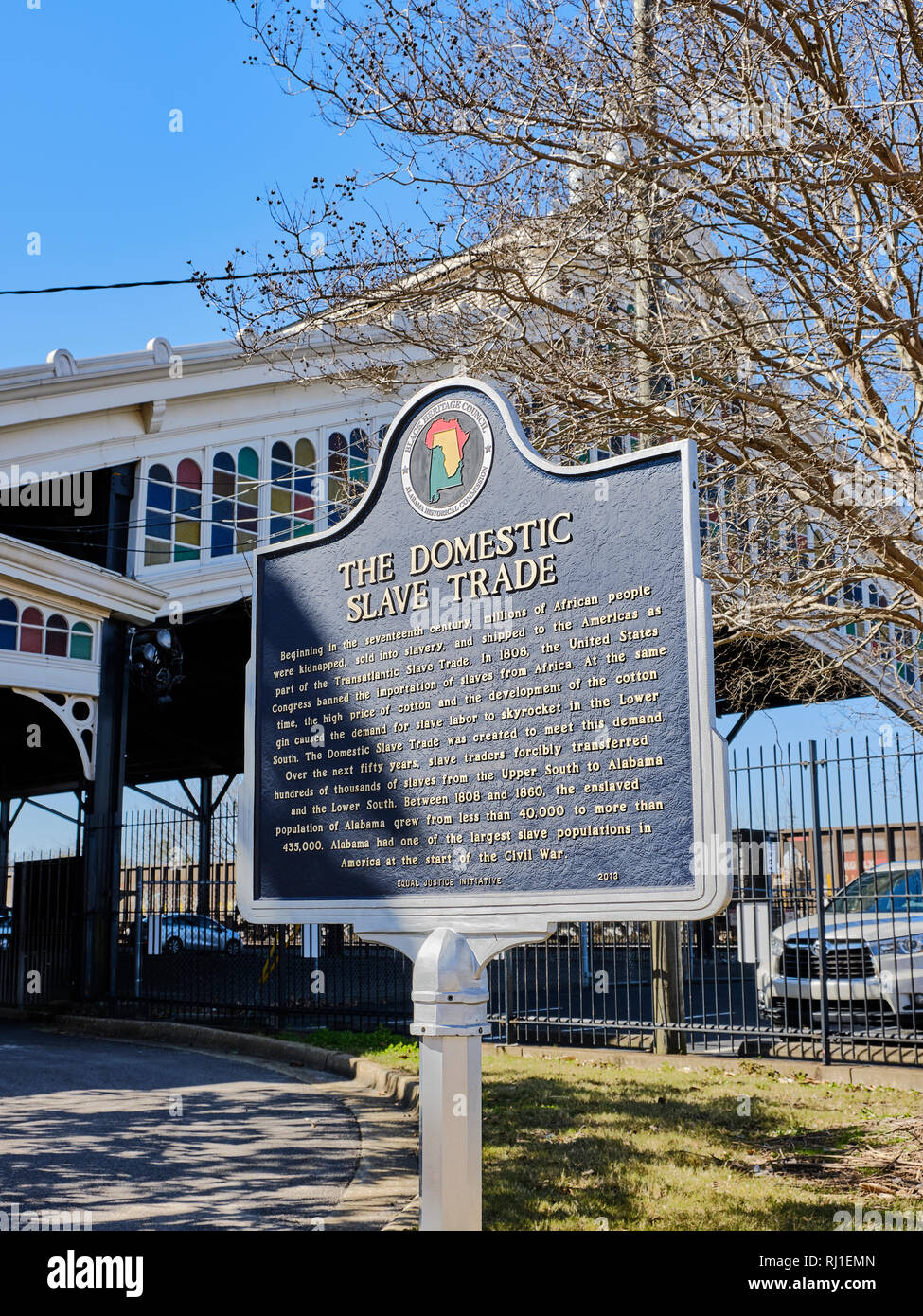 Slave trade historical marker describing the treatment of slaves in the 1800's during the height of the slave trade in Montgomery, Alabama USA. Stock Photohttps://www.alamy.com/image-license-details/?v=1https://www.alamy.com/slave-trade-historical-marker-describing-the-treatment-of-slaves-in-the-1800s-during-the-height-of-the-slave-trade-in-montgomery-alabama-usa-image234832101.html
Slave trade historical marker describing the treatment of slaves in the 1800's during the height of the slave trade in Montgomery, Alabama USA. Stock Photohttps://www.alamy.com/image-license-details/?v=1https://www.alamy.com/slave-trade-historical-marker-describing-the-treatment-of-slaves-in-the-1800s-during-the-height-of-the-slave-trade-in-montgomery-alabama-usa-image234832101.htmlRMRJ1EMN–Slave trade historical marker describing the treatment of slaves in the 1800's during the height of the slave trade in Montgomery, Alabama USA.